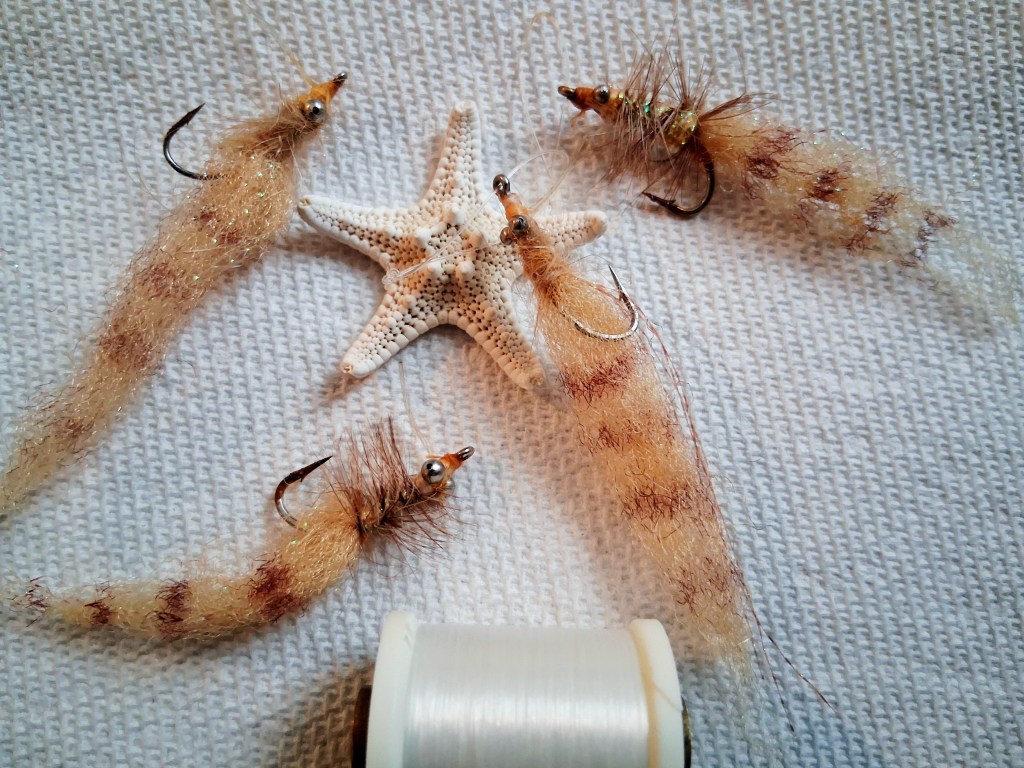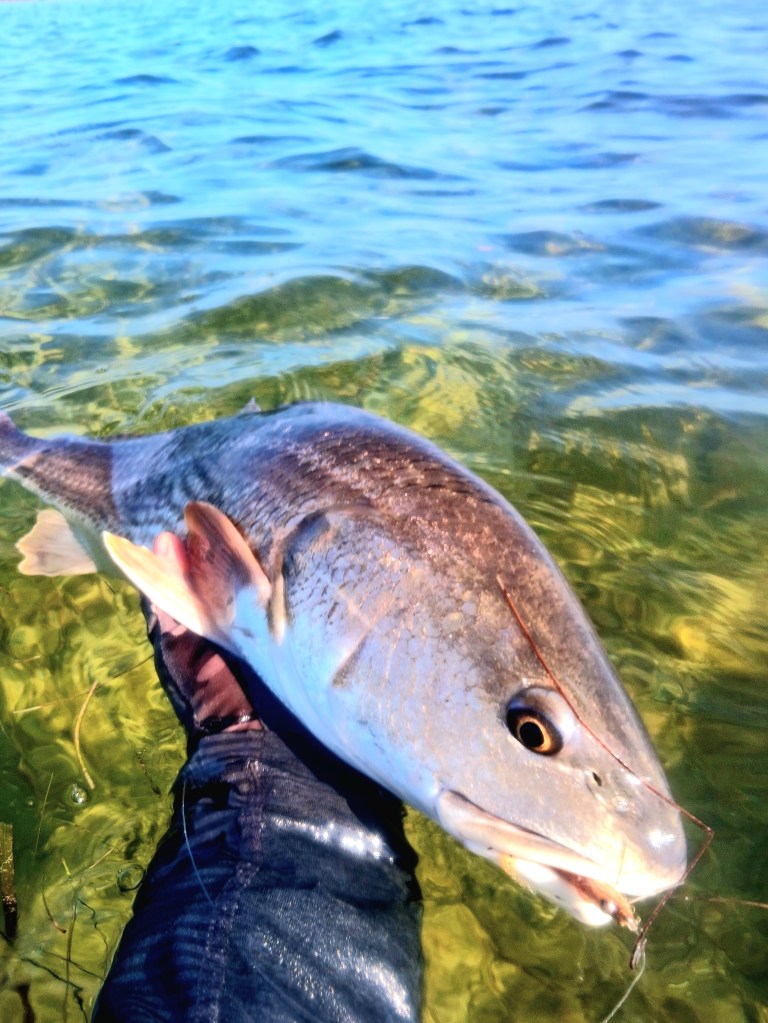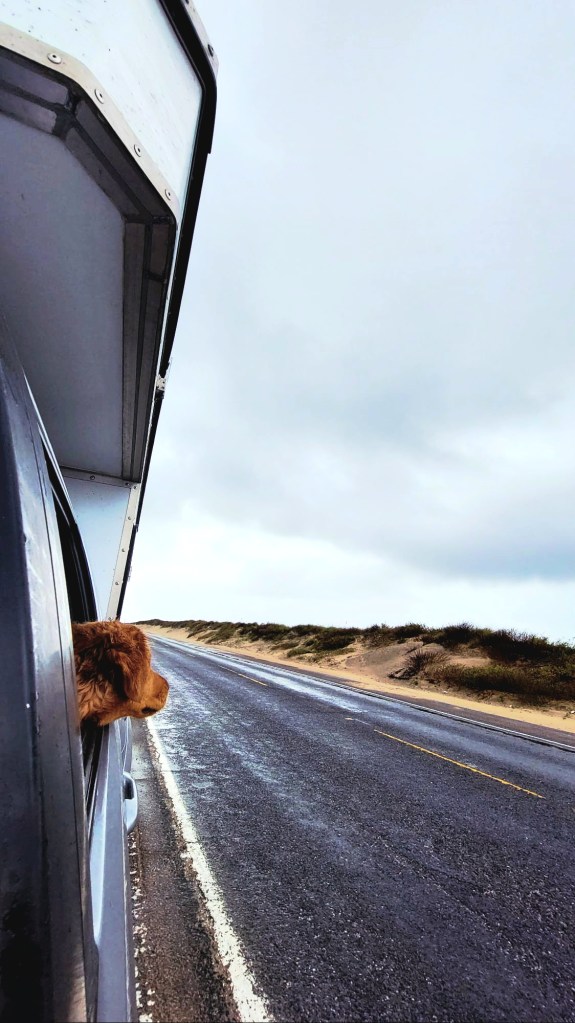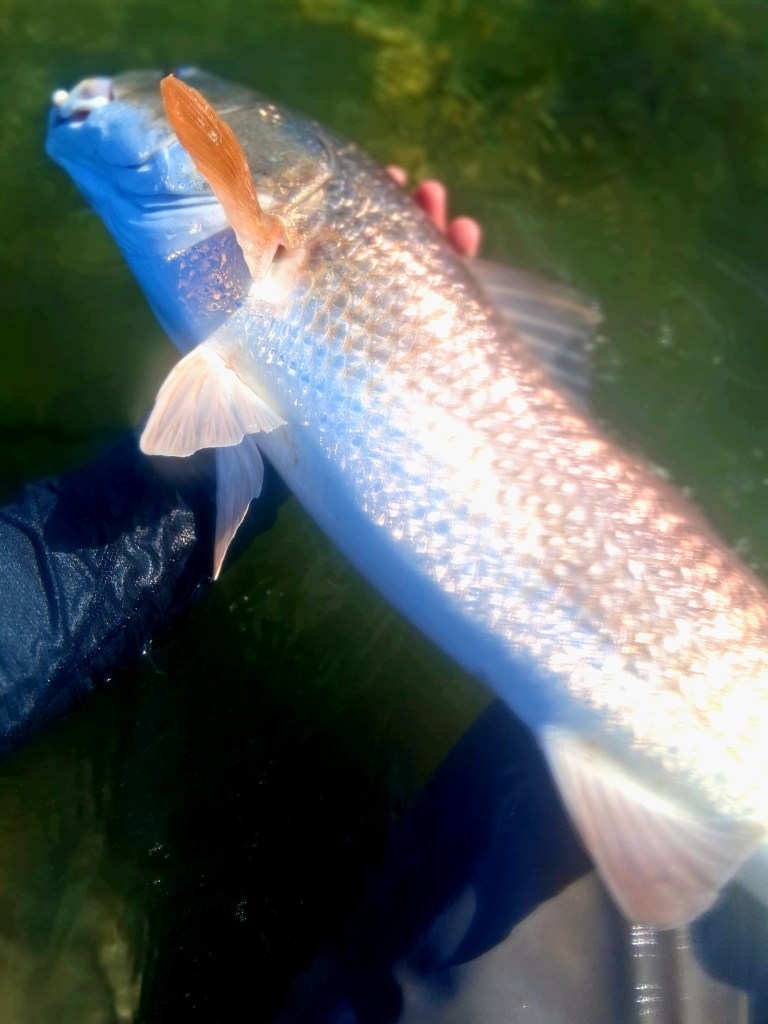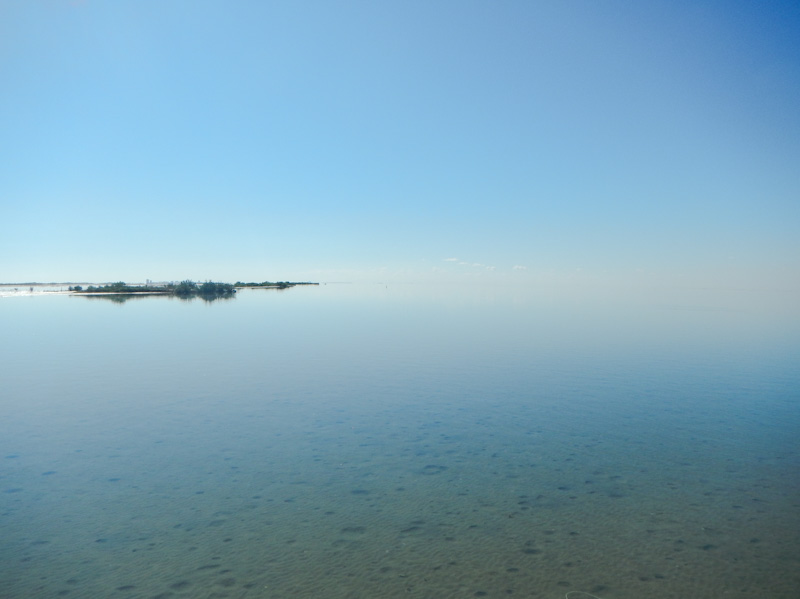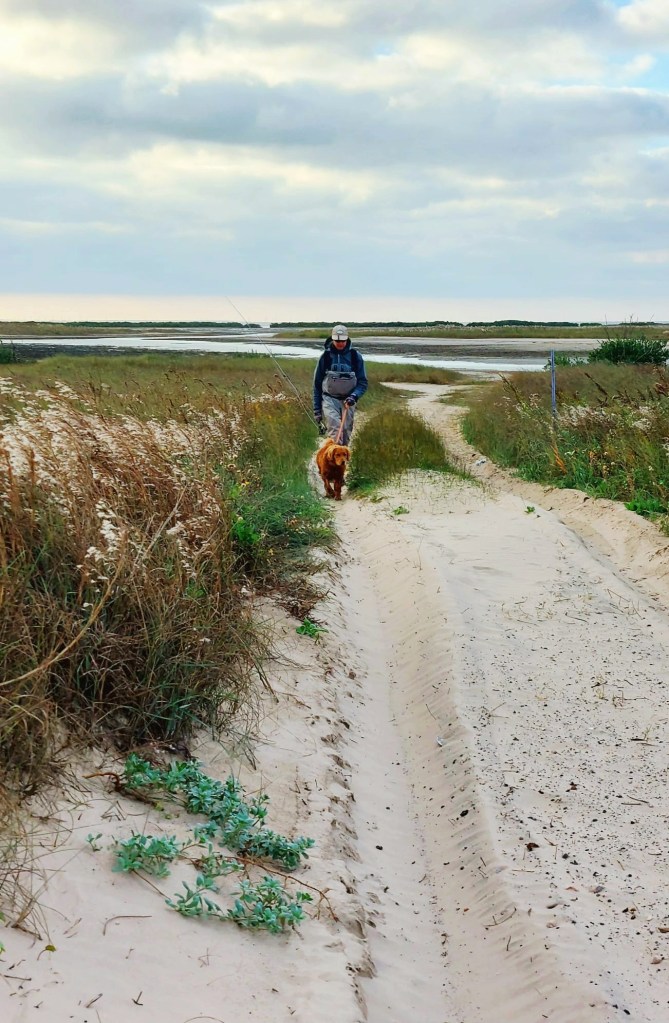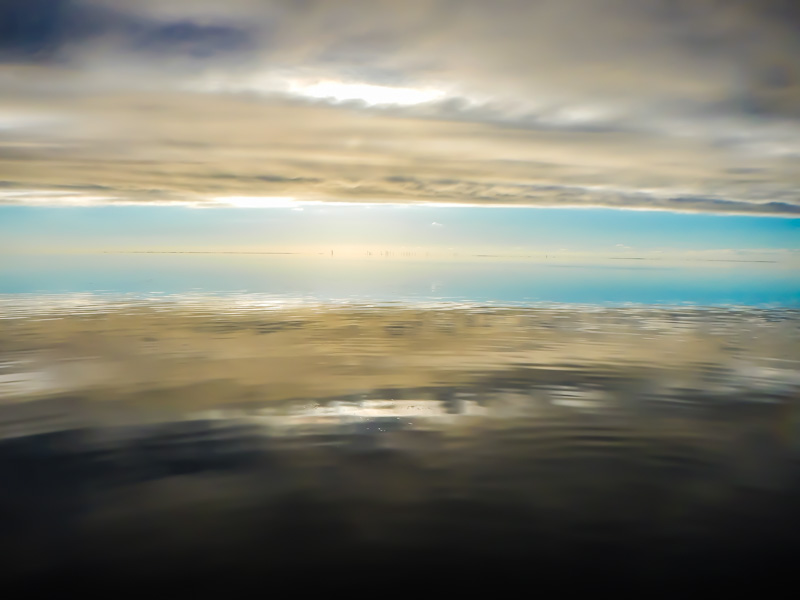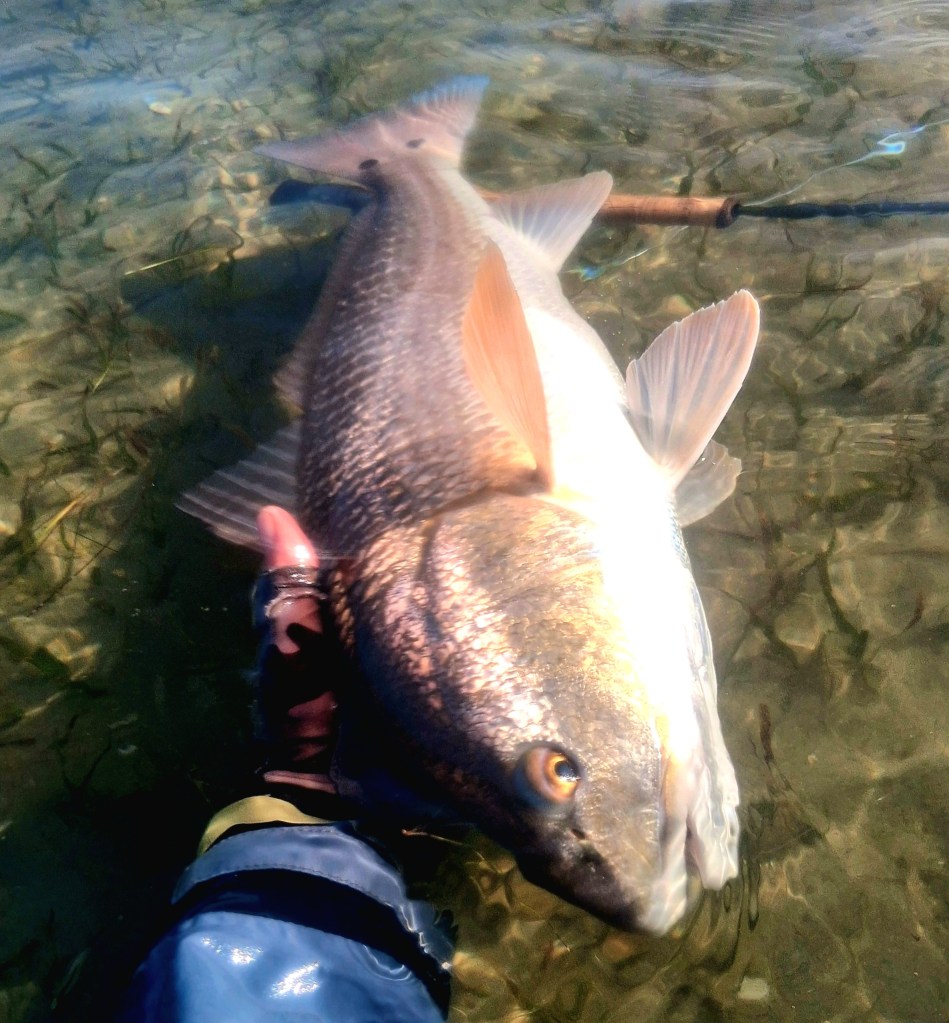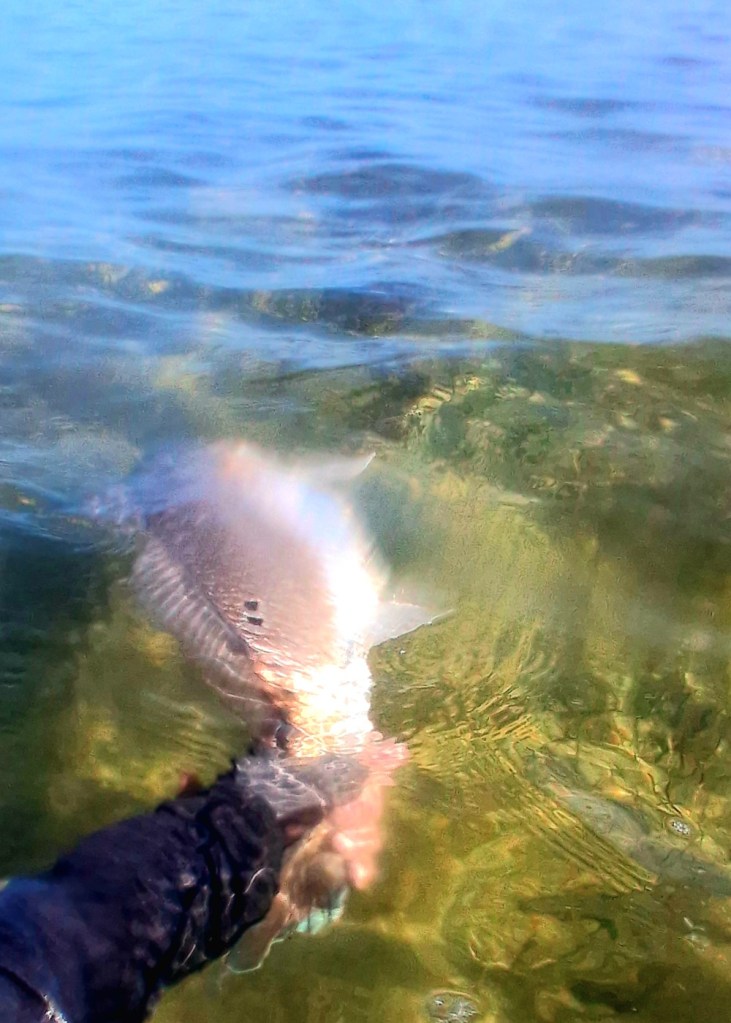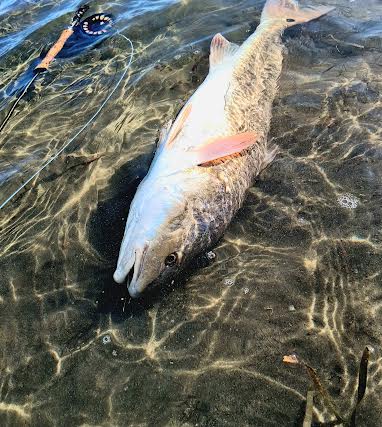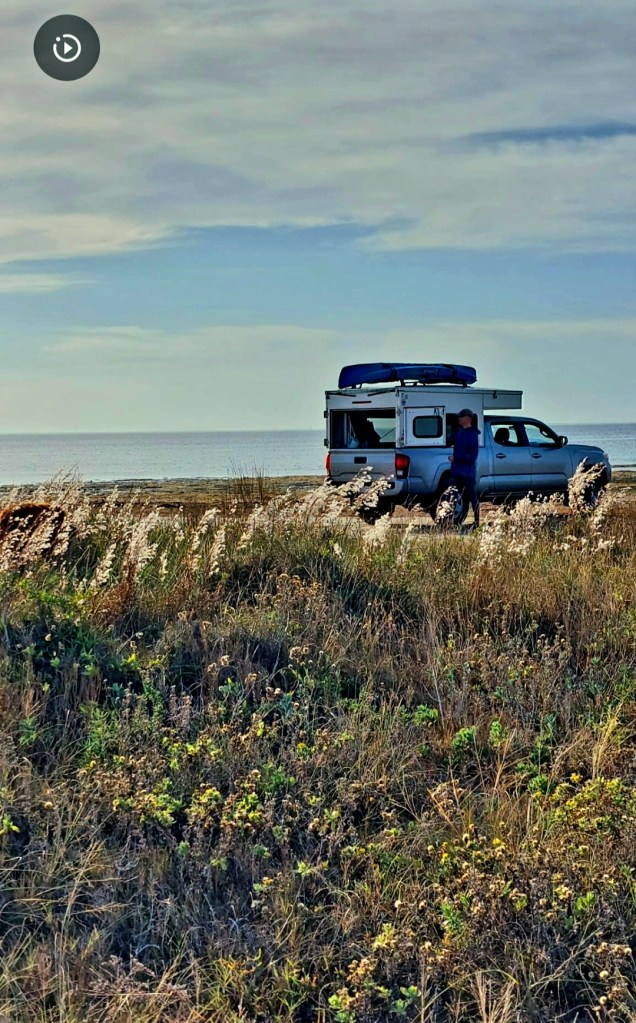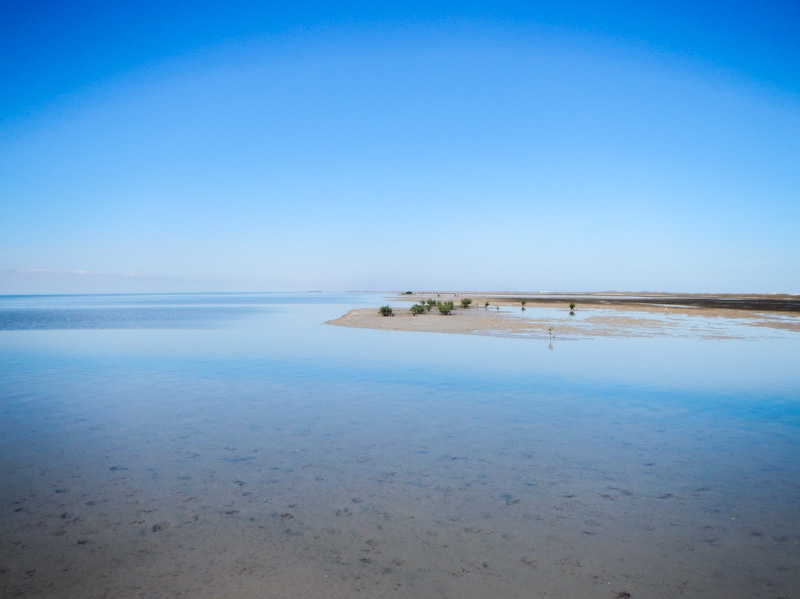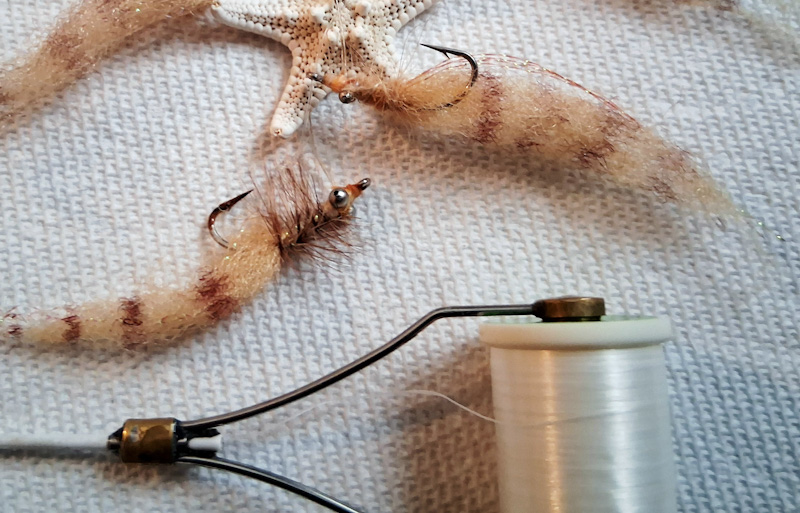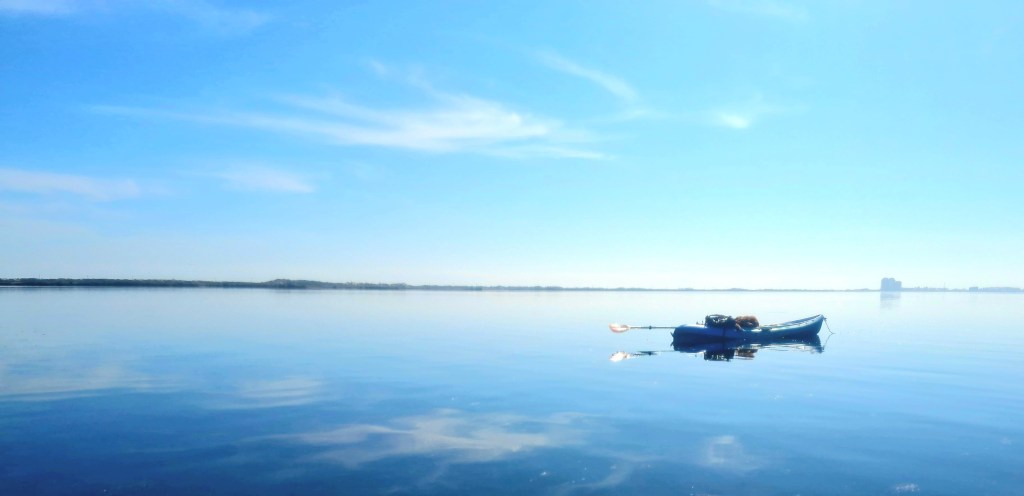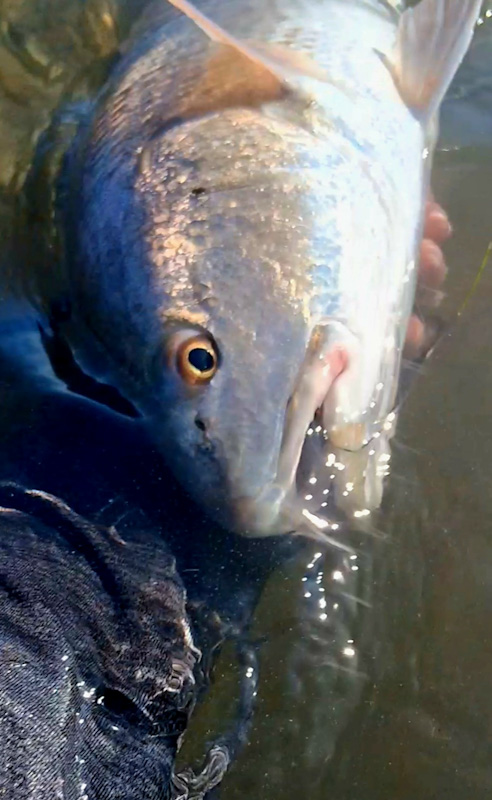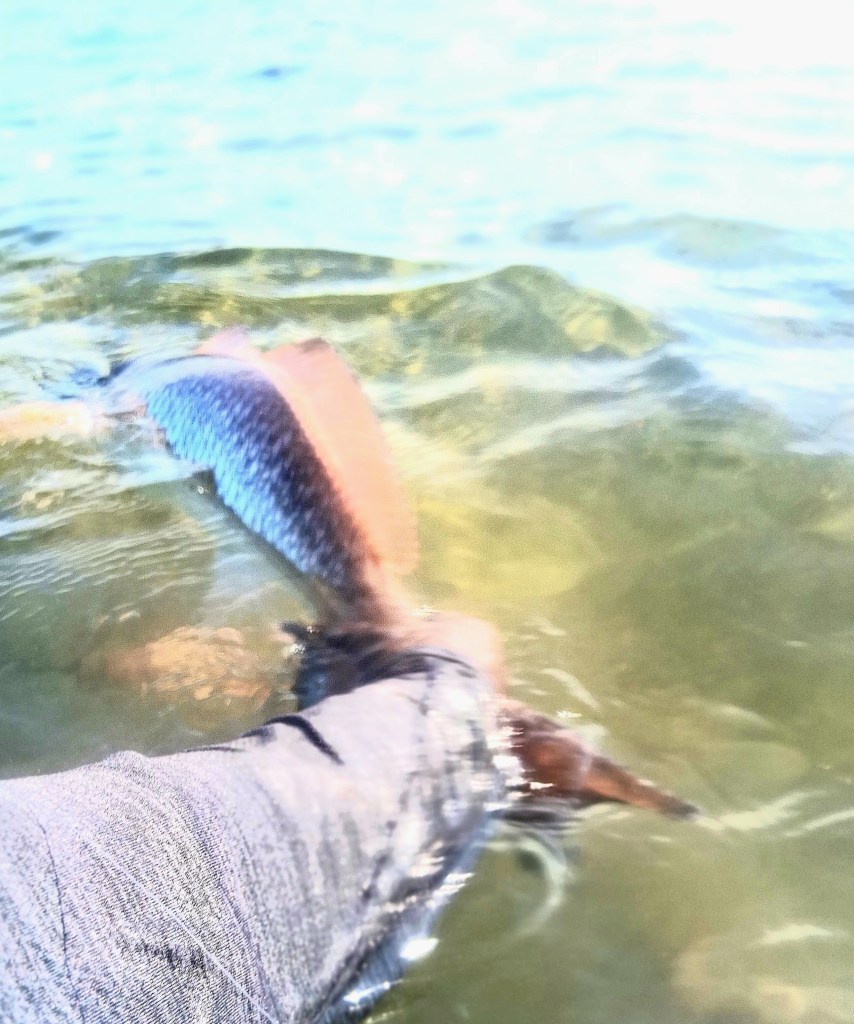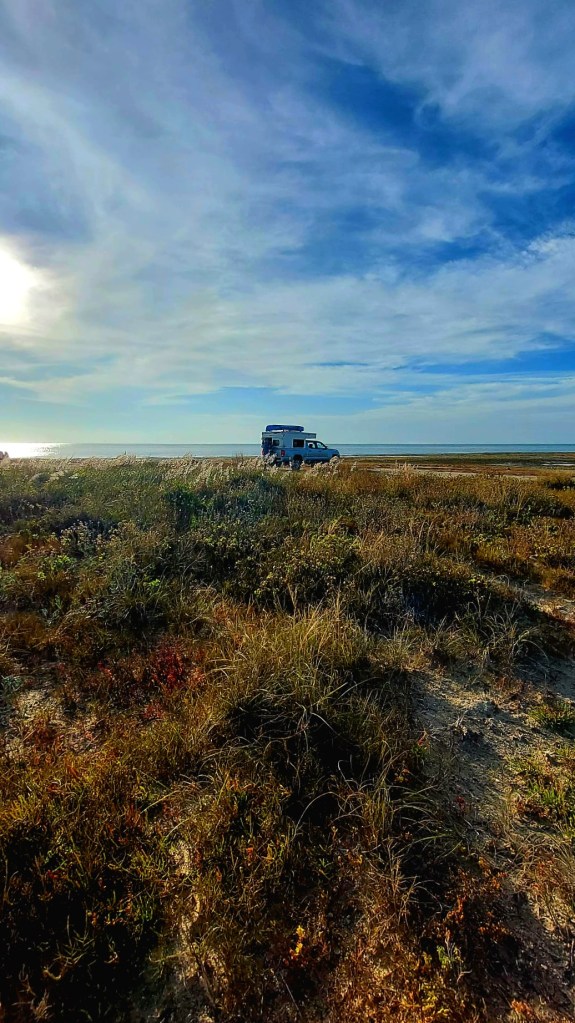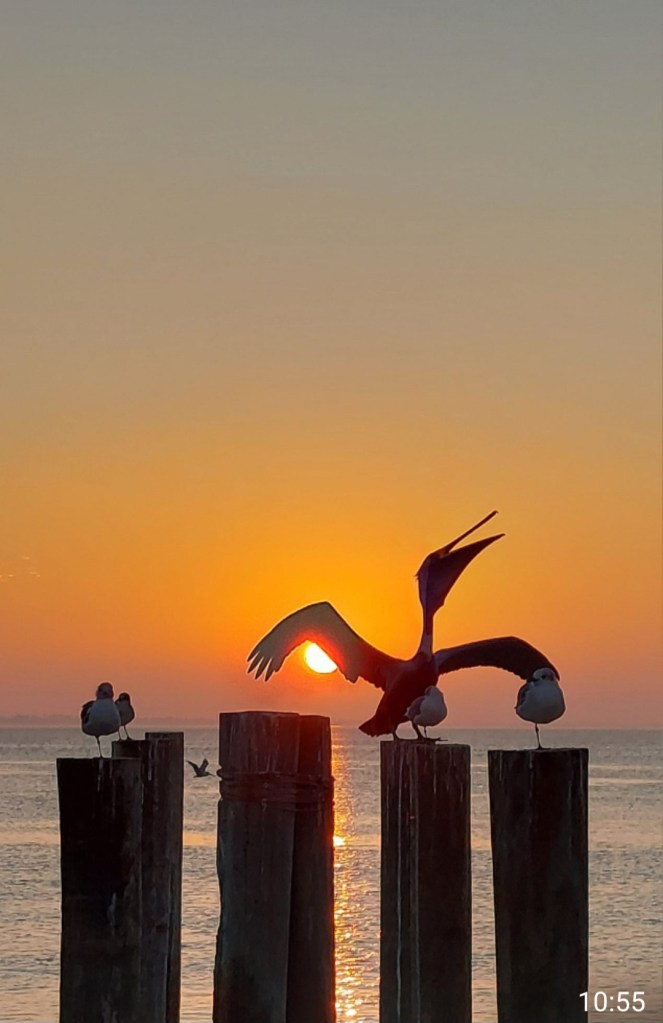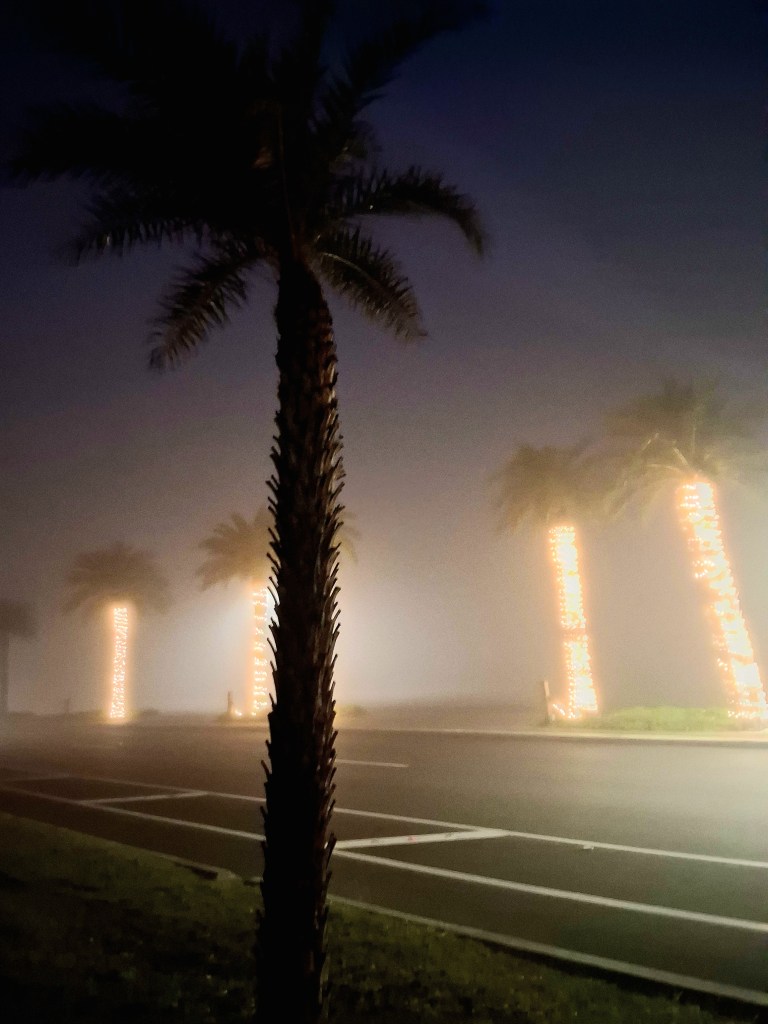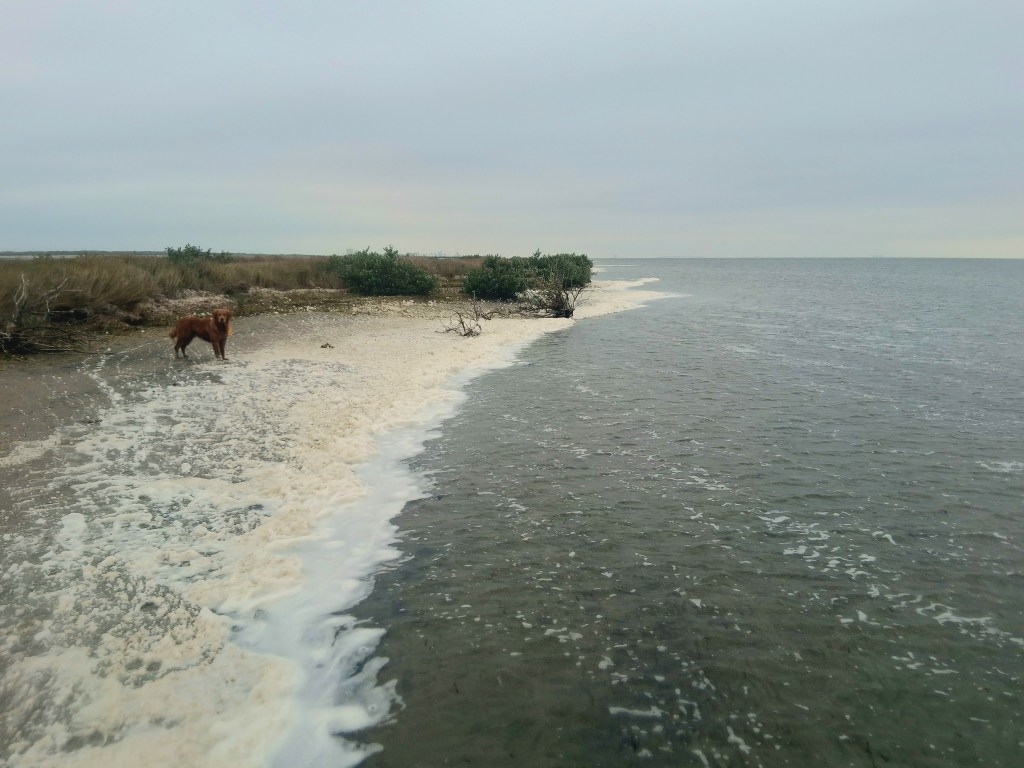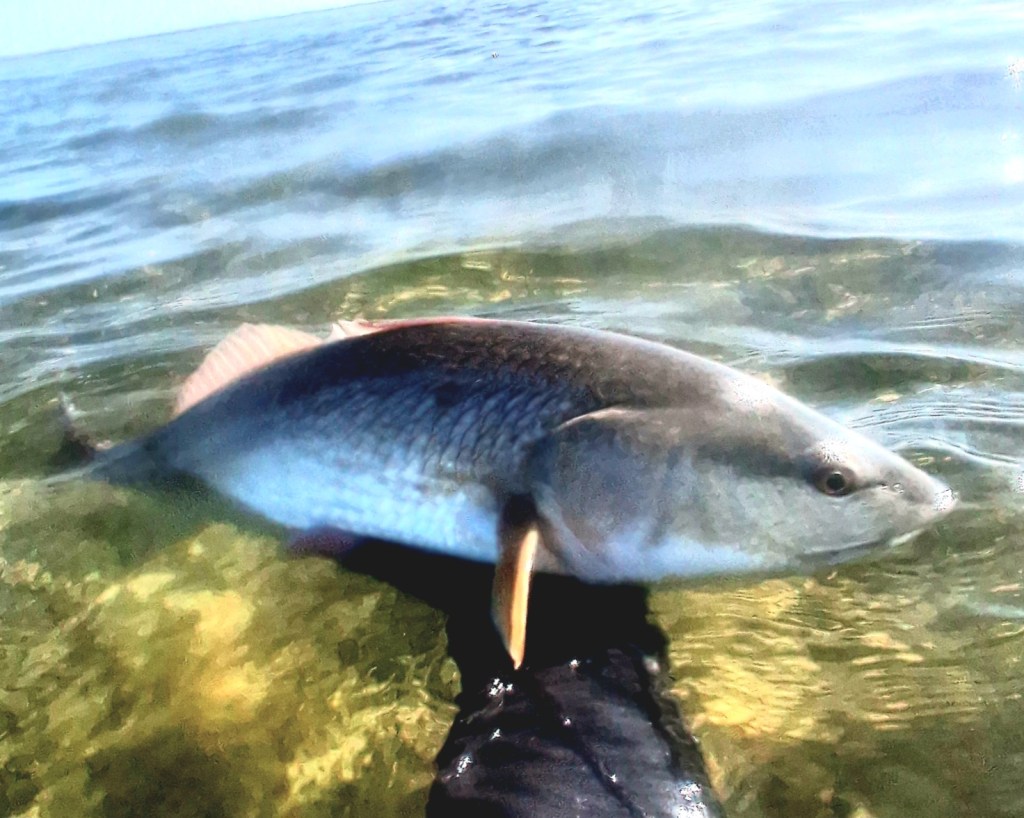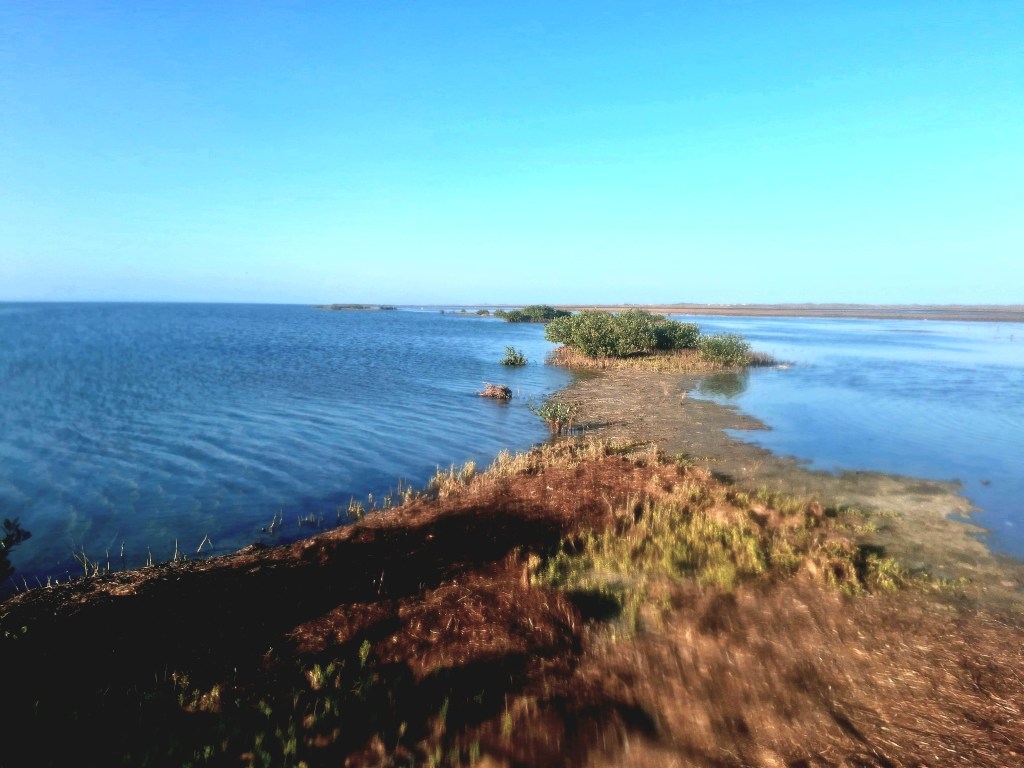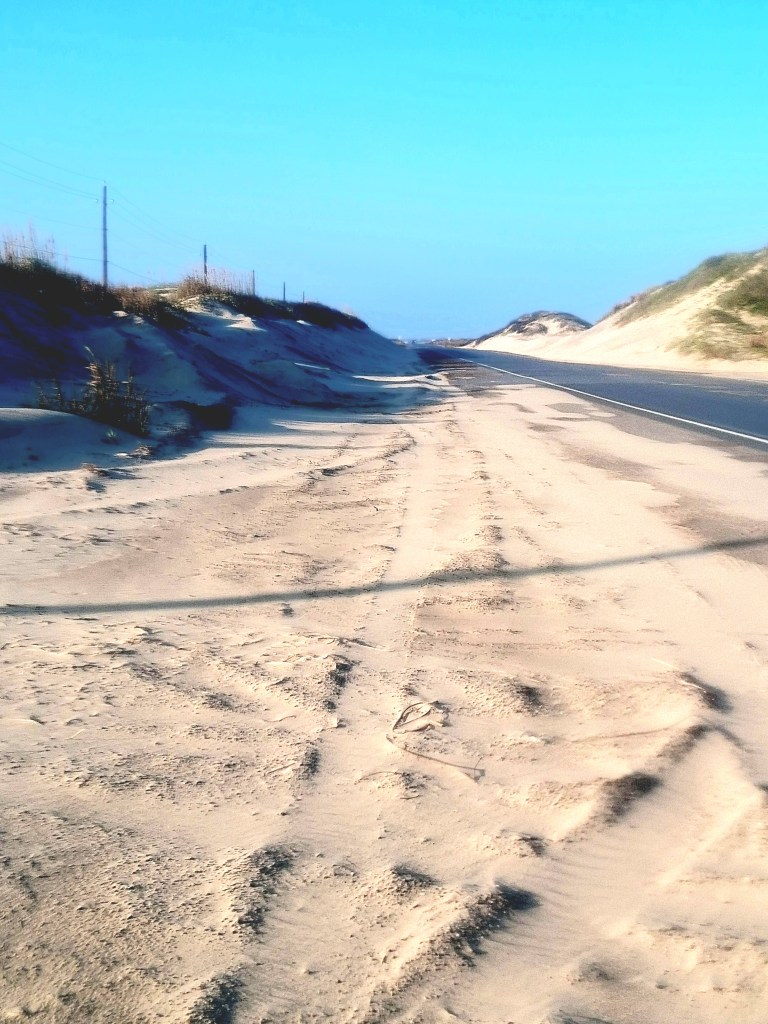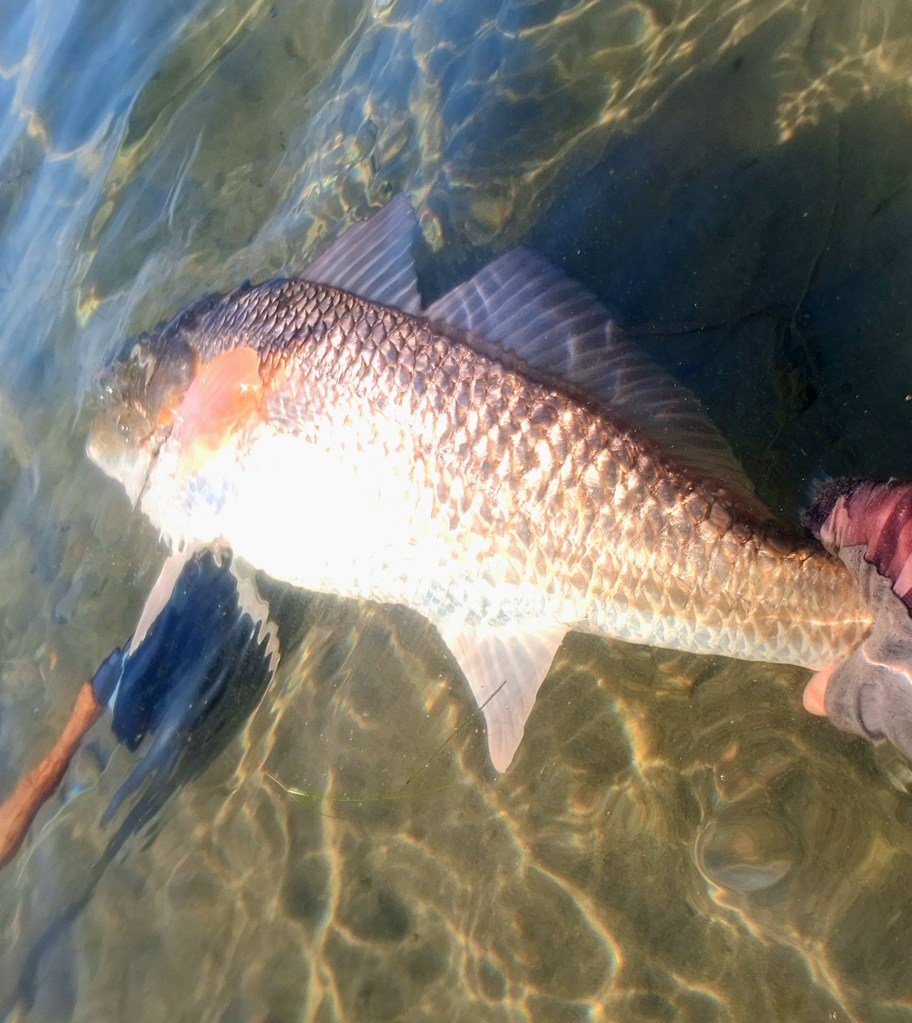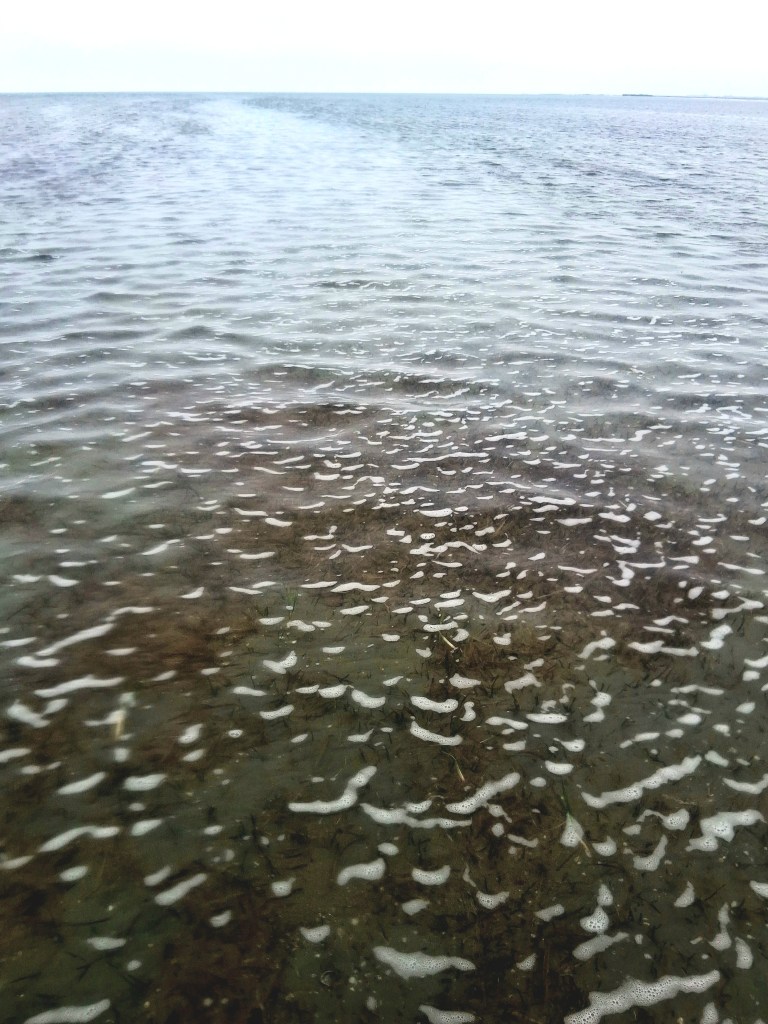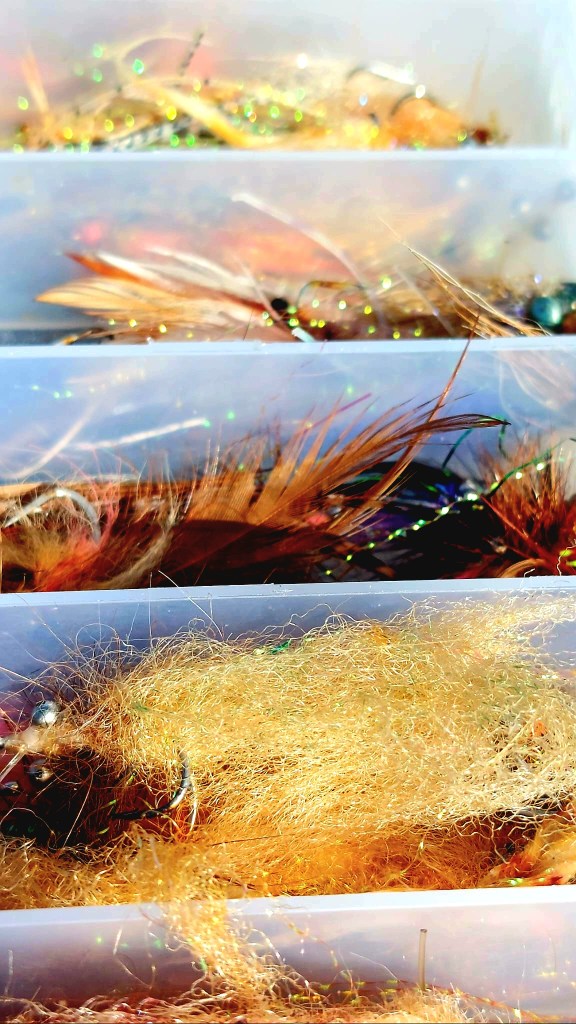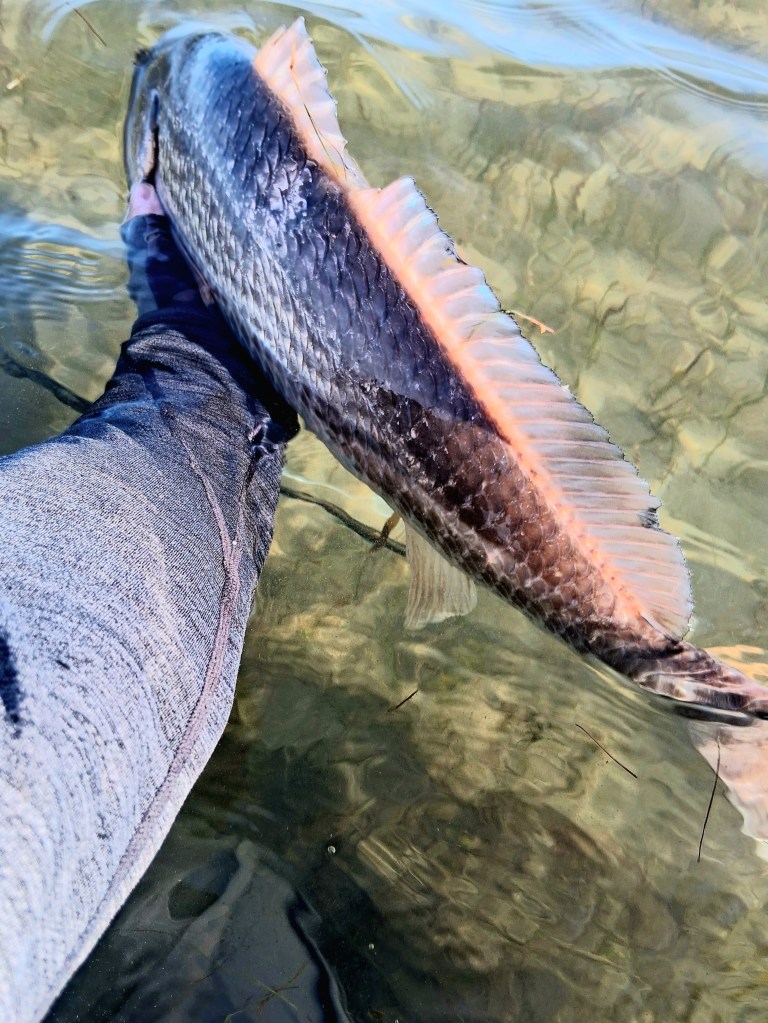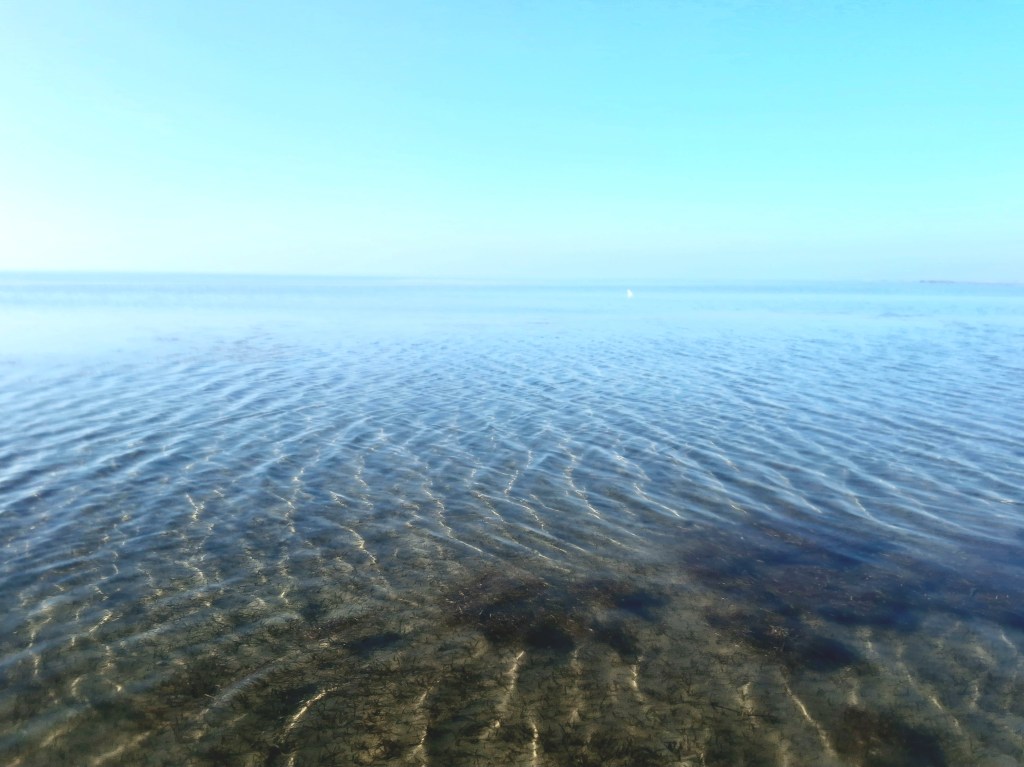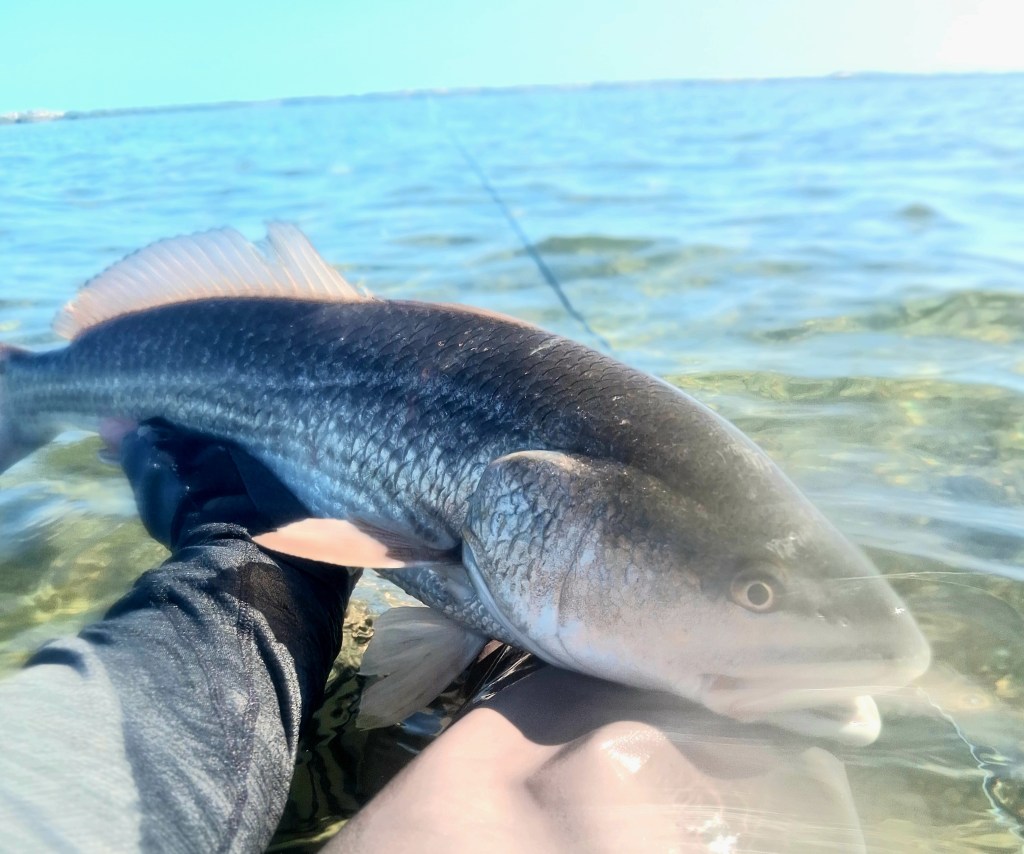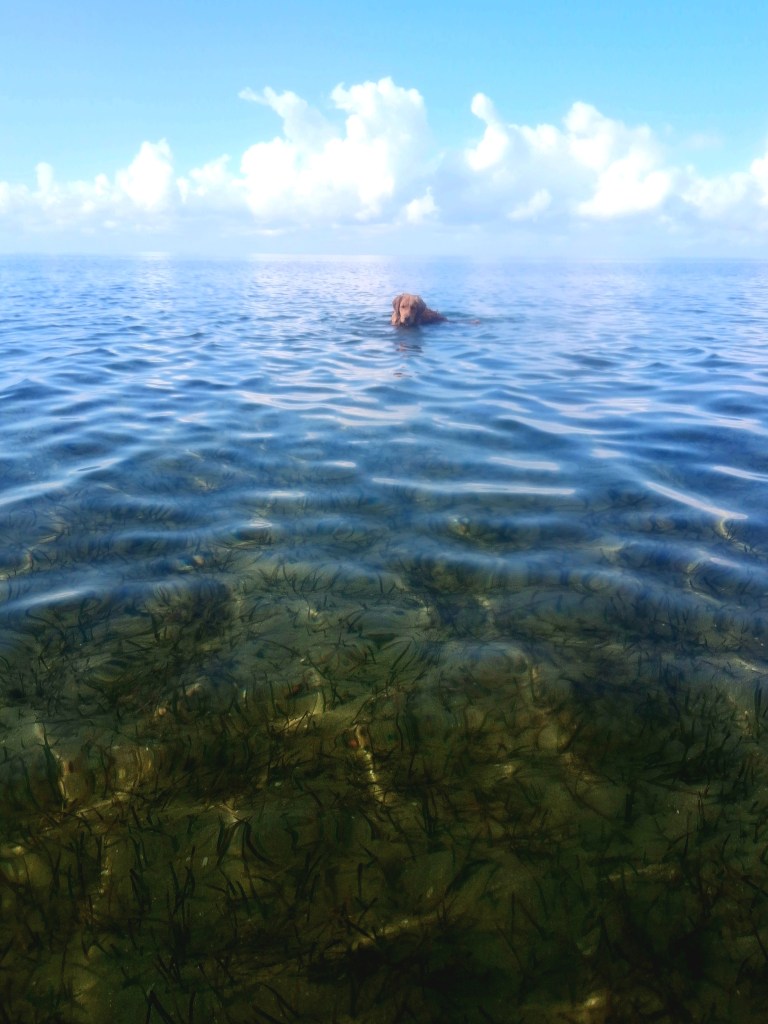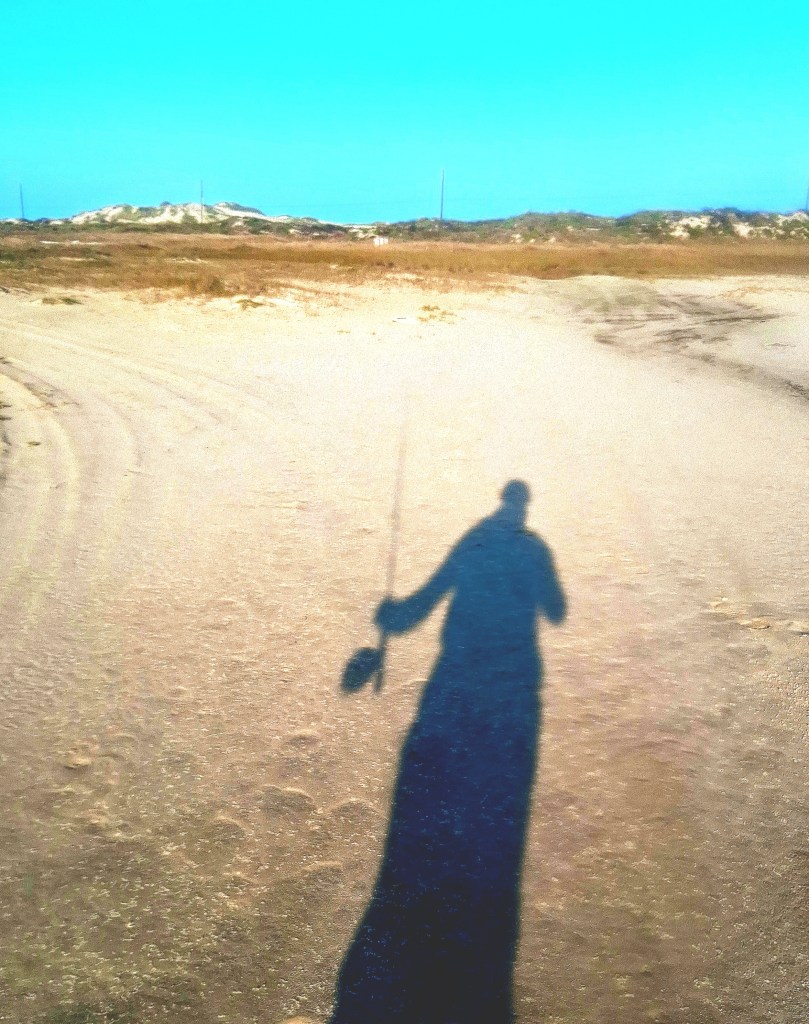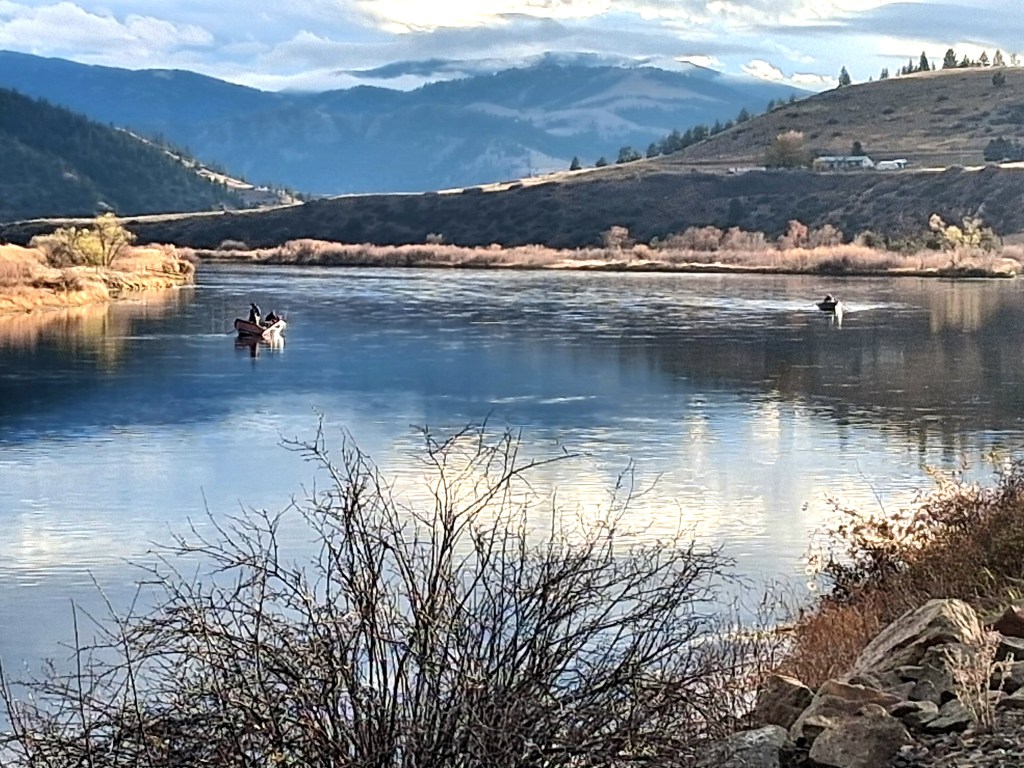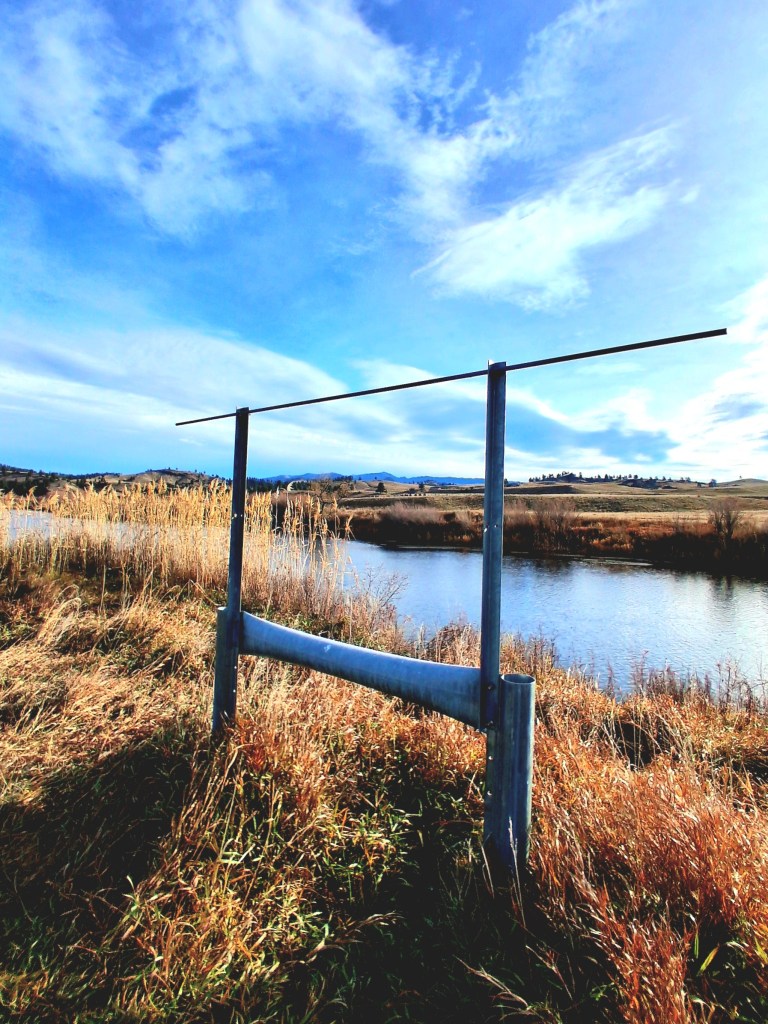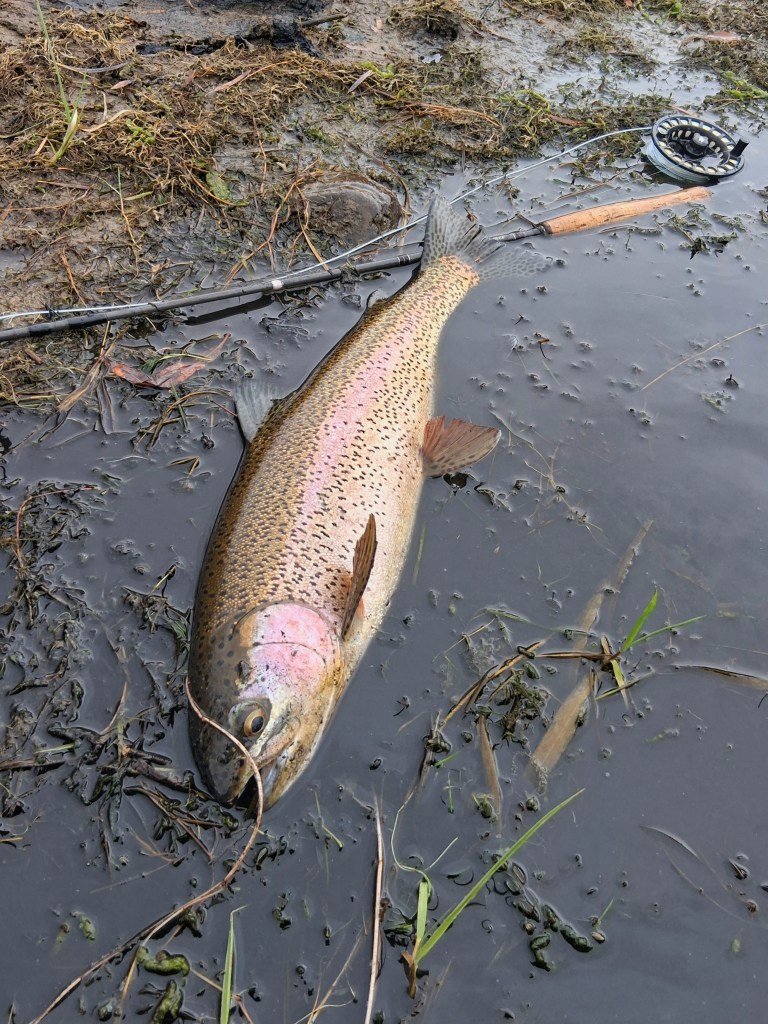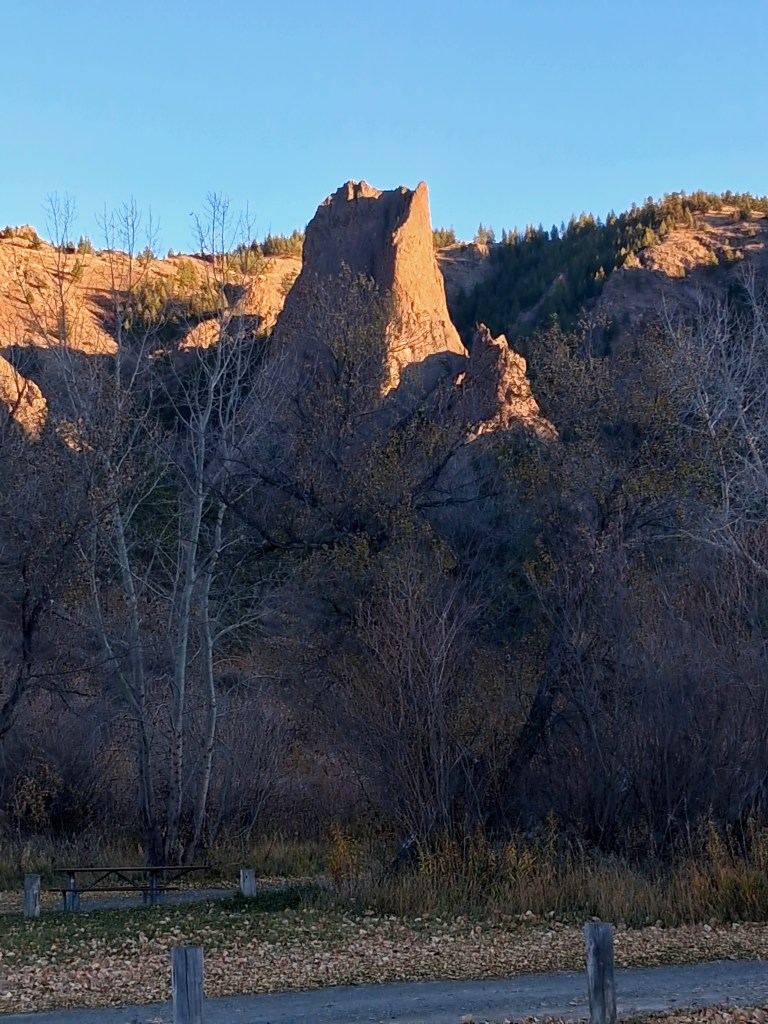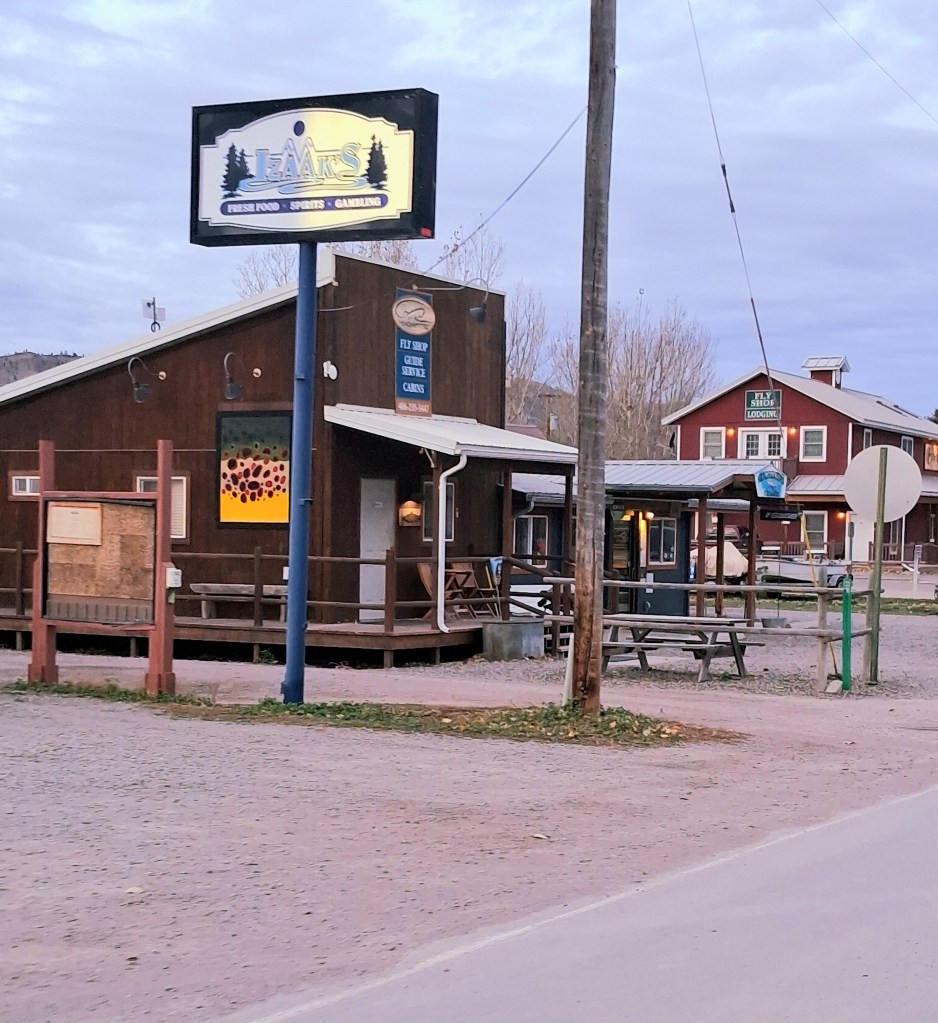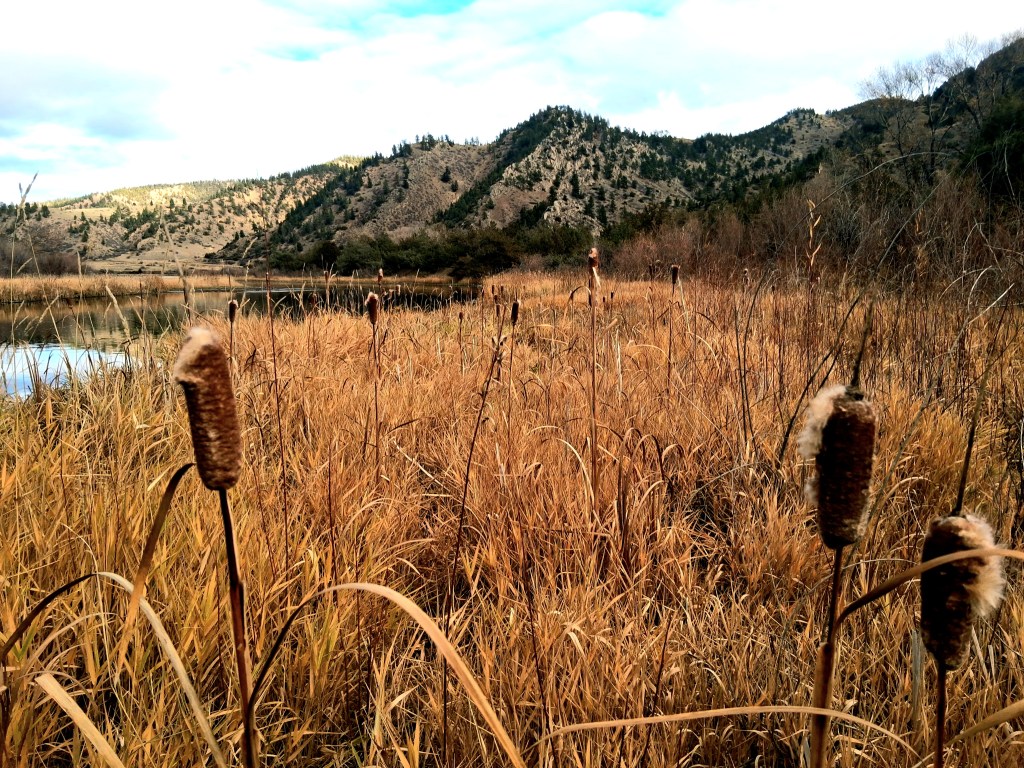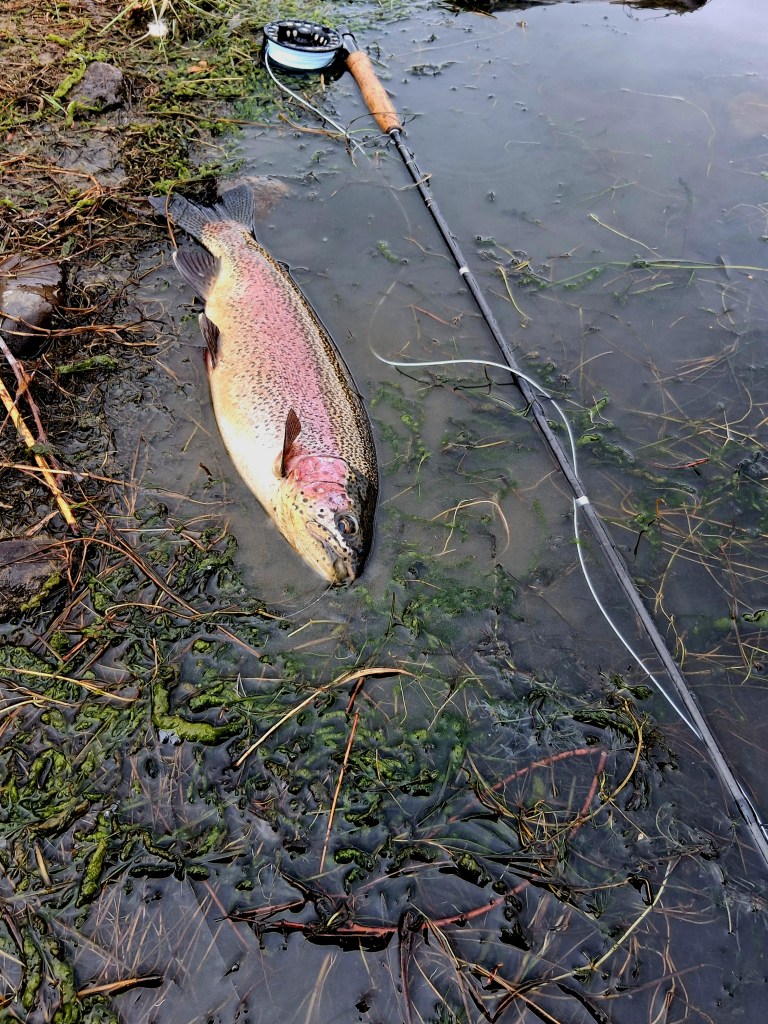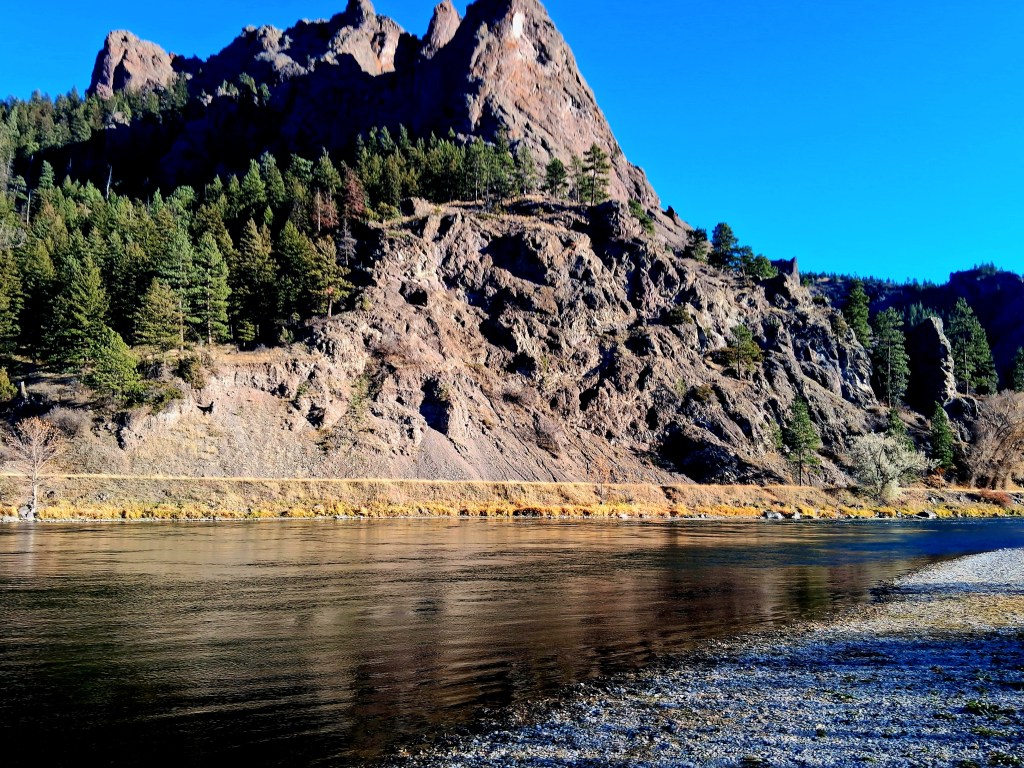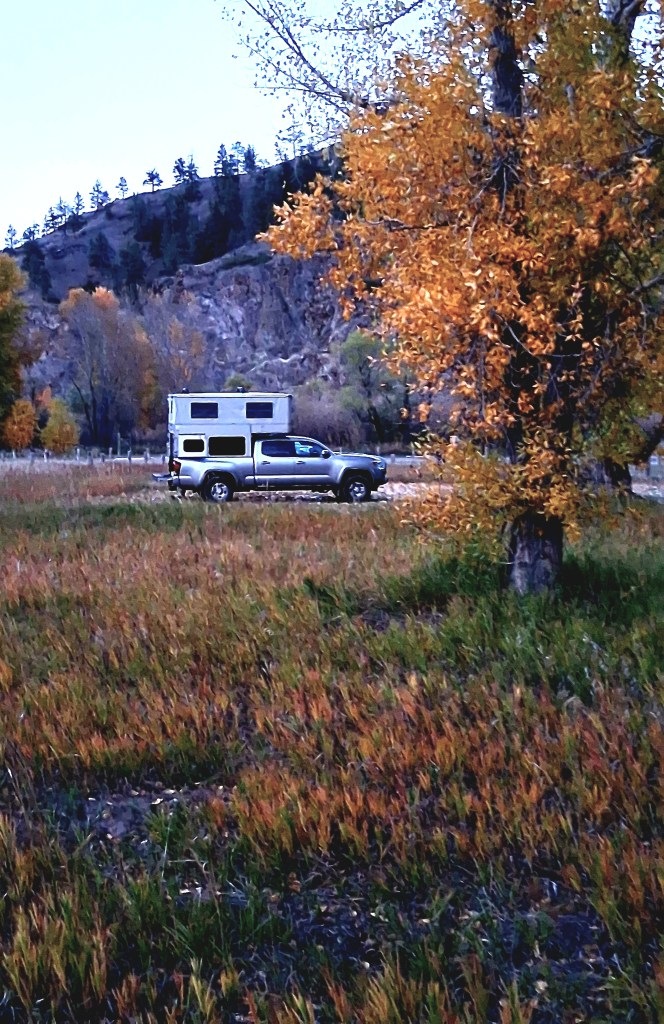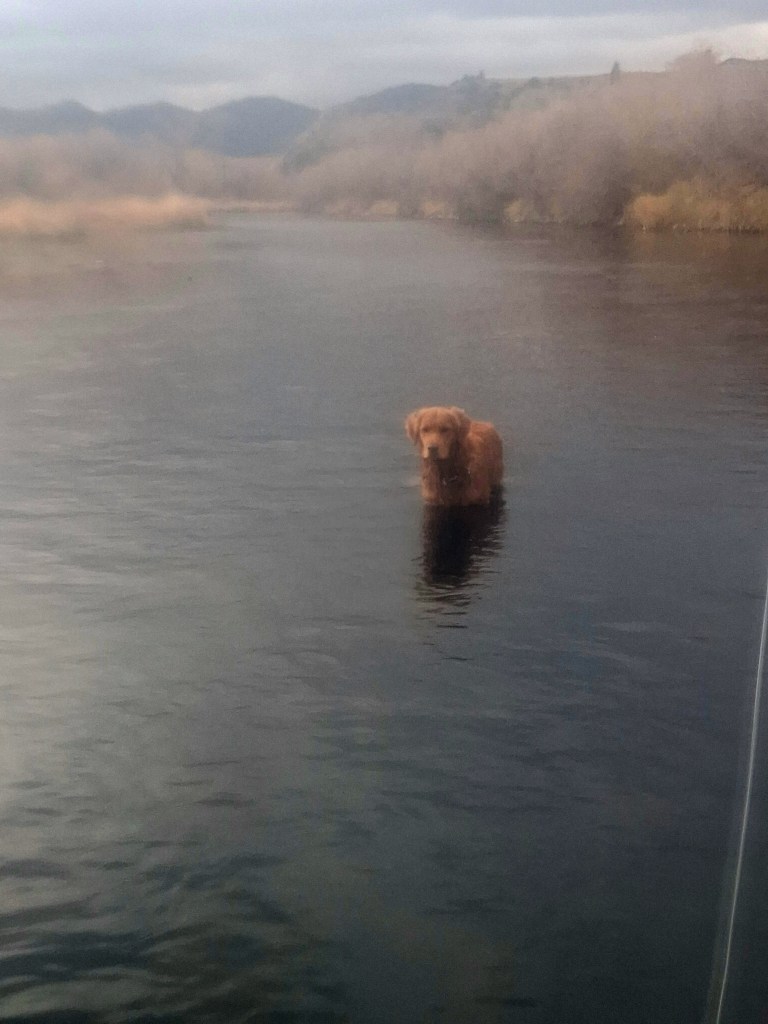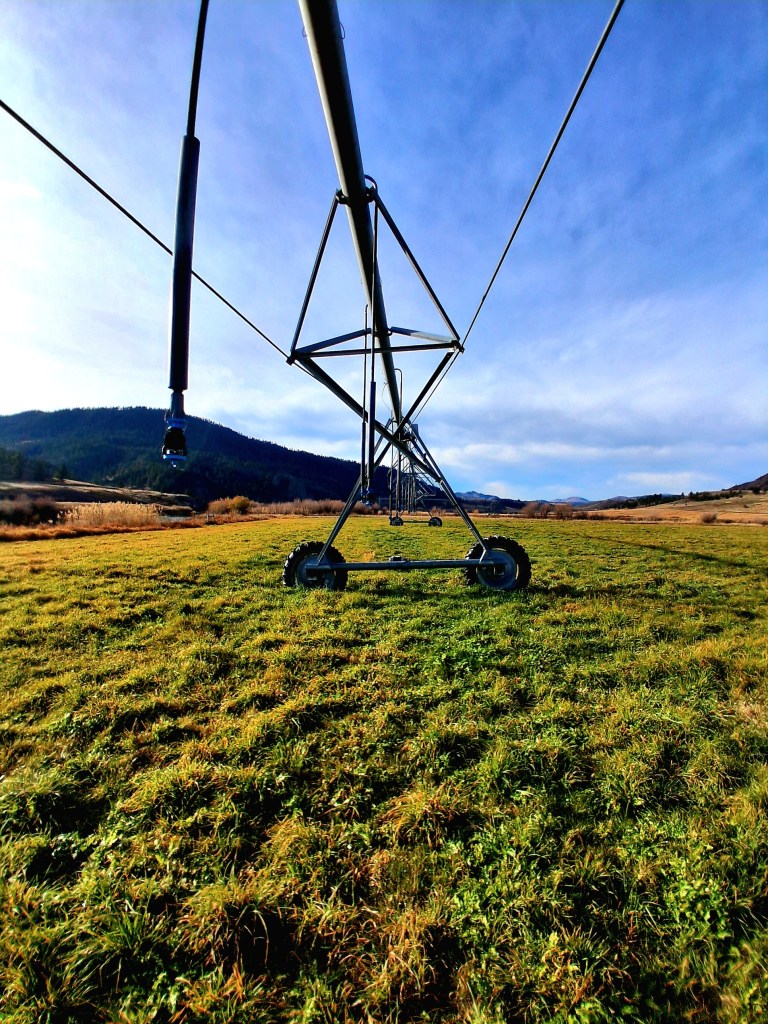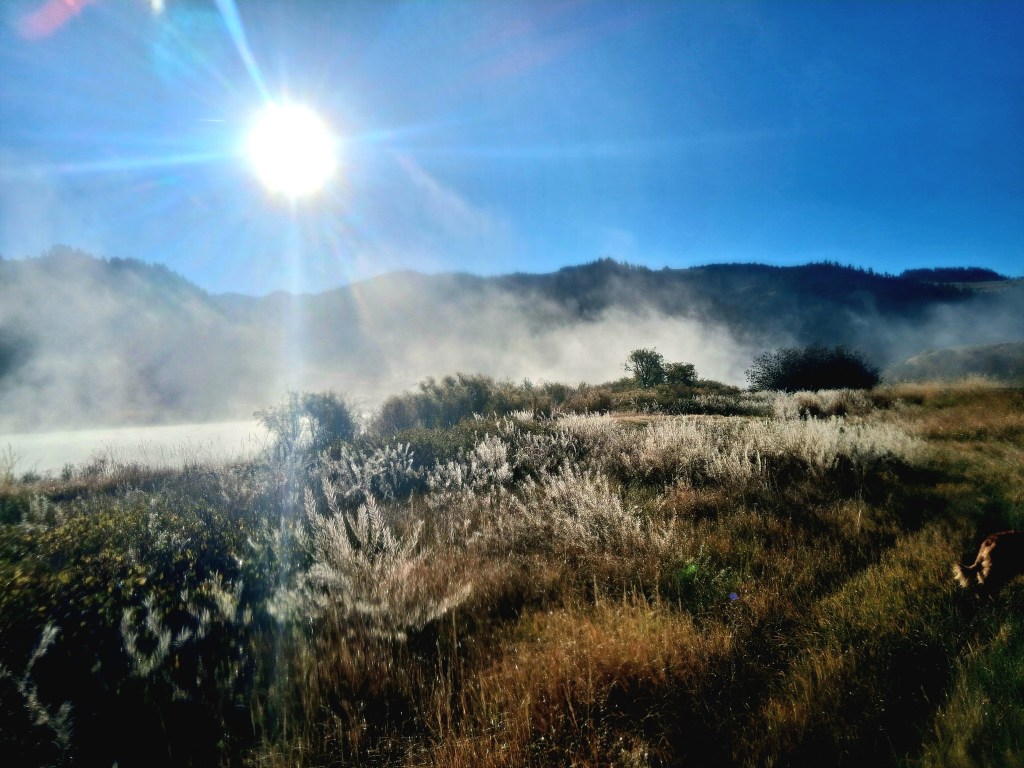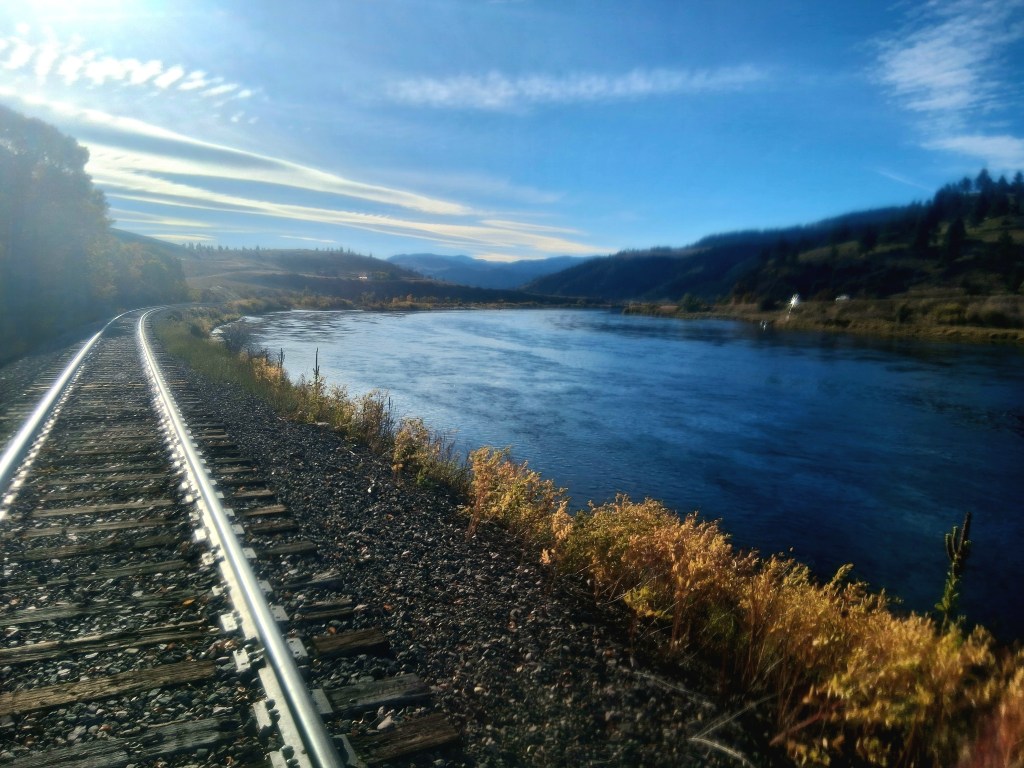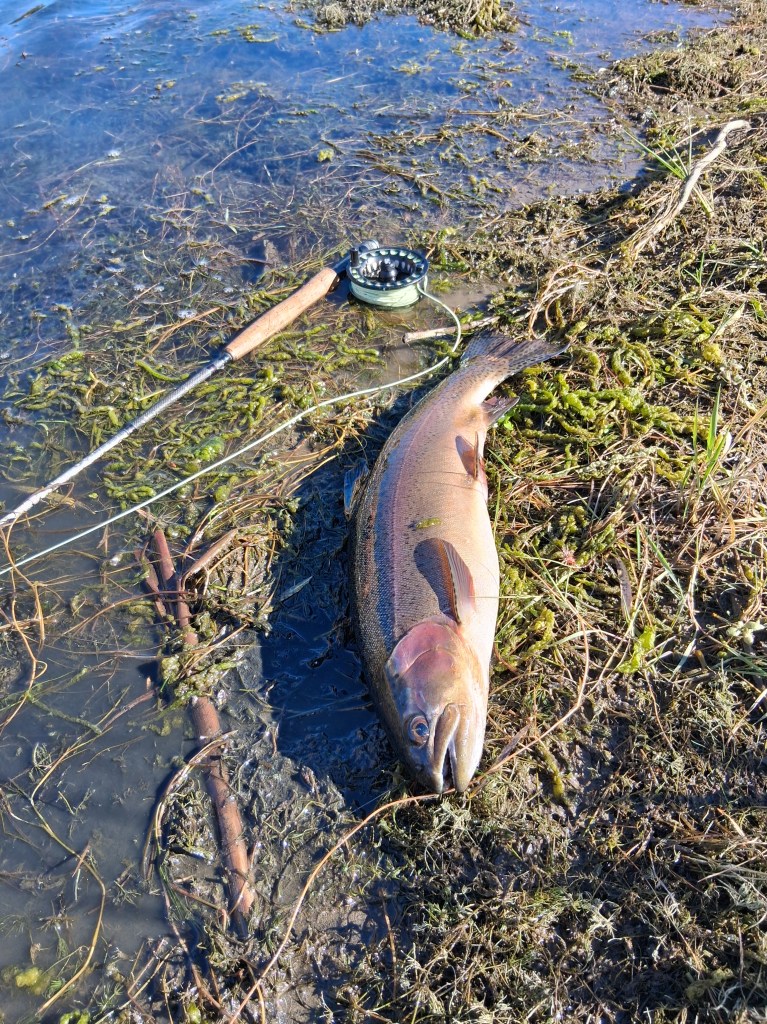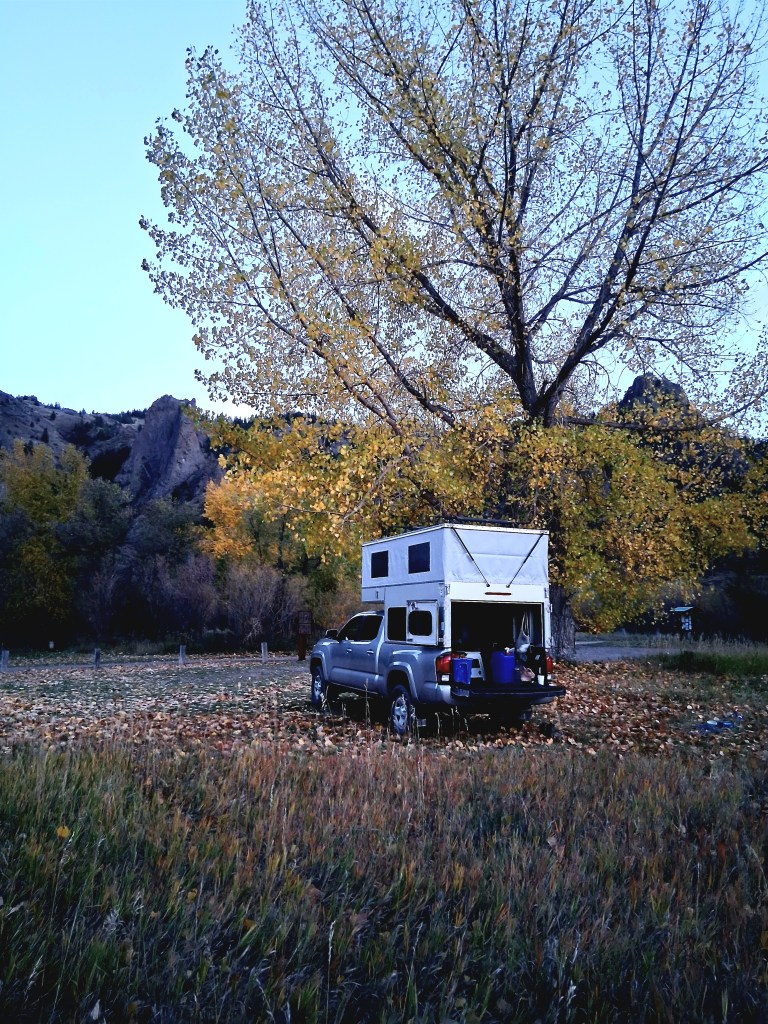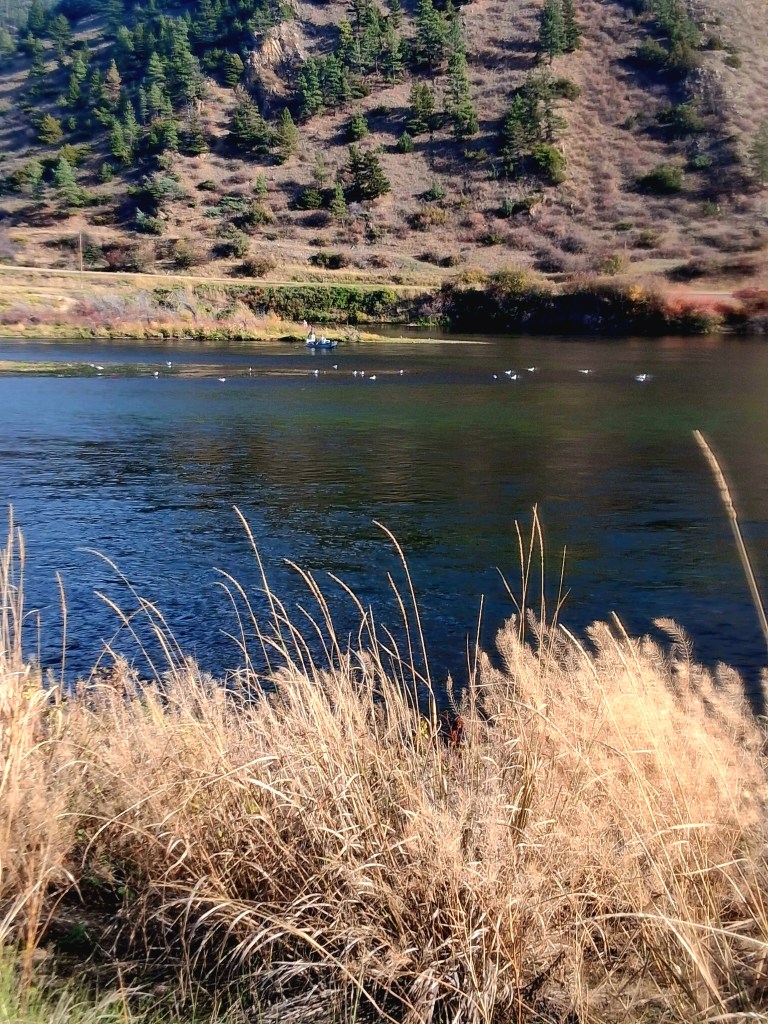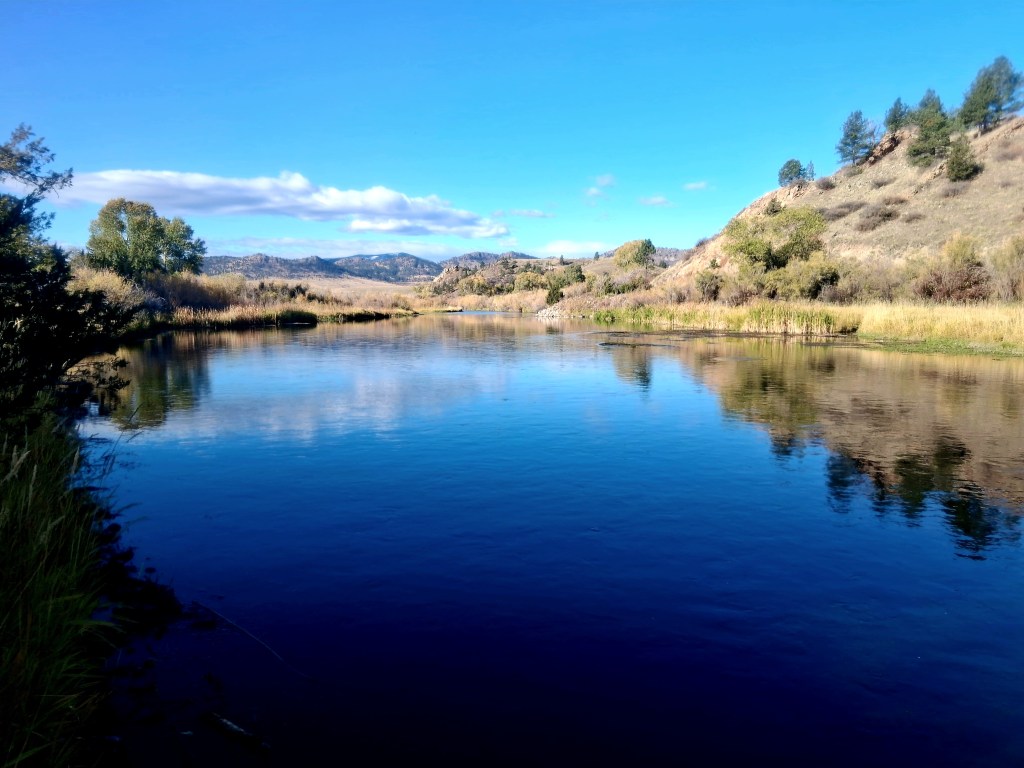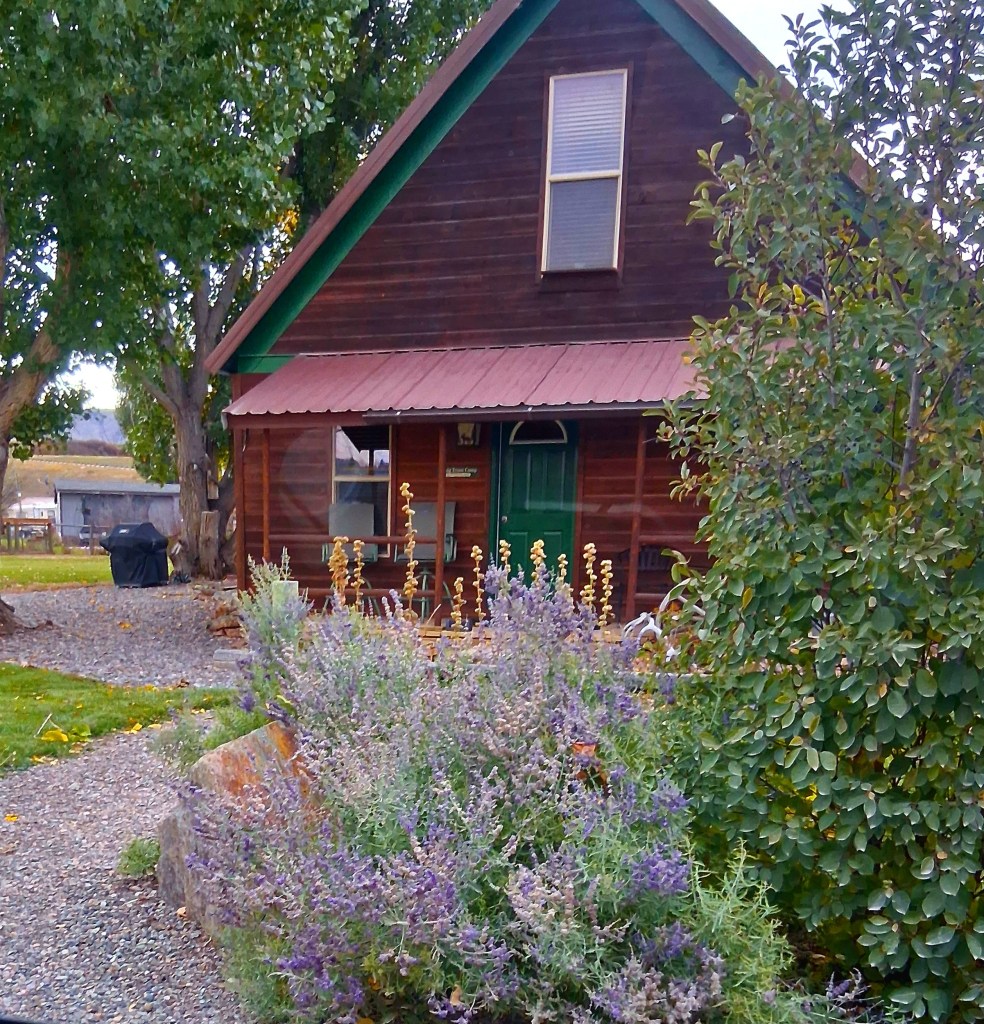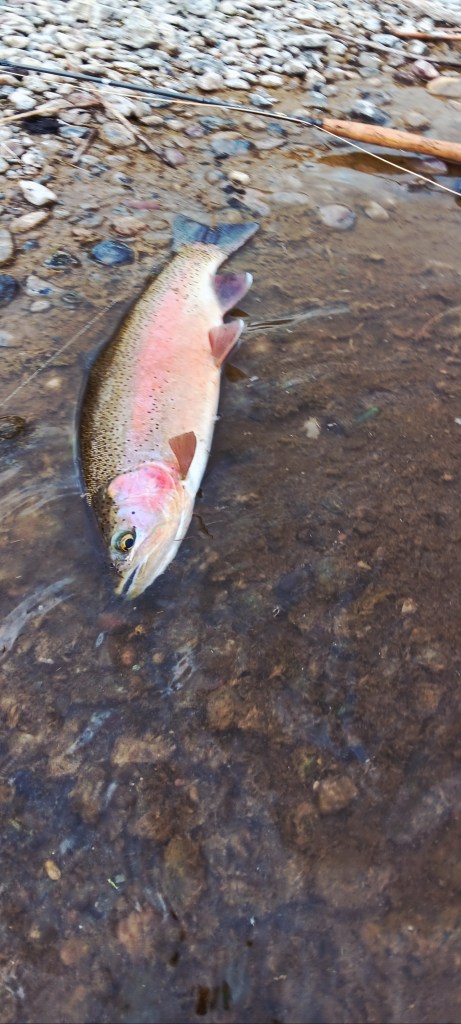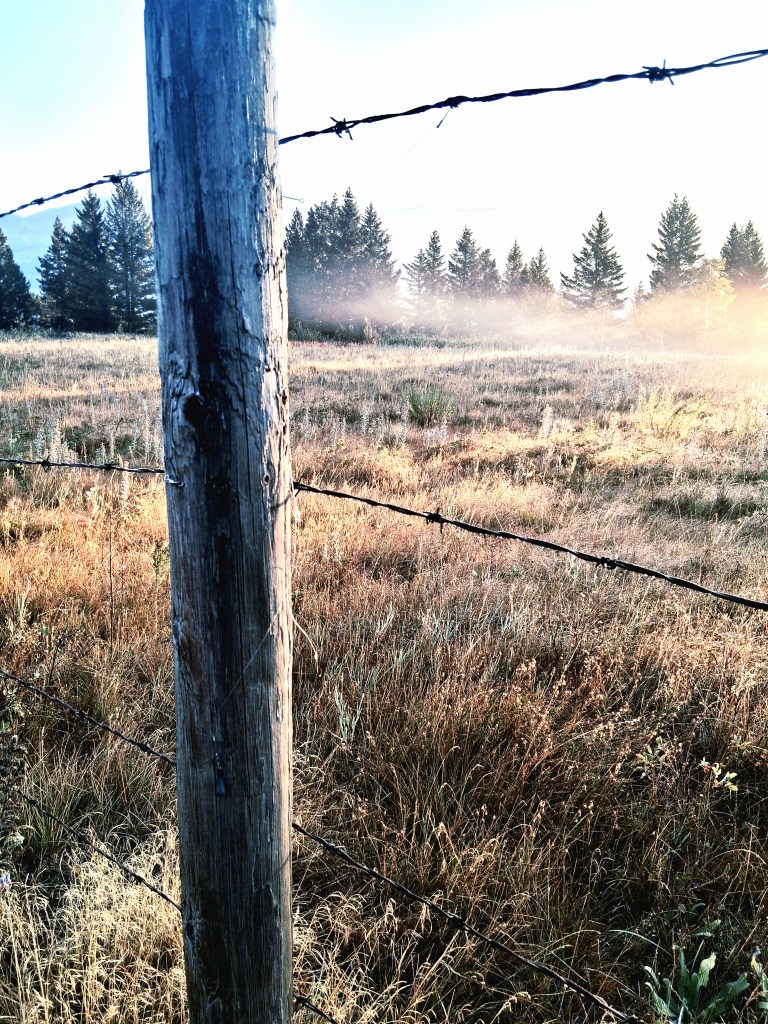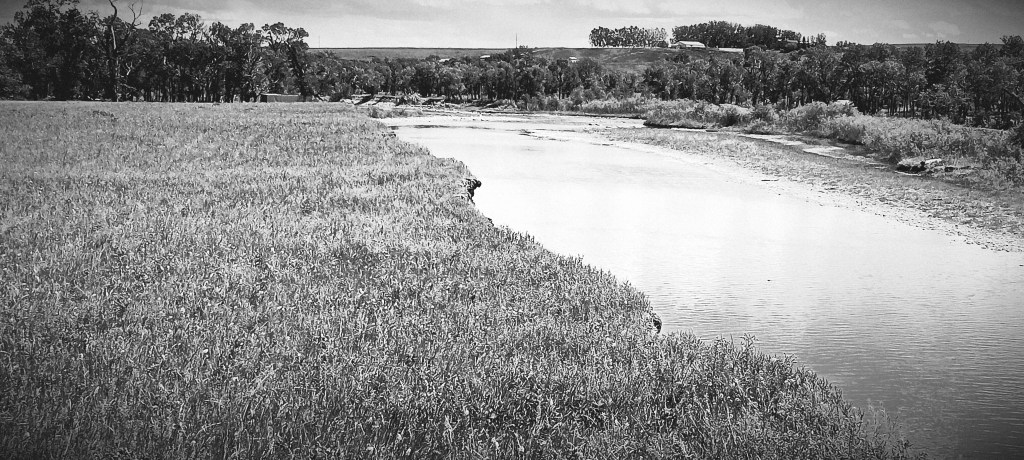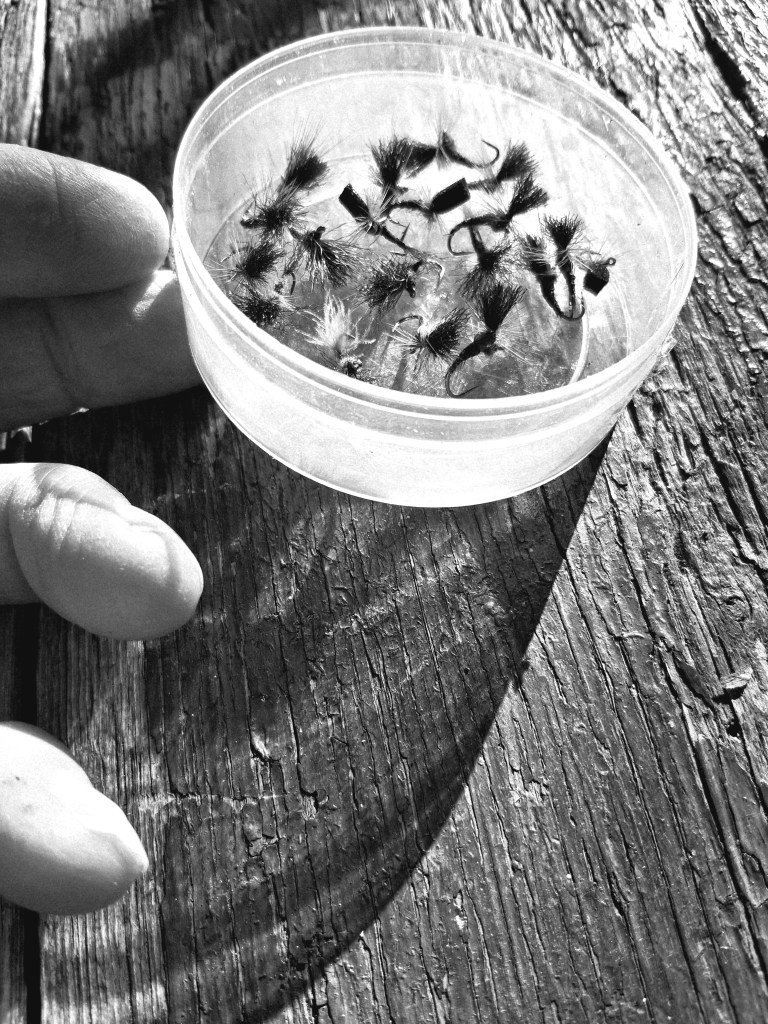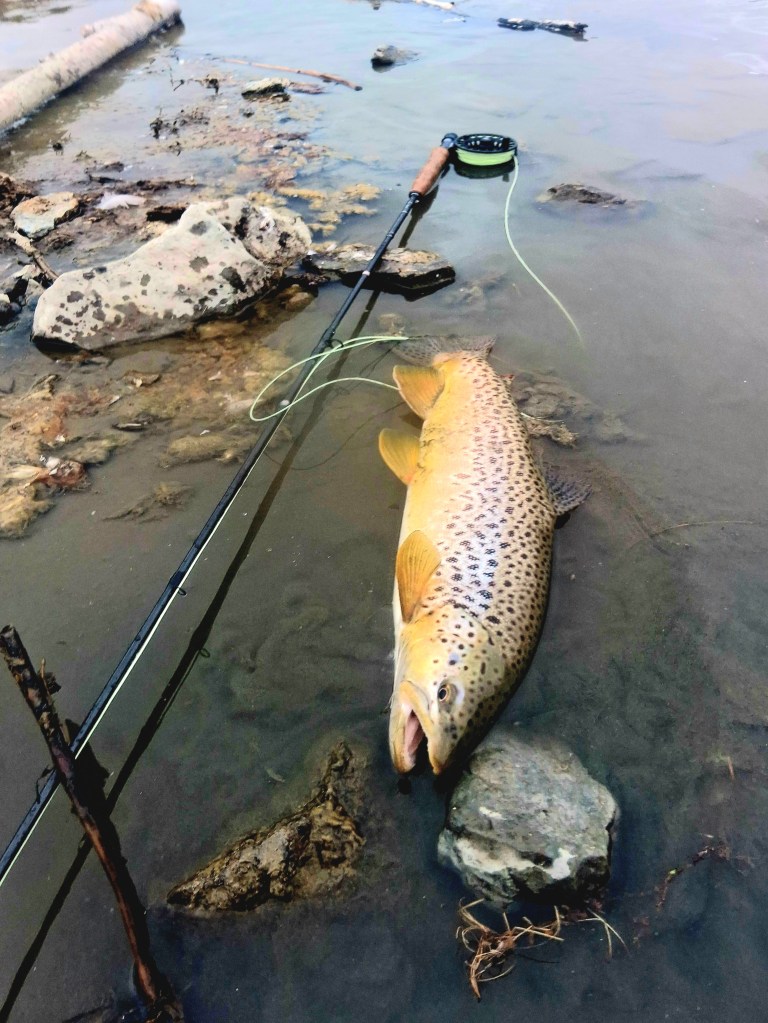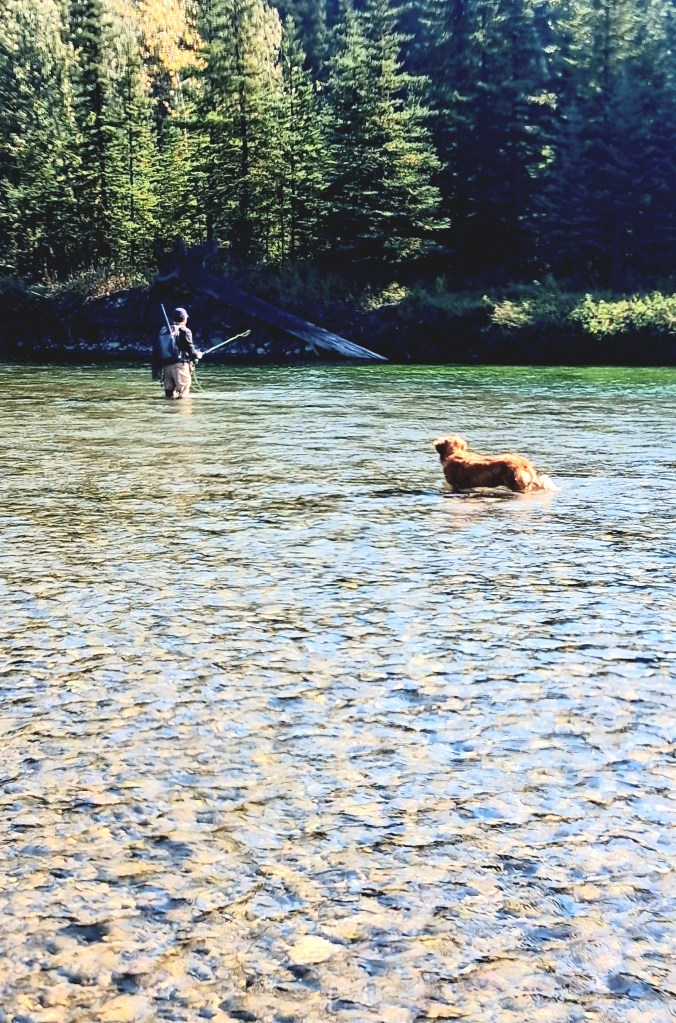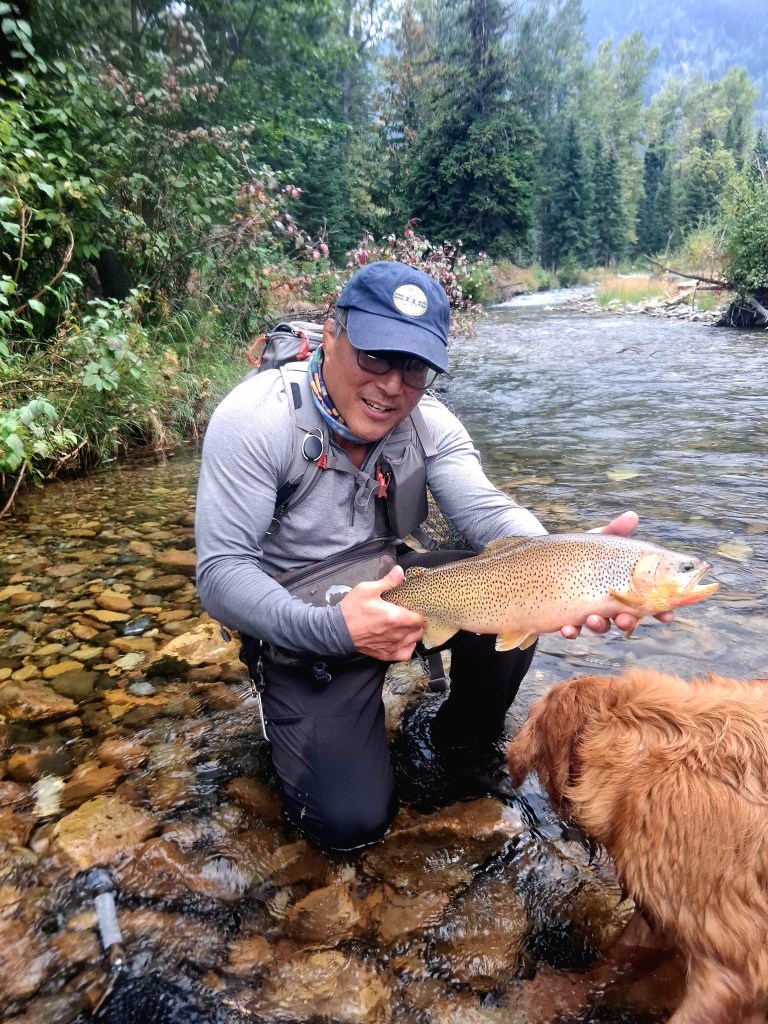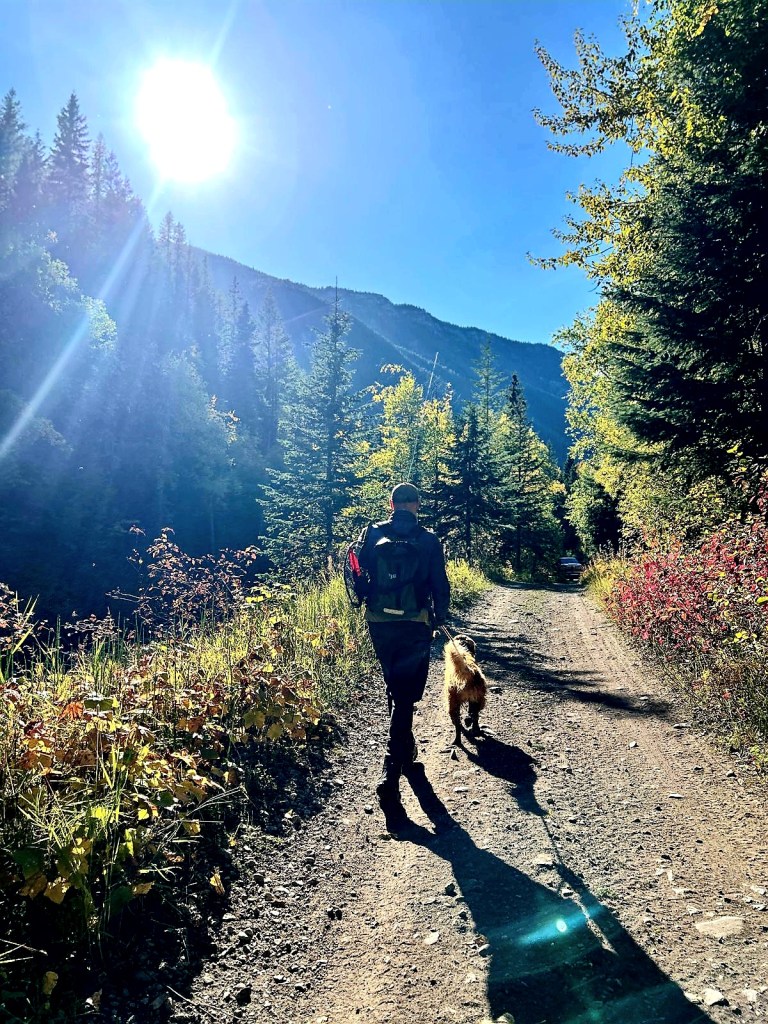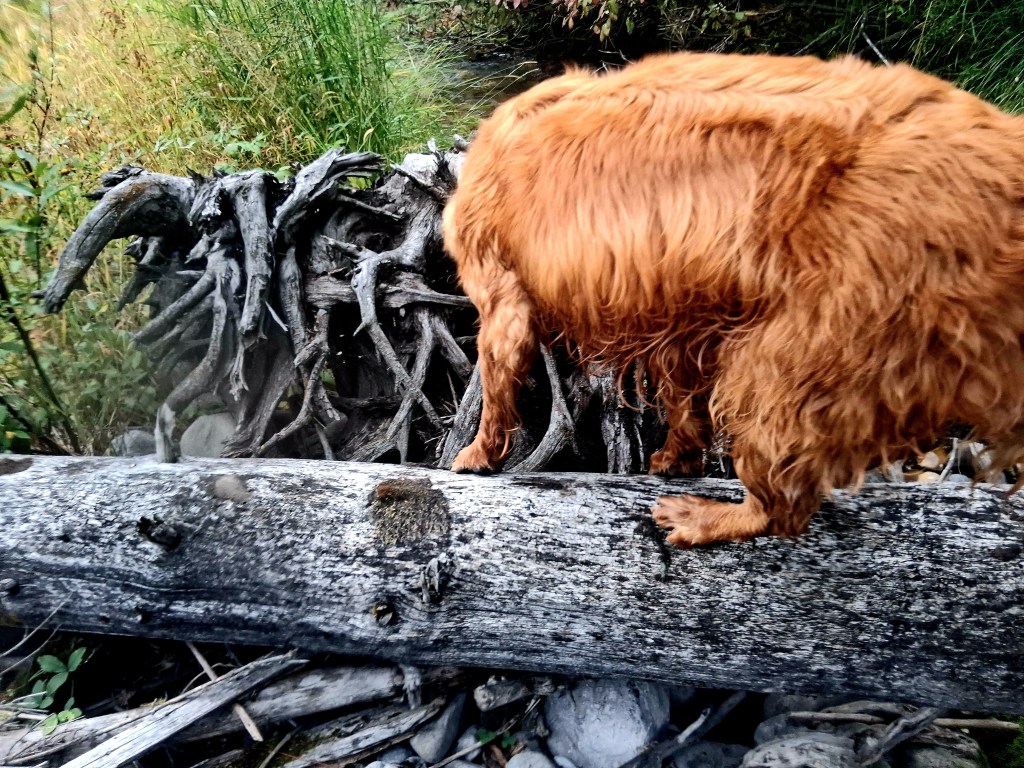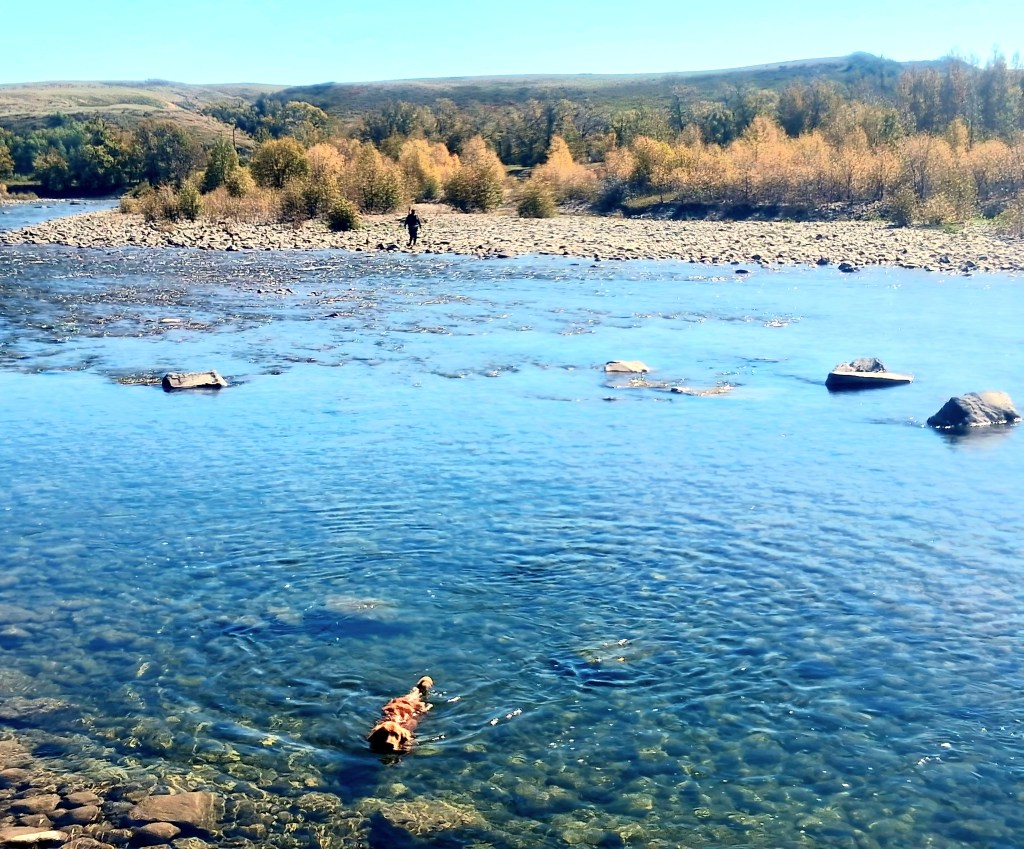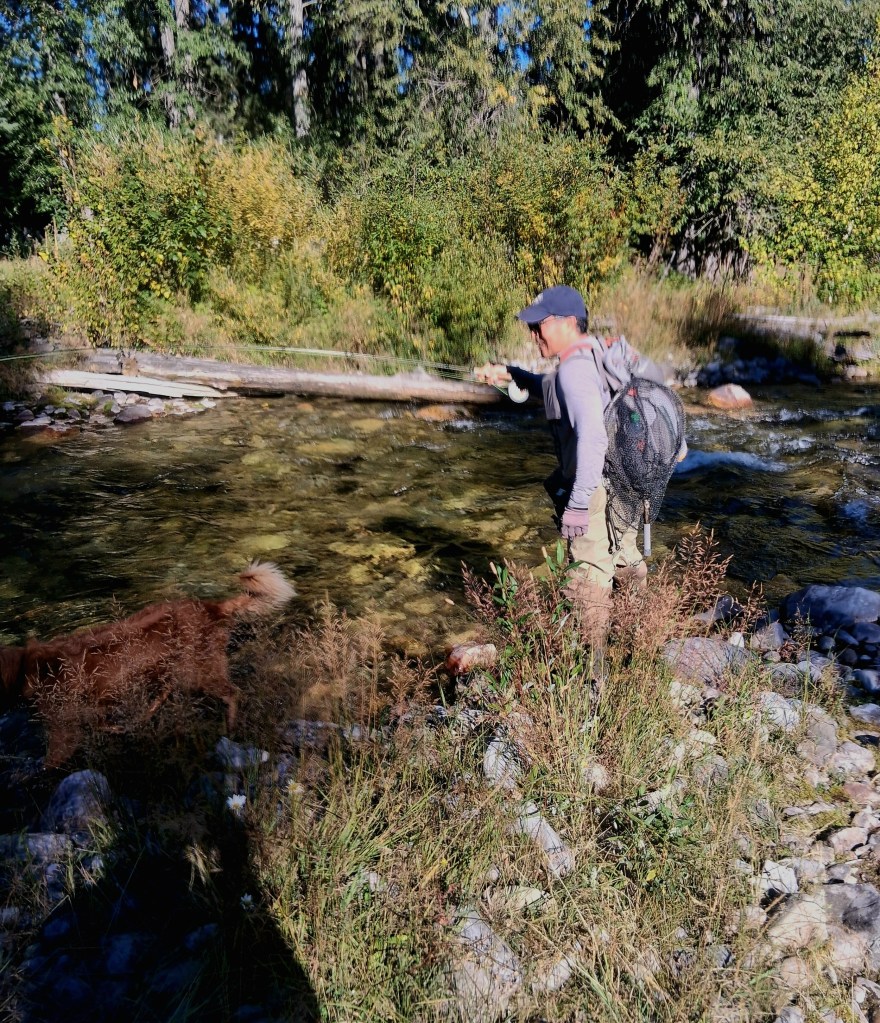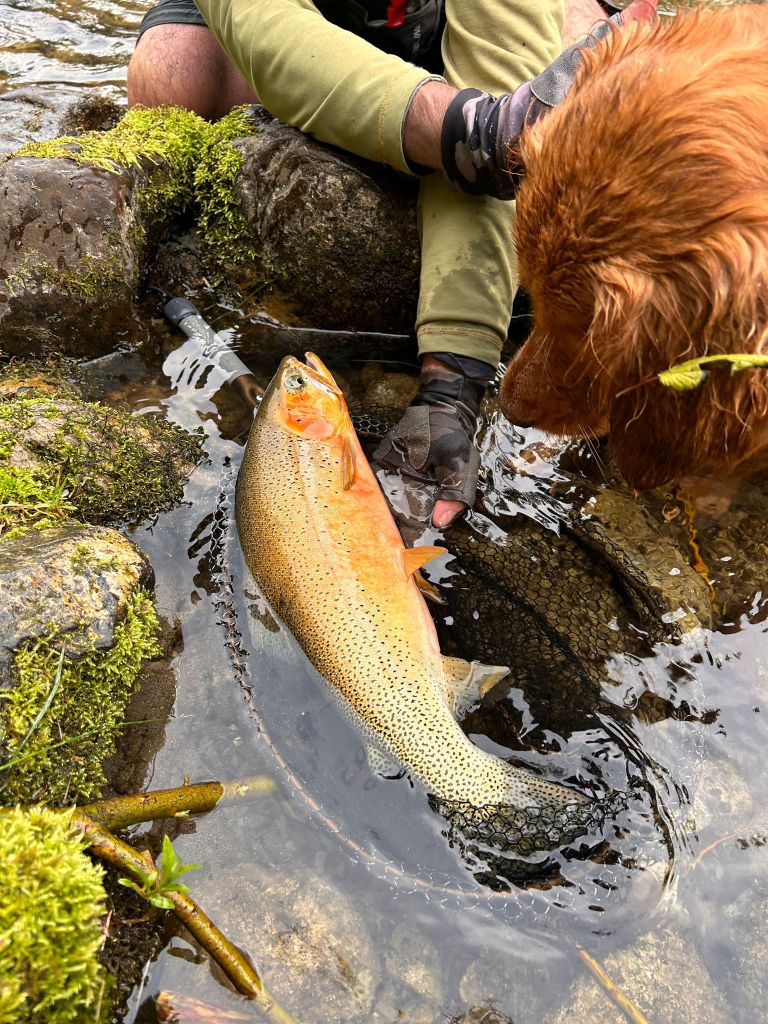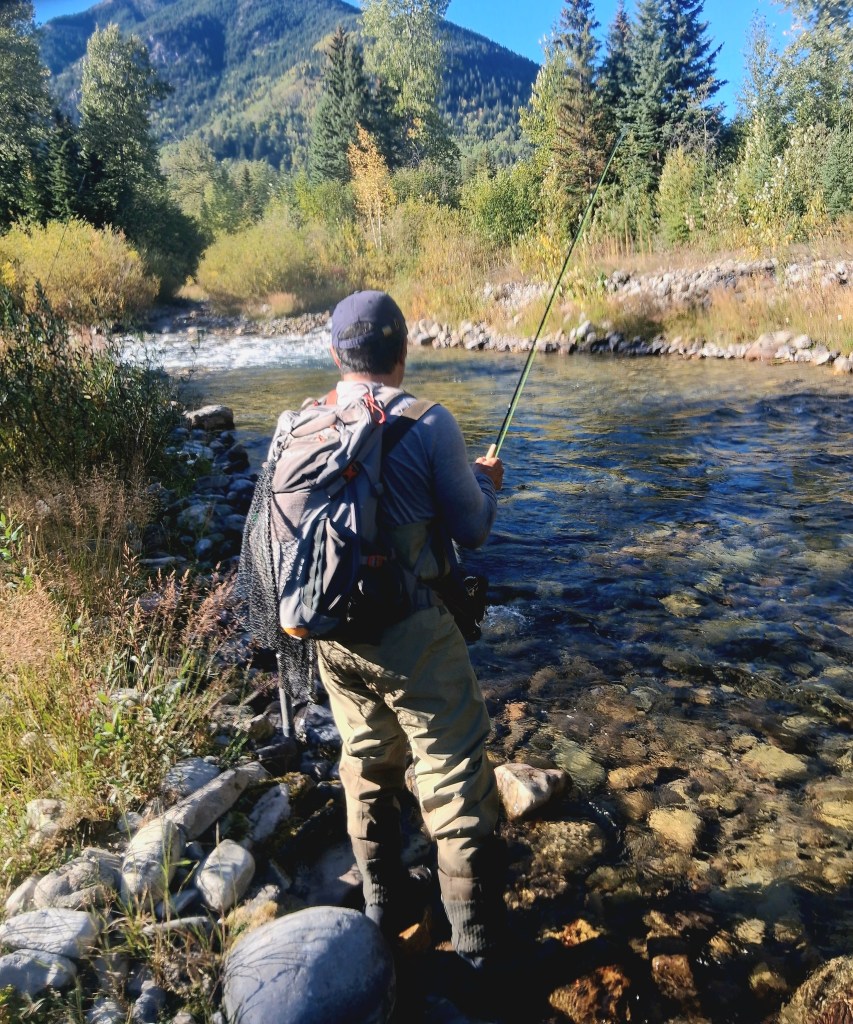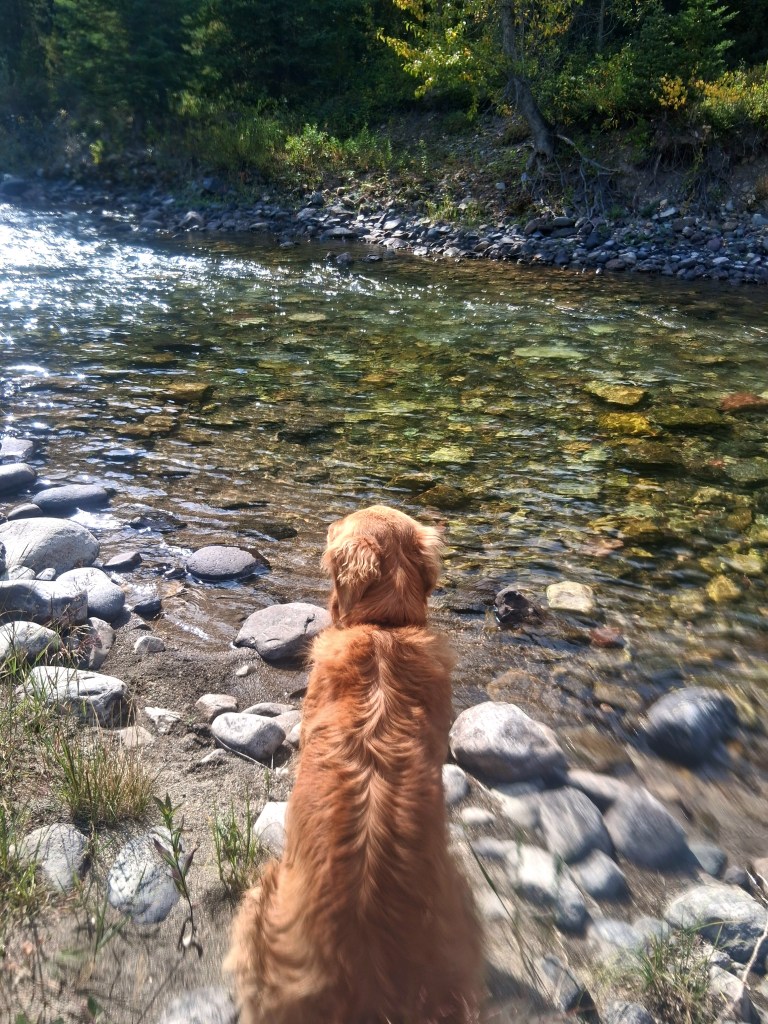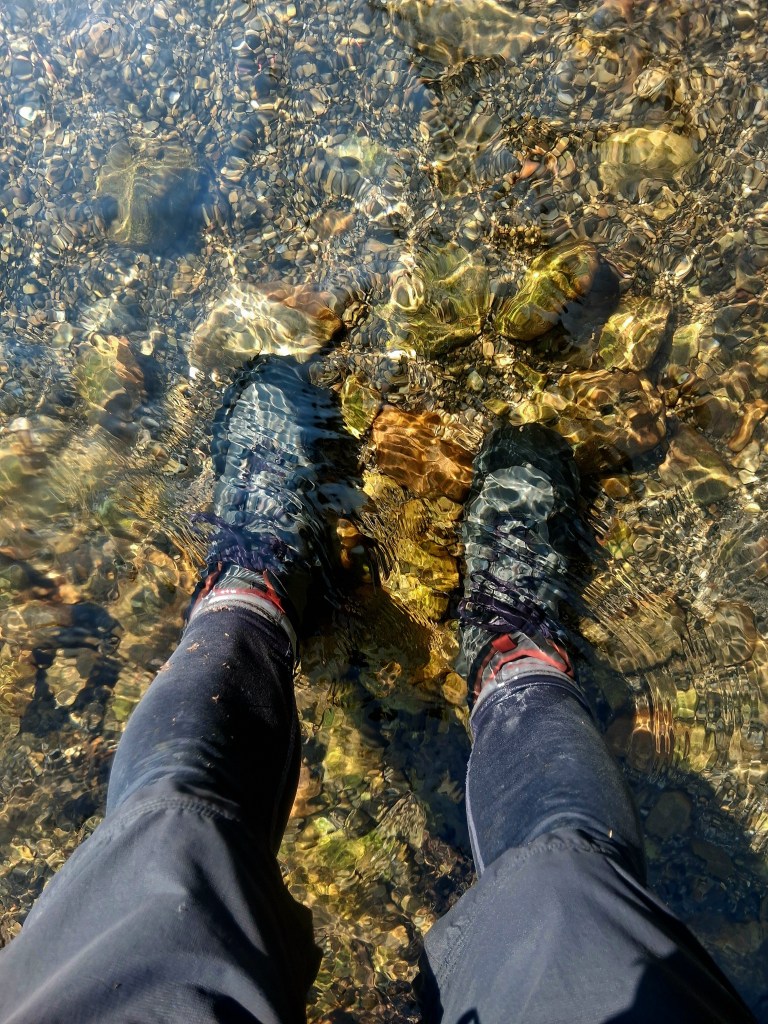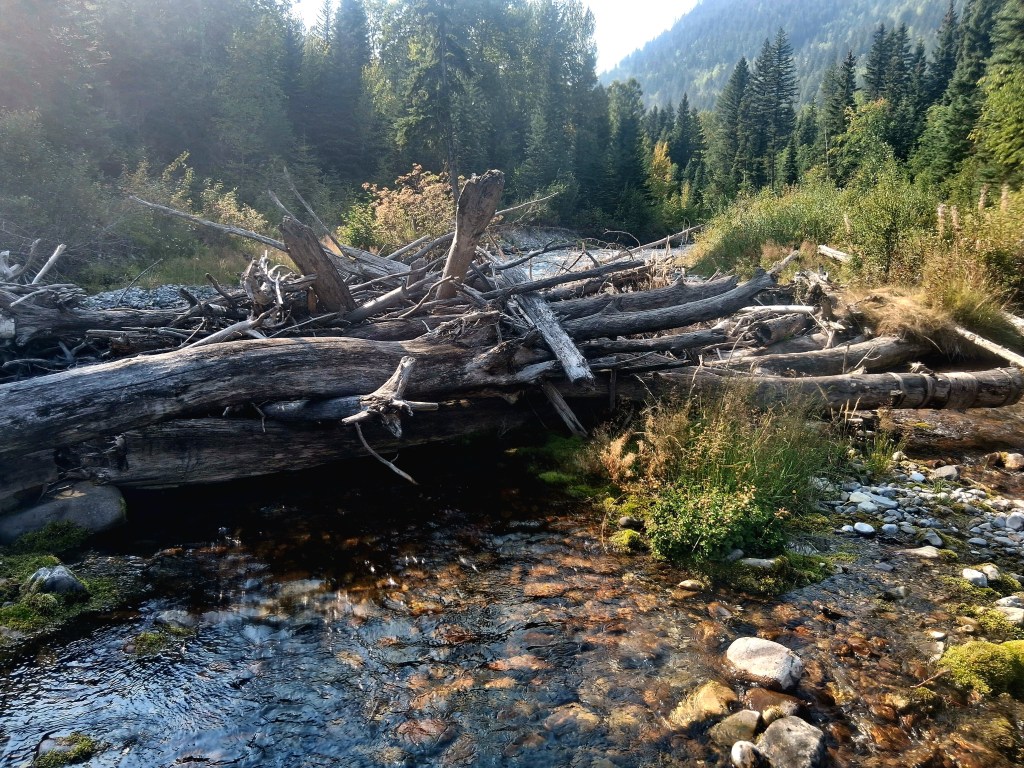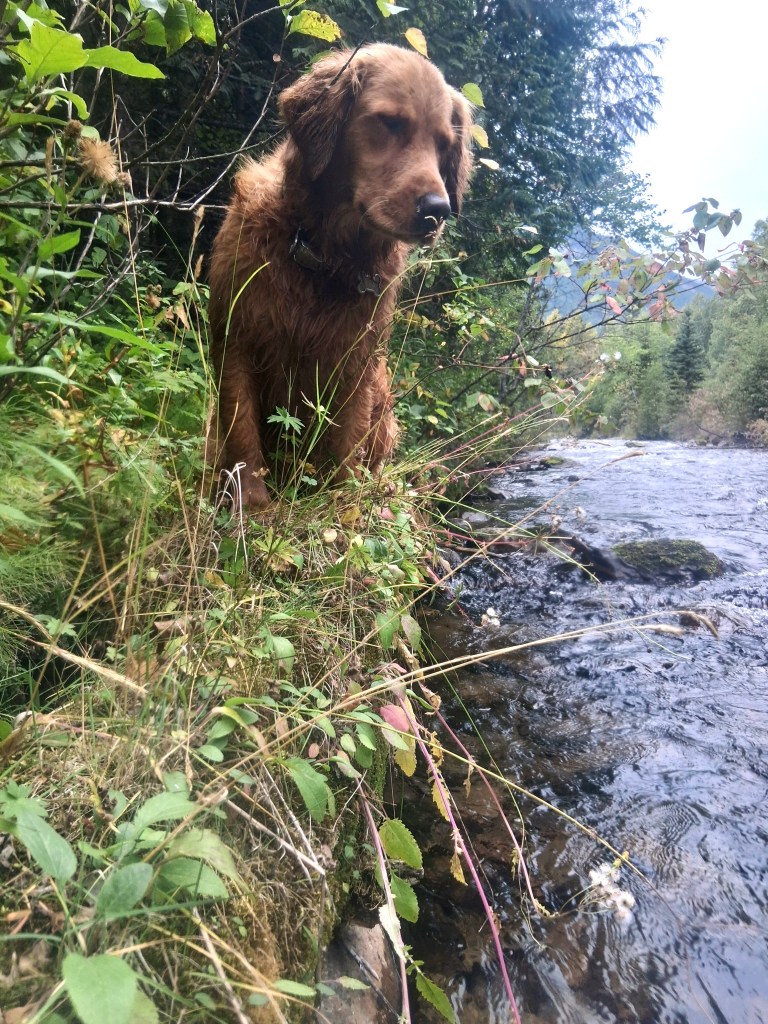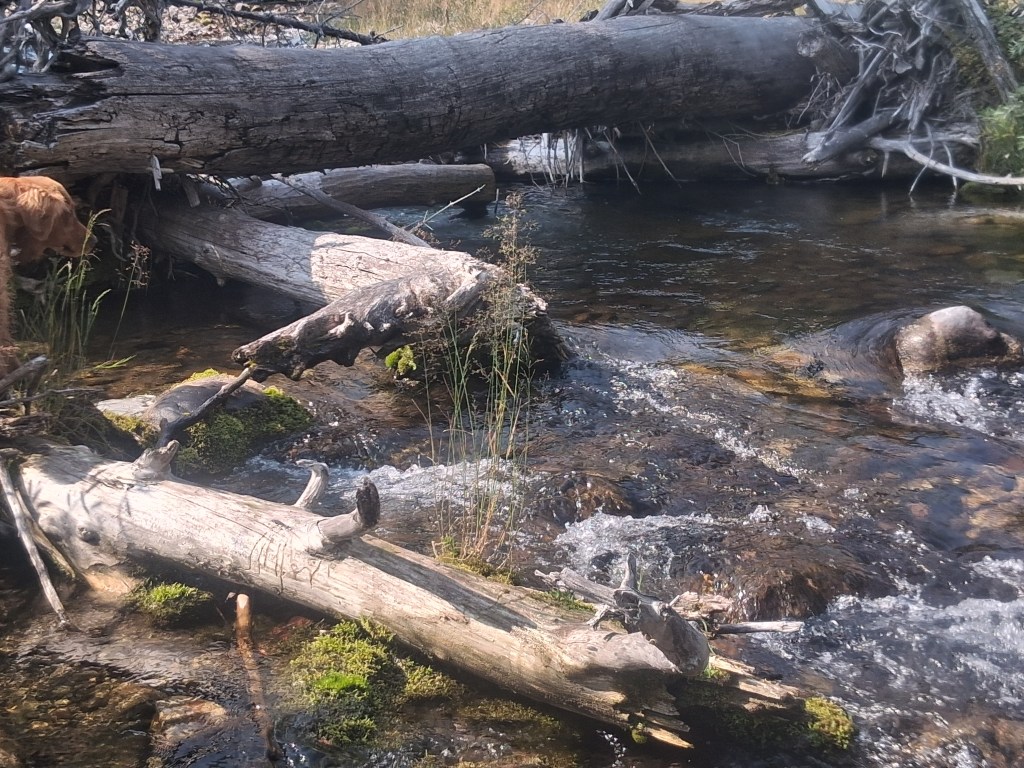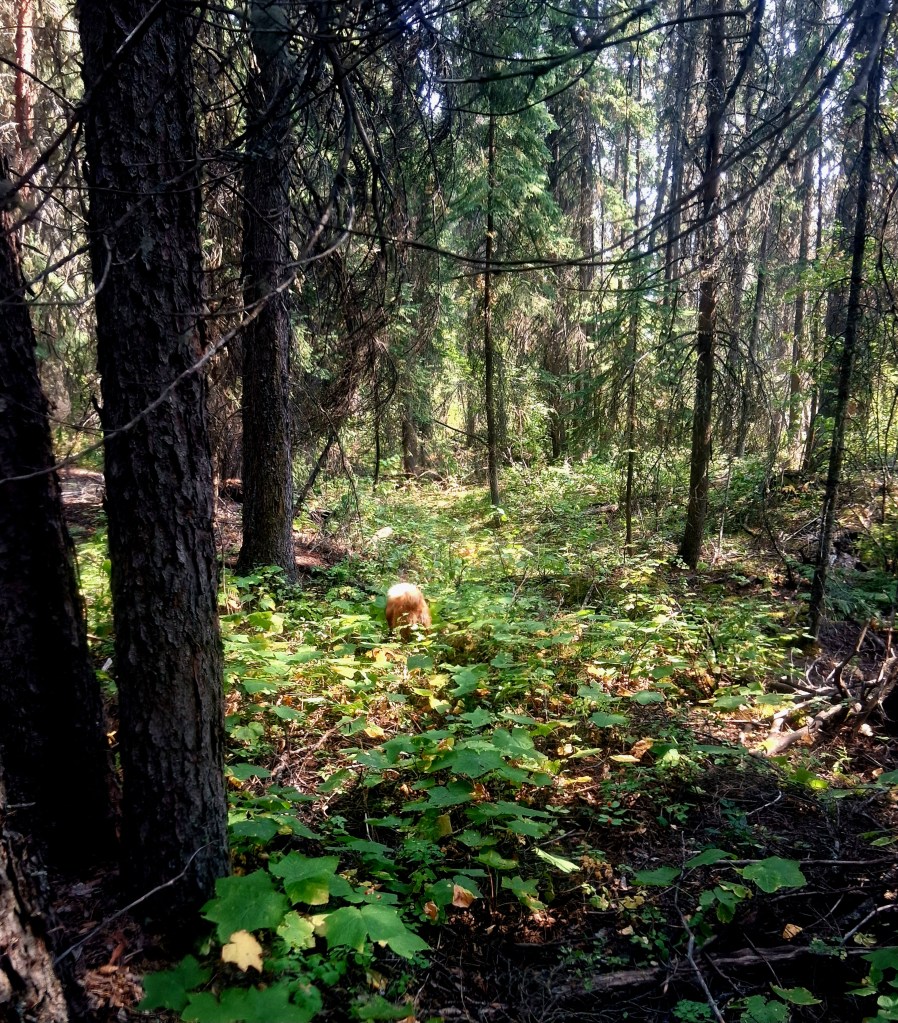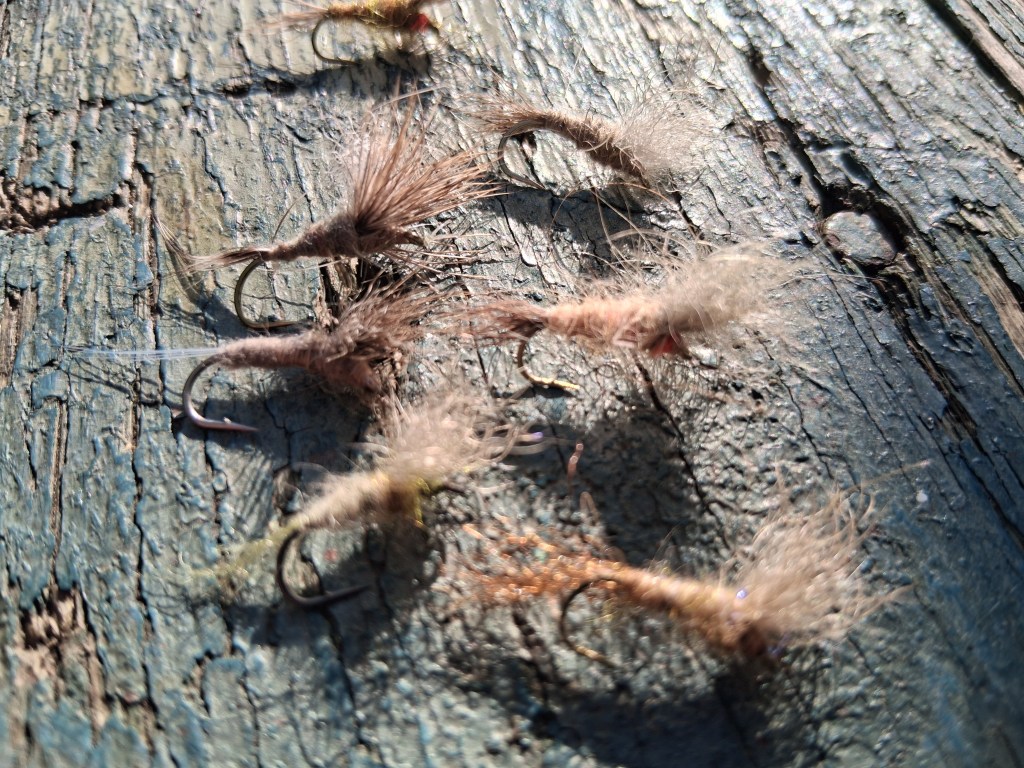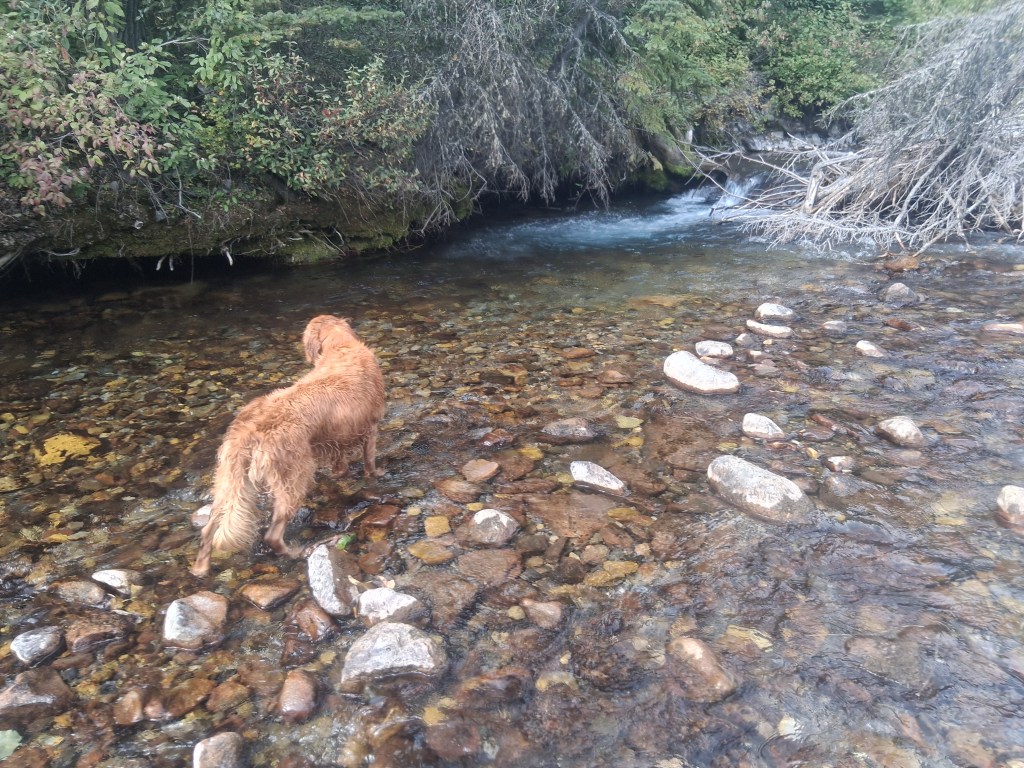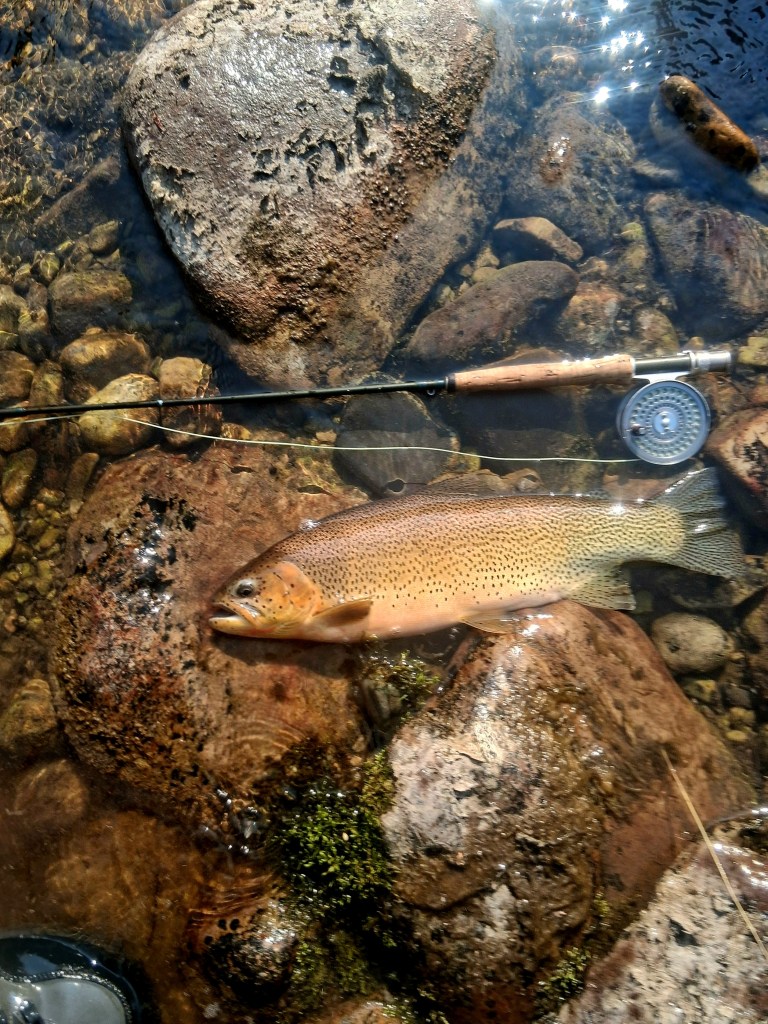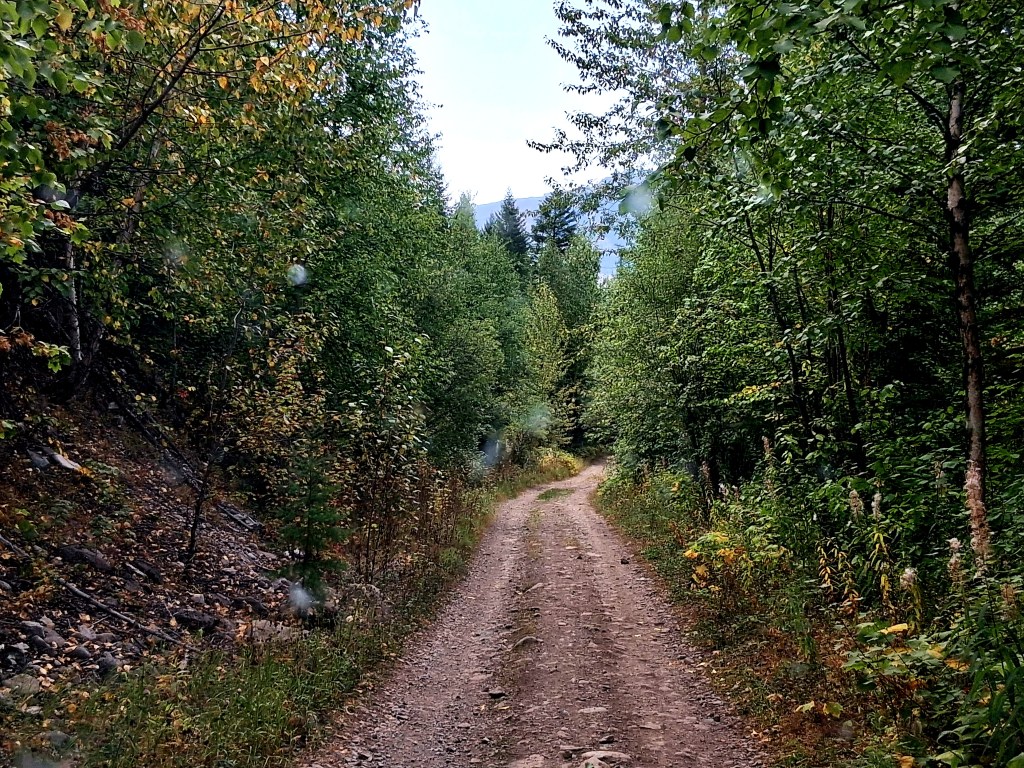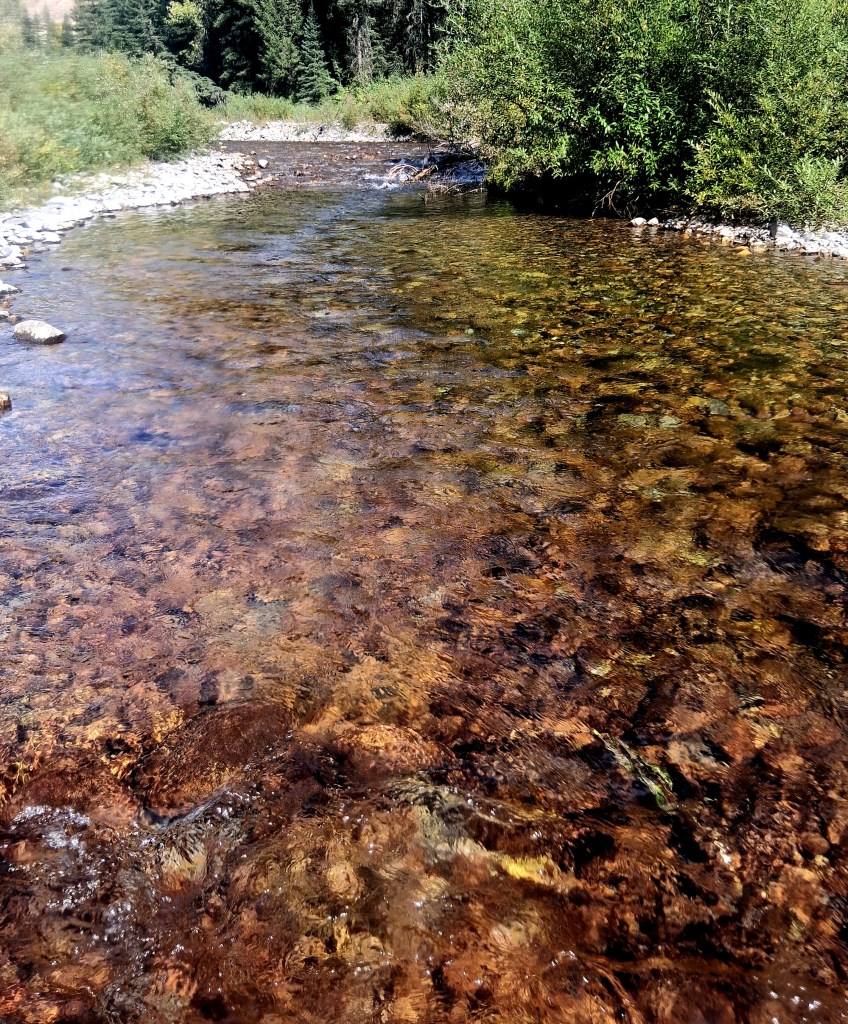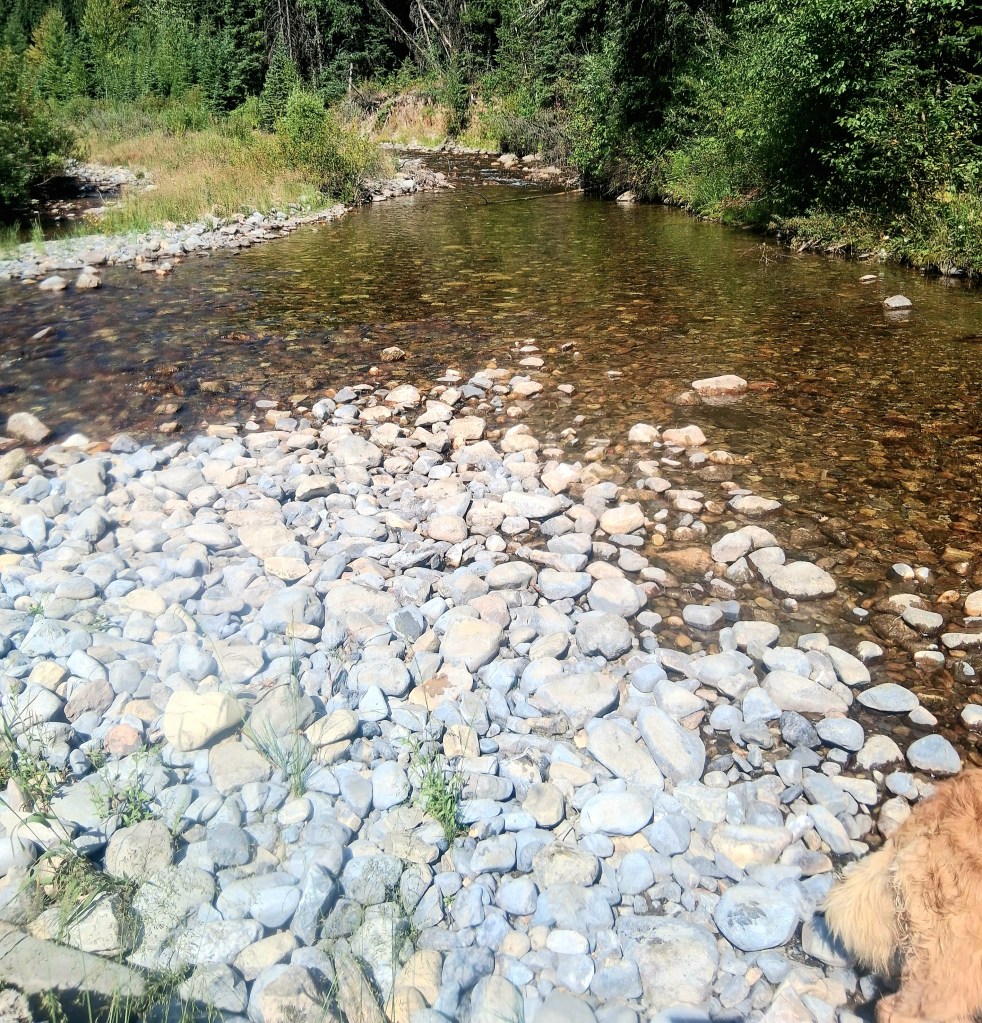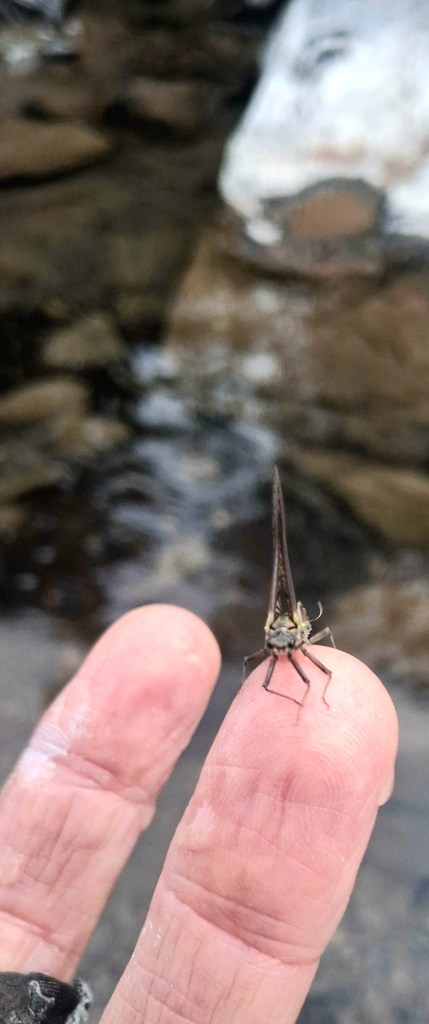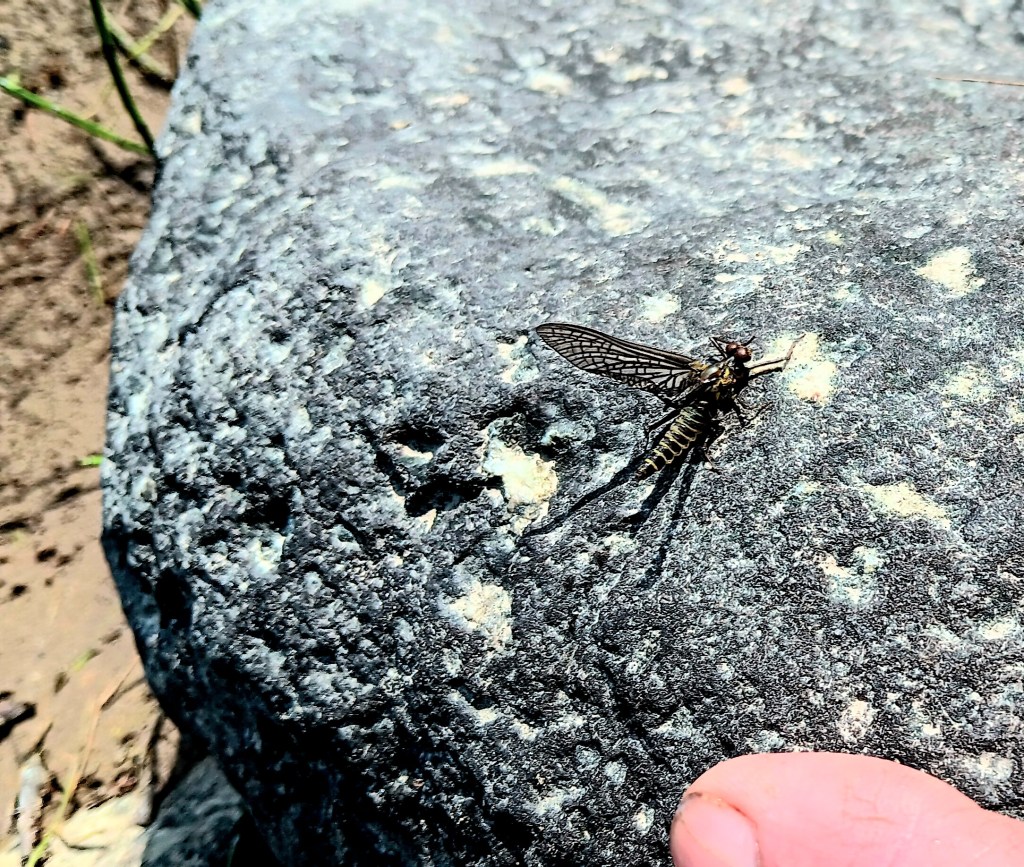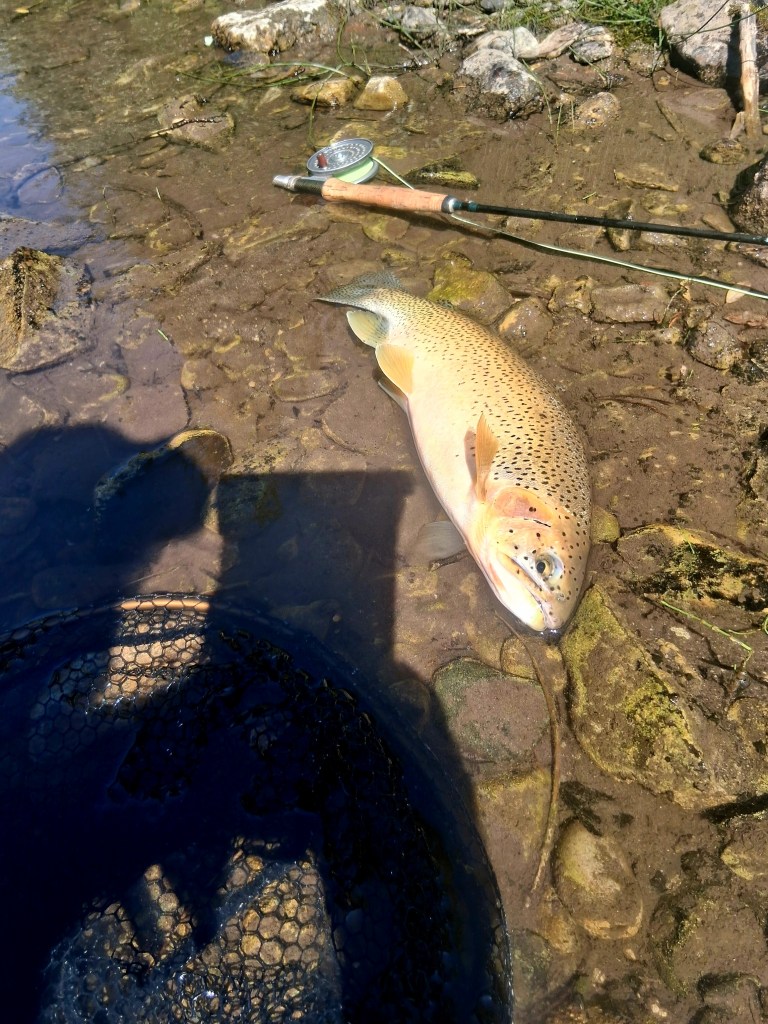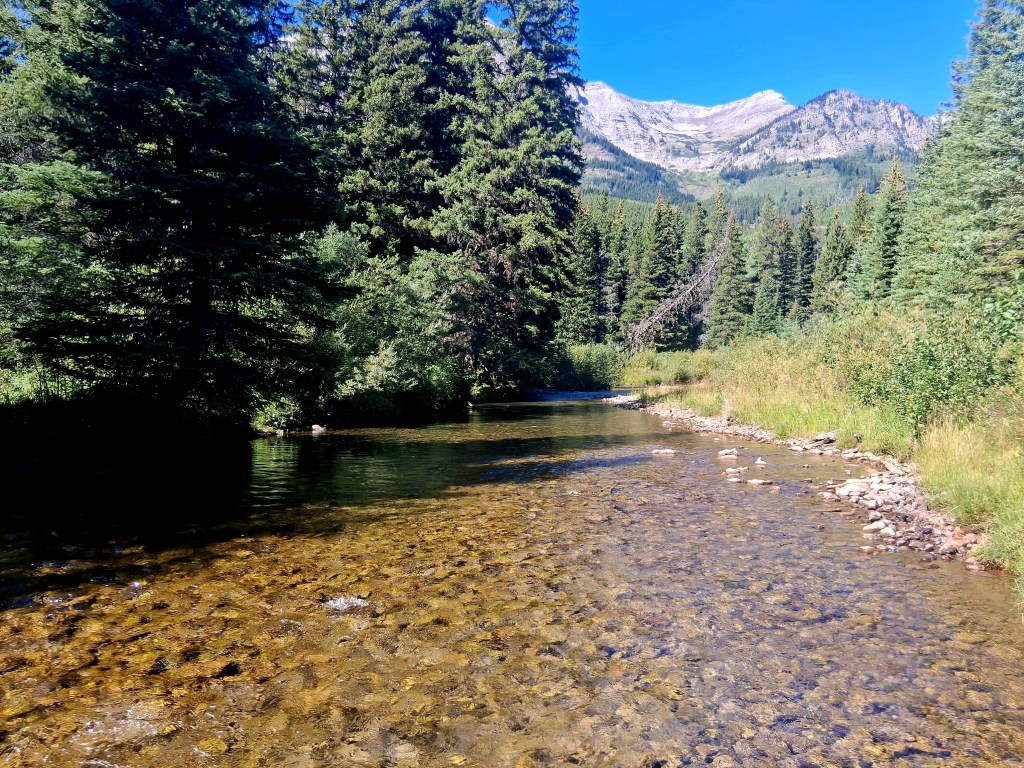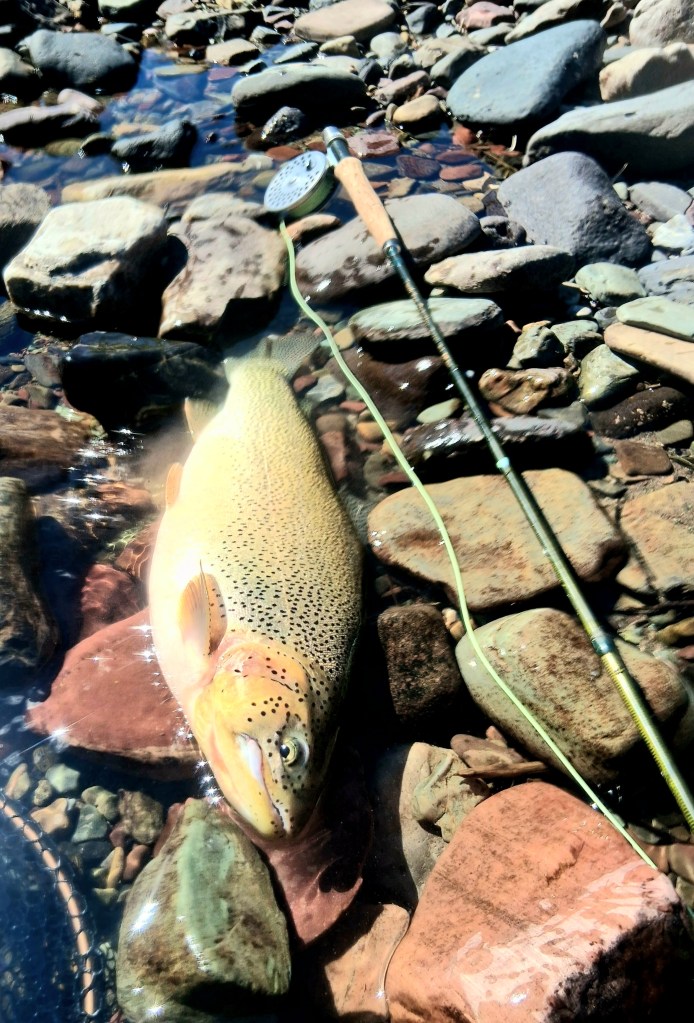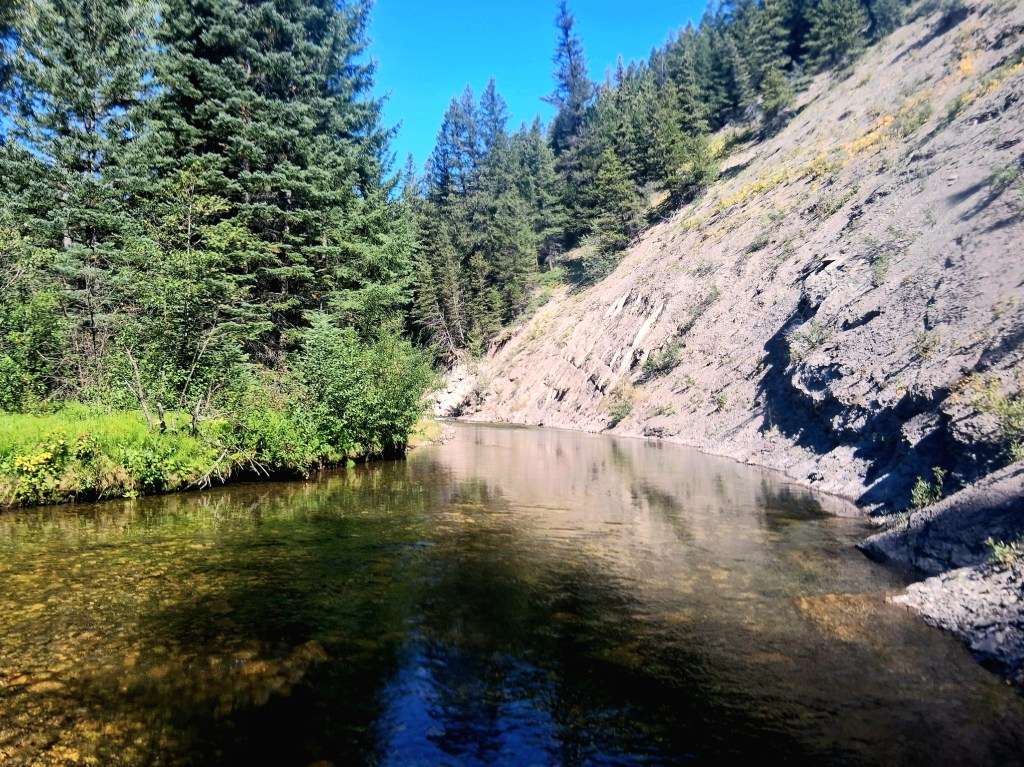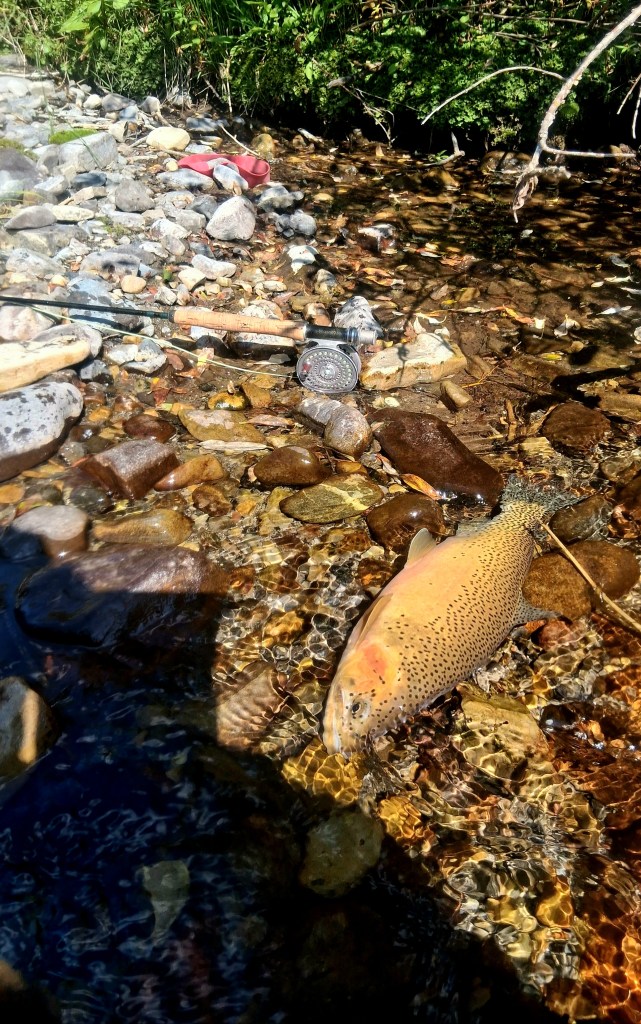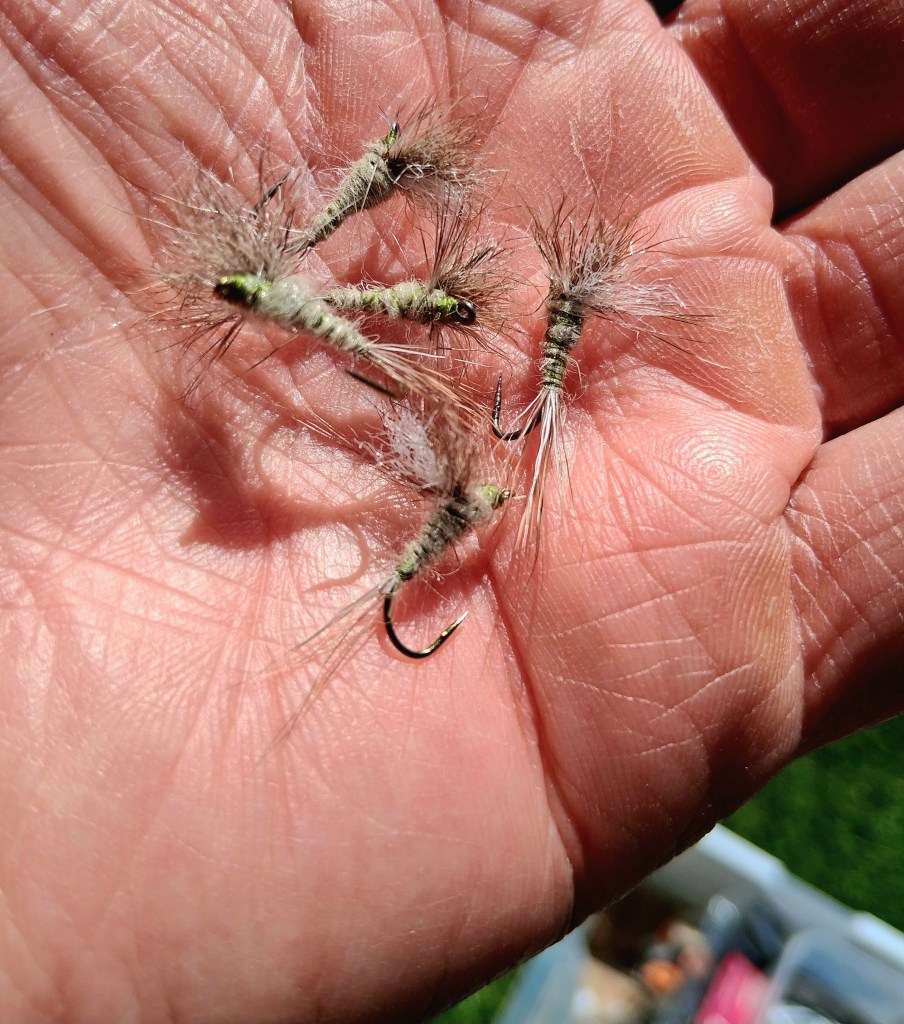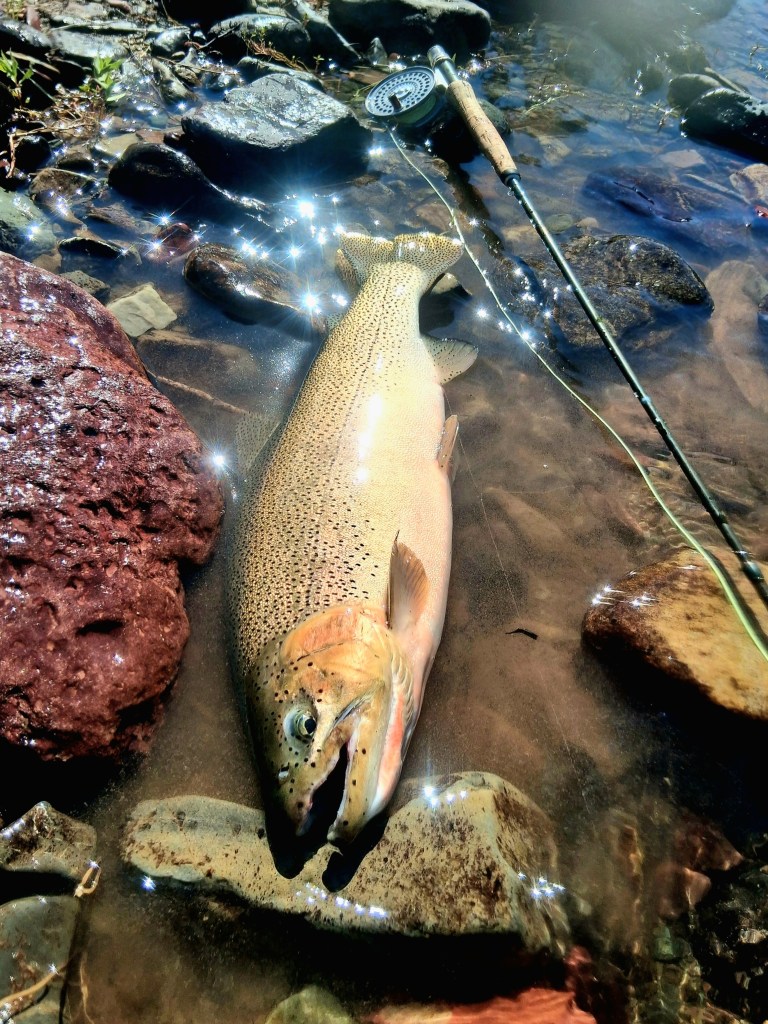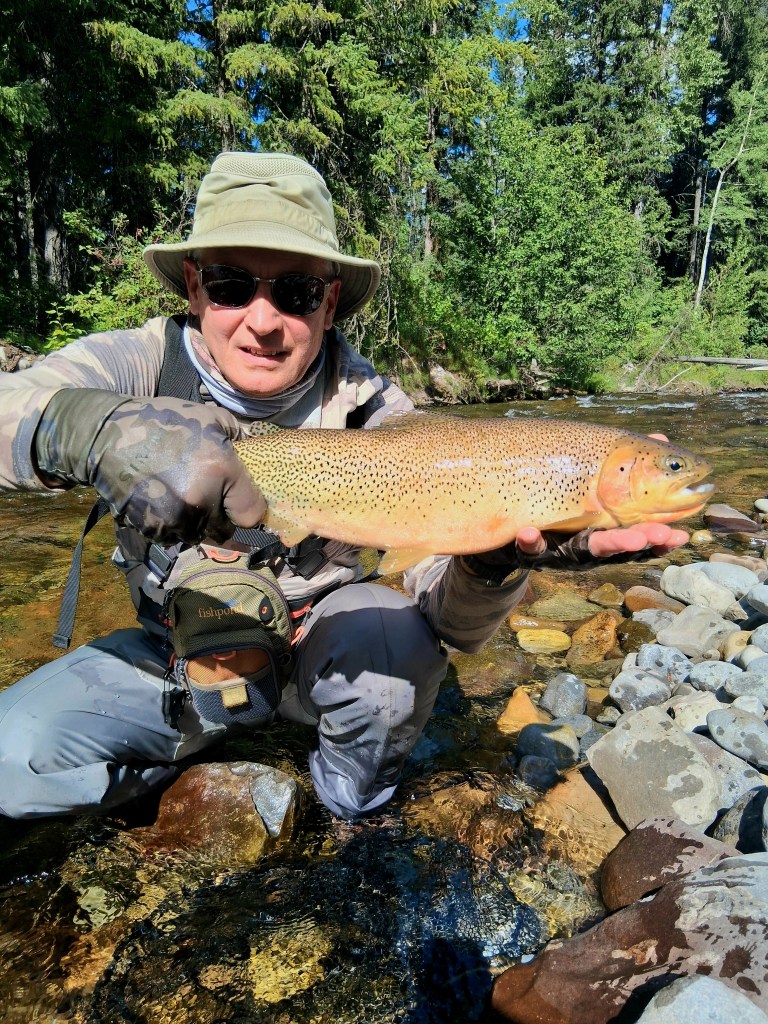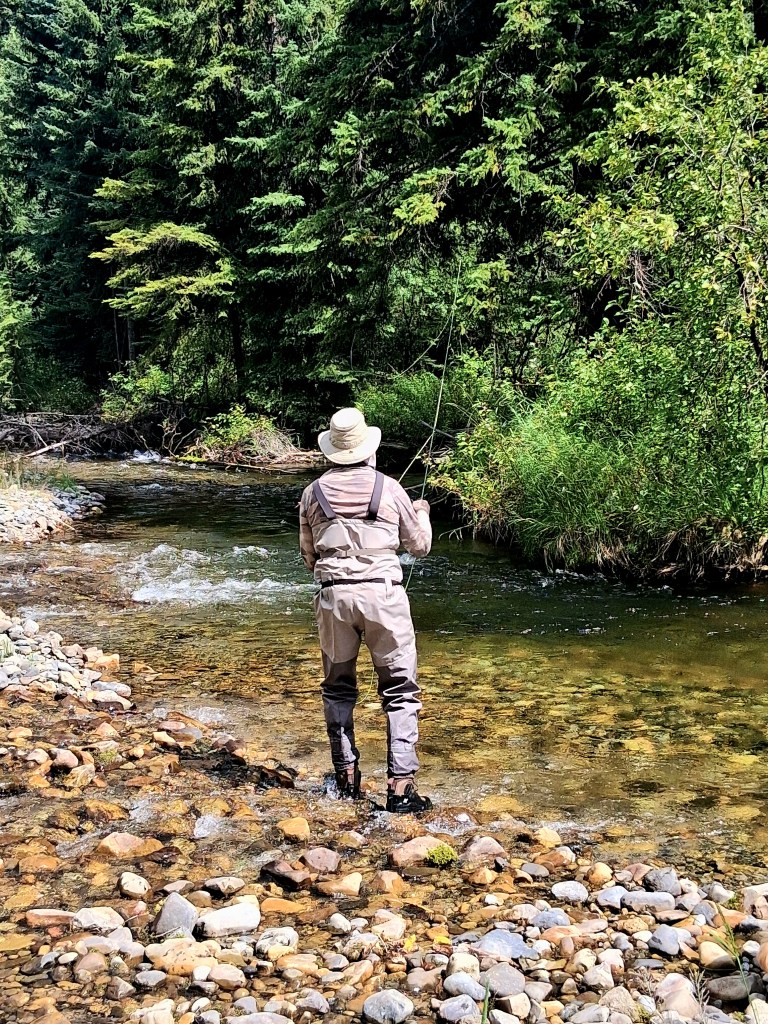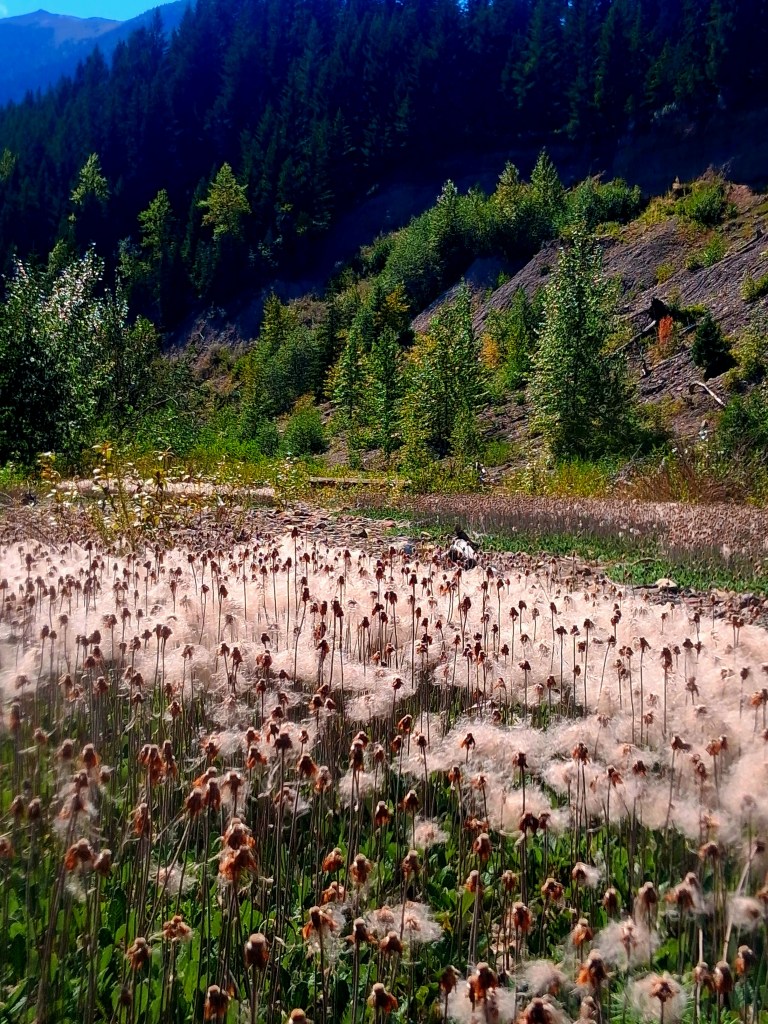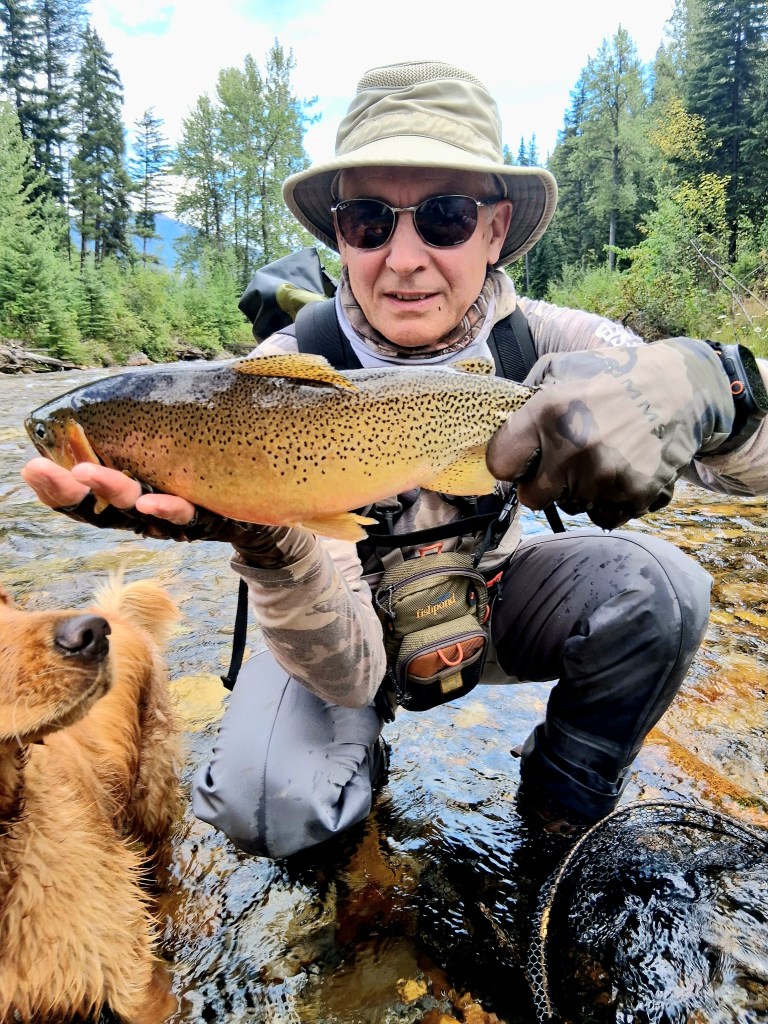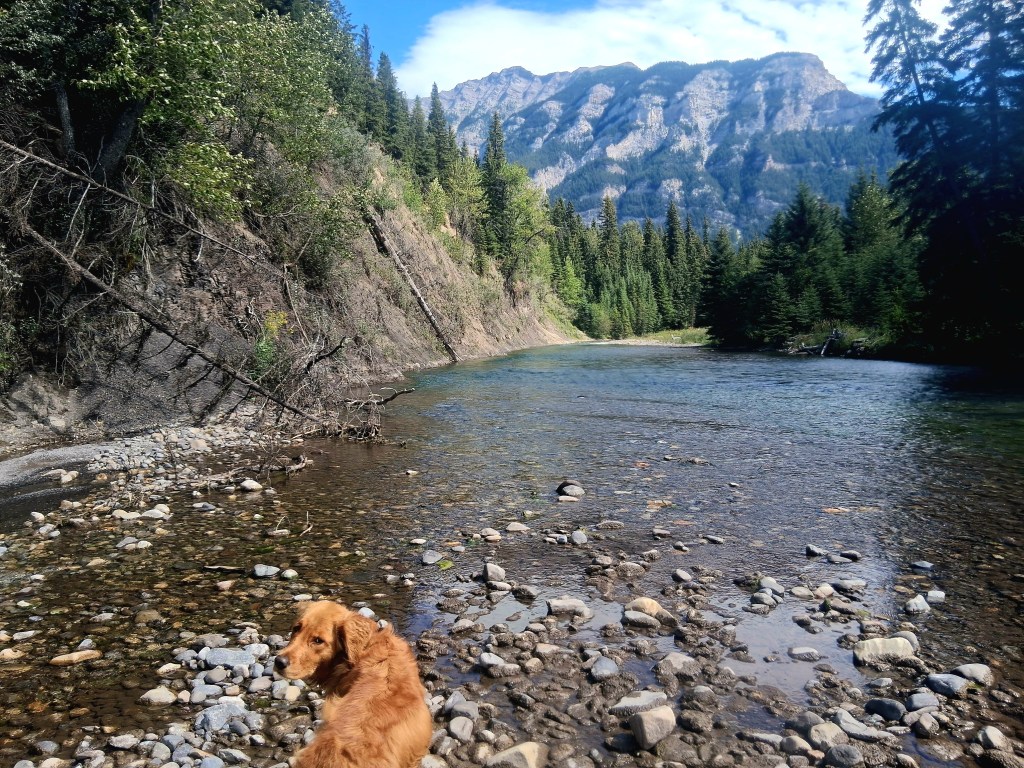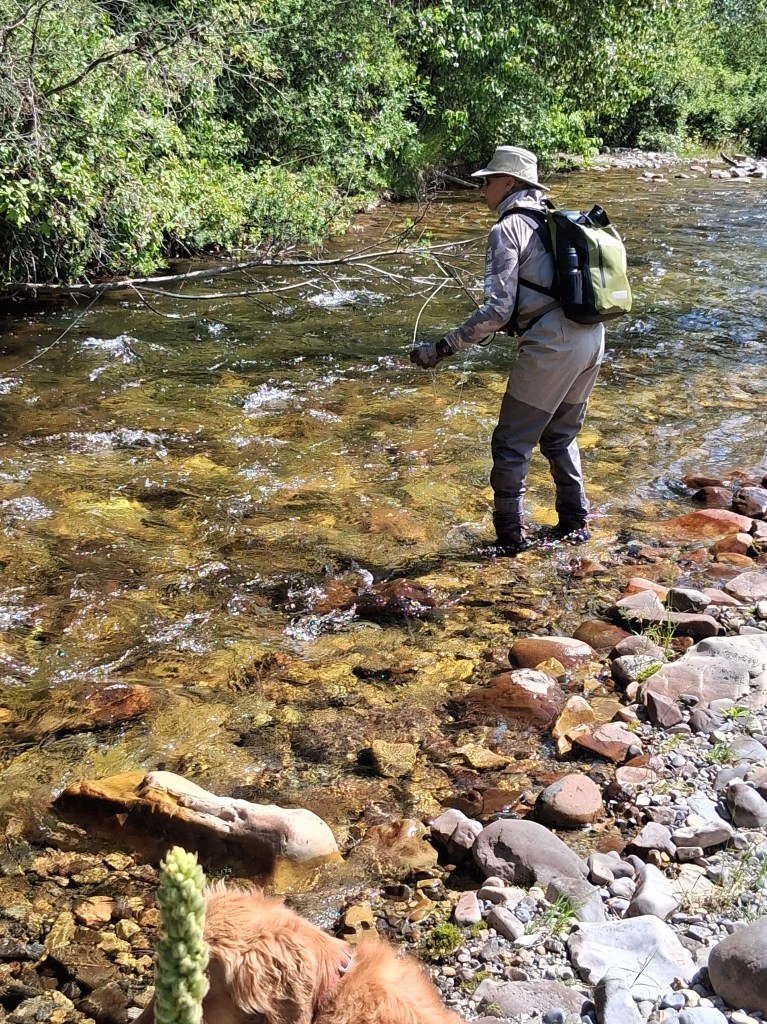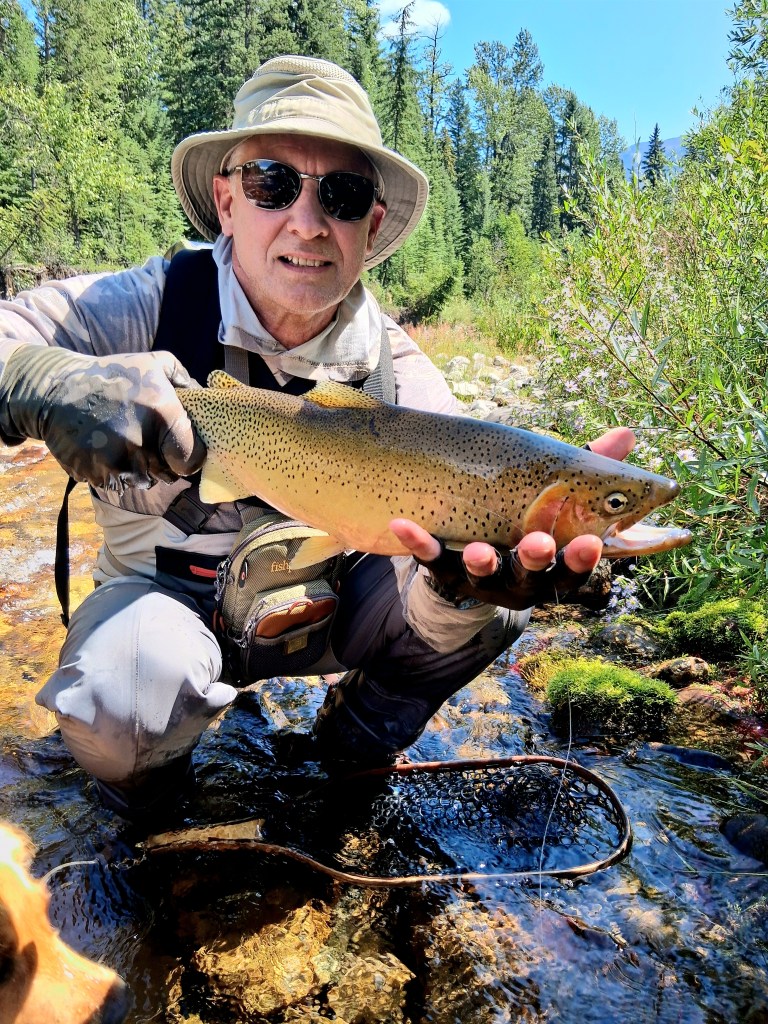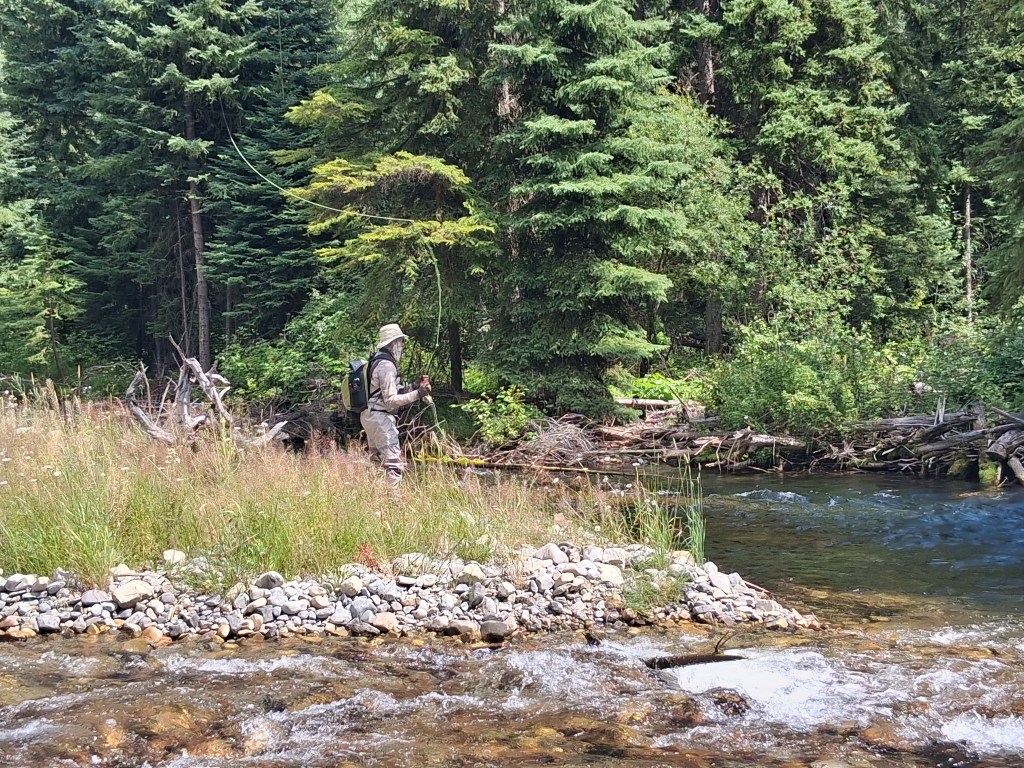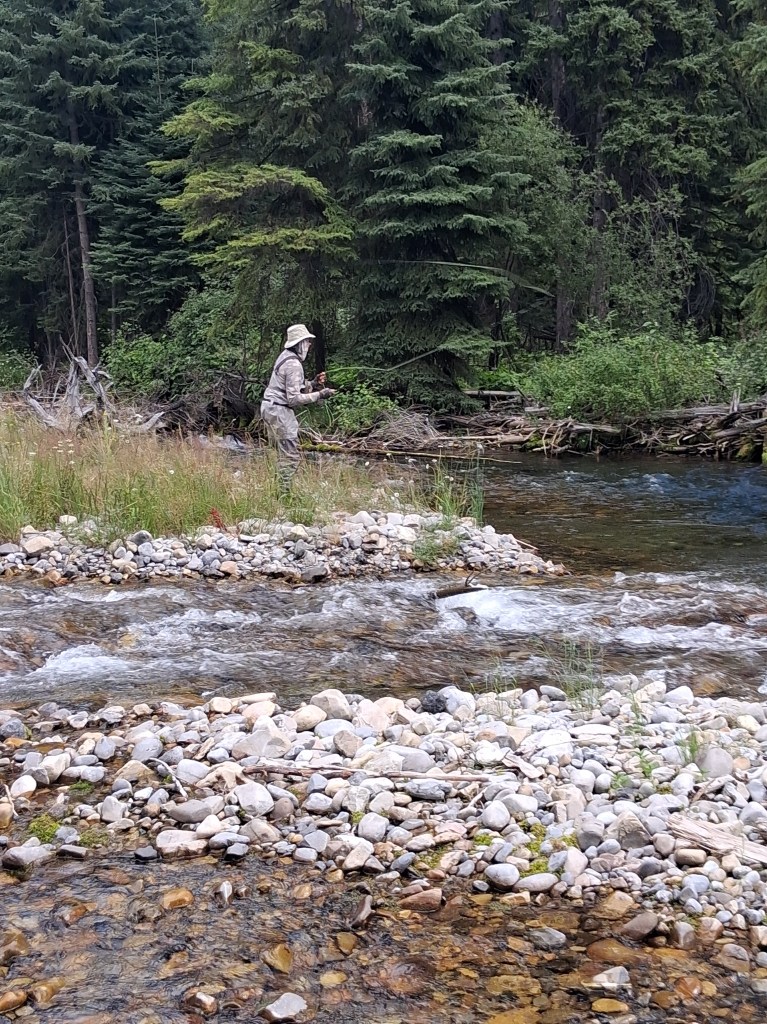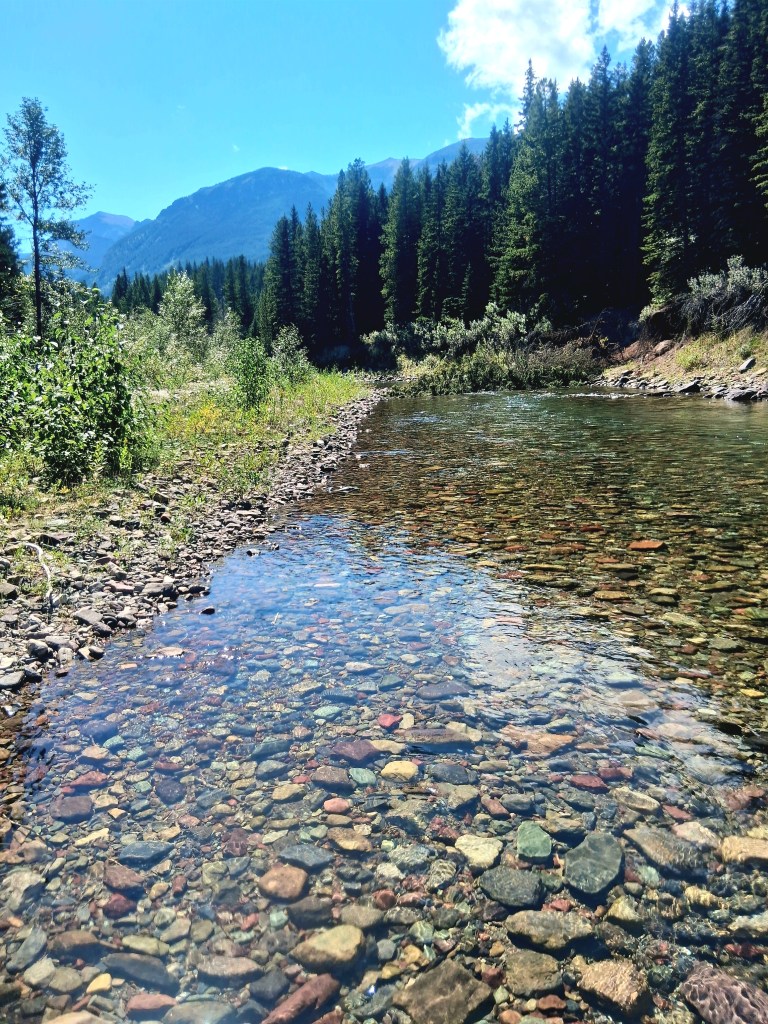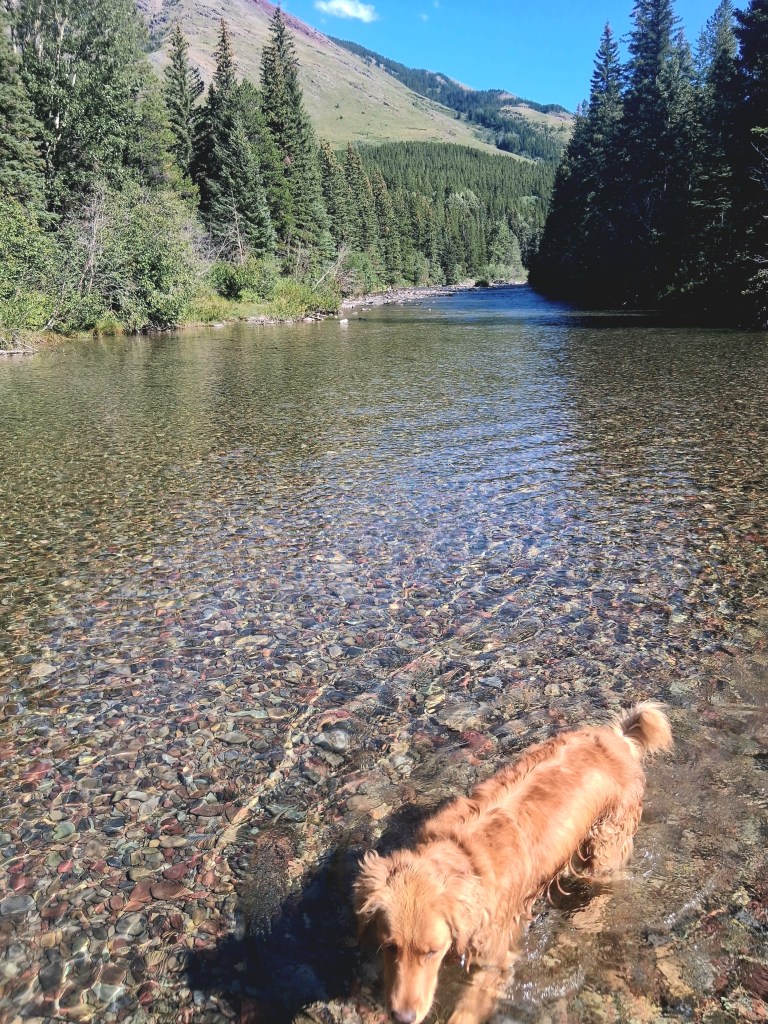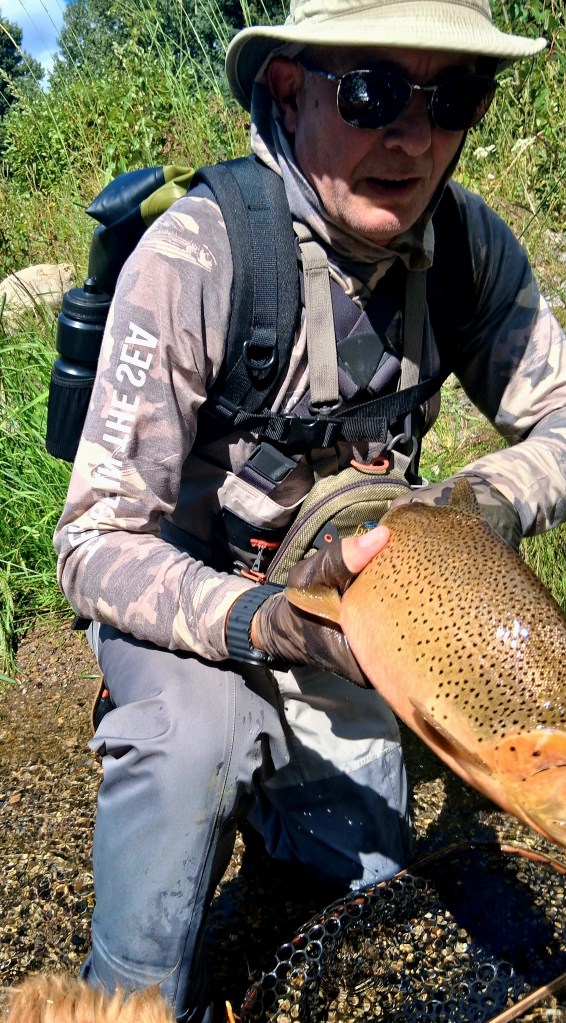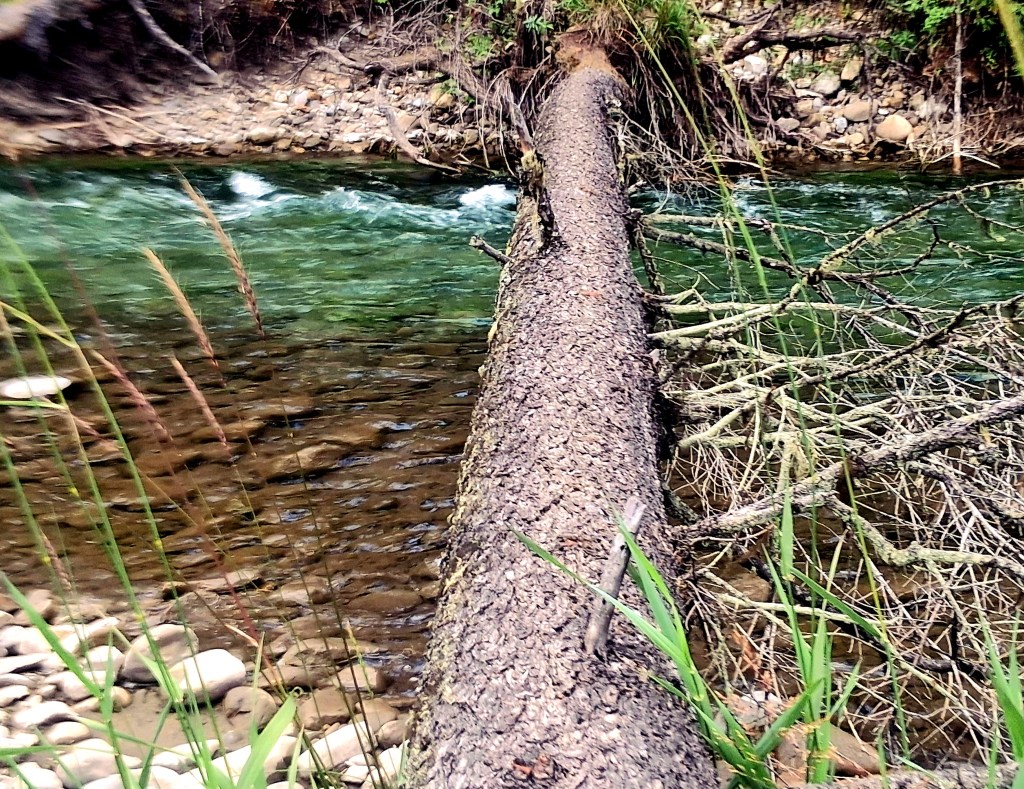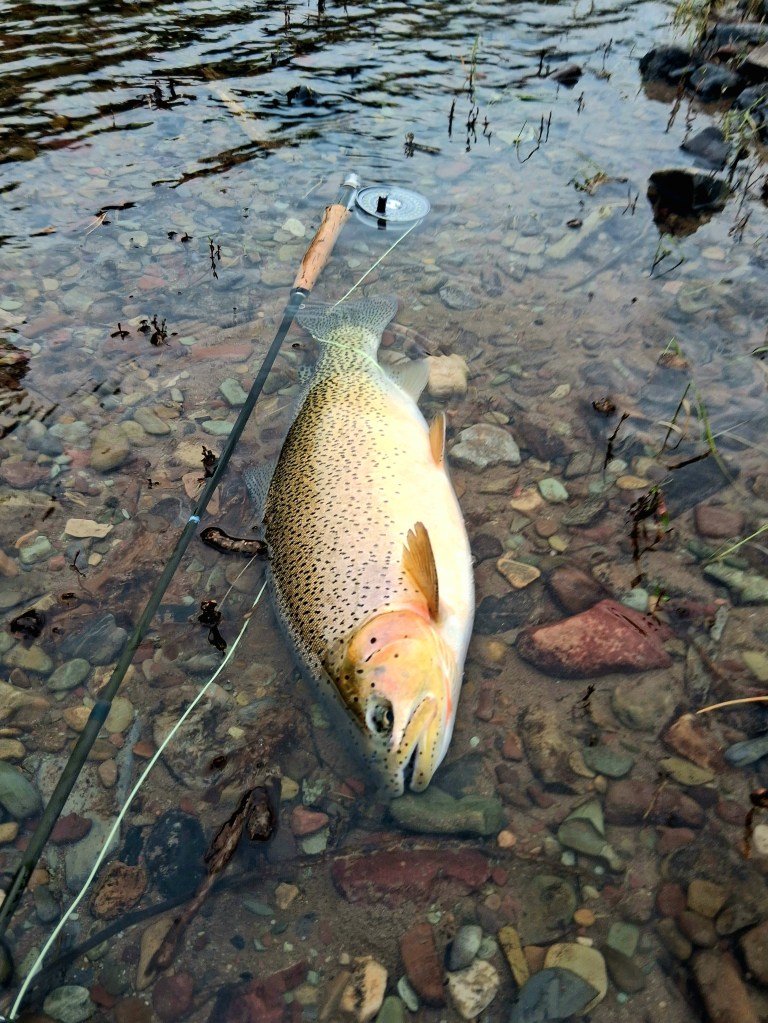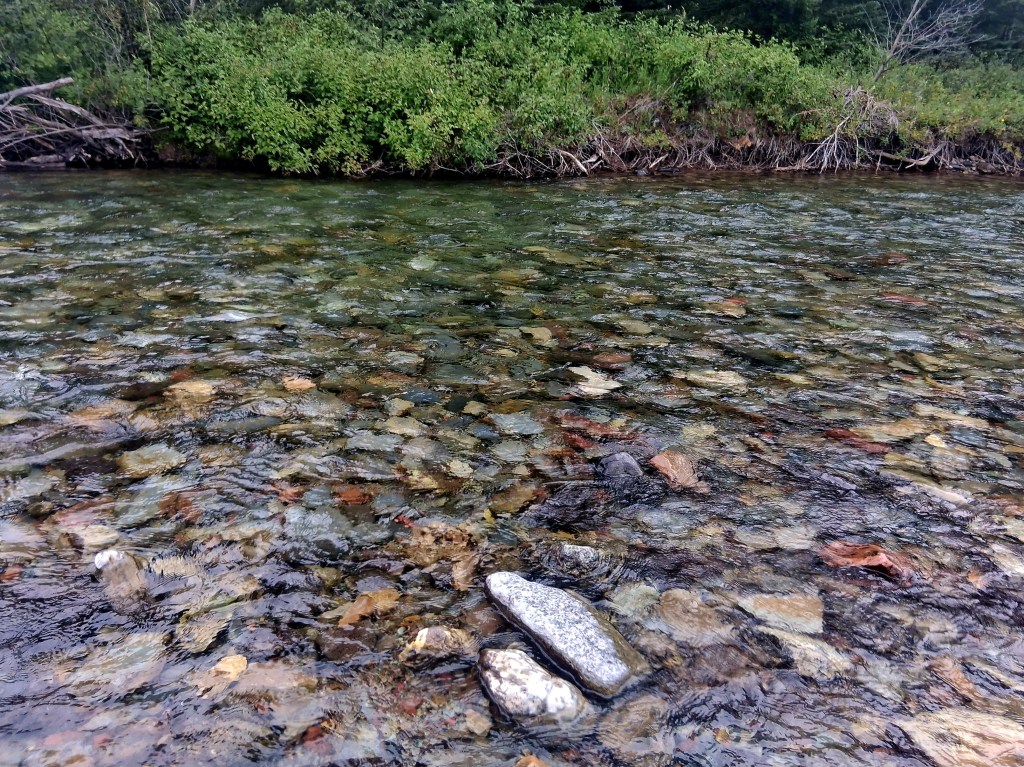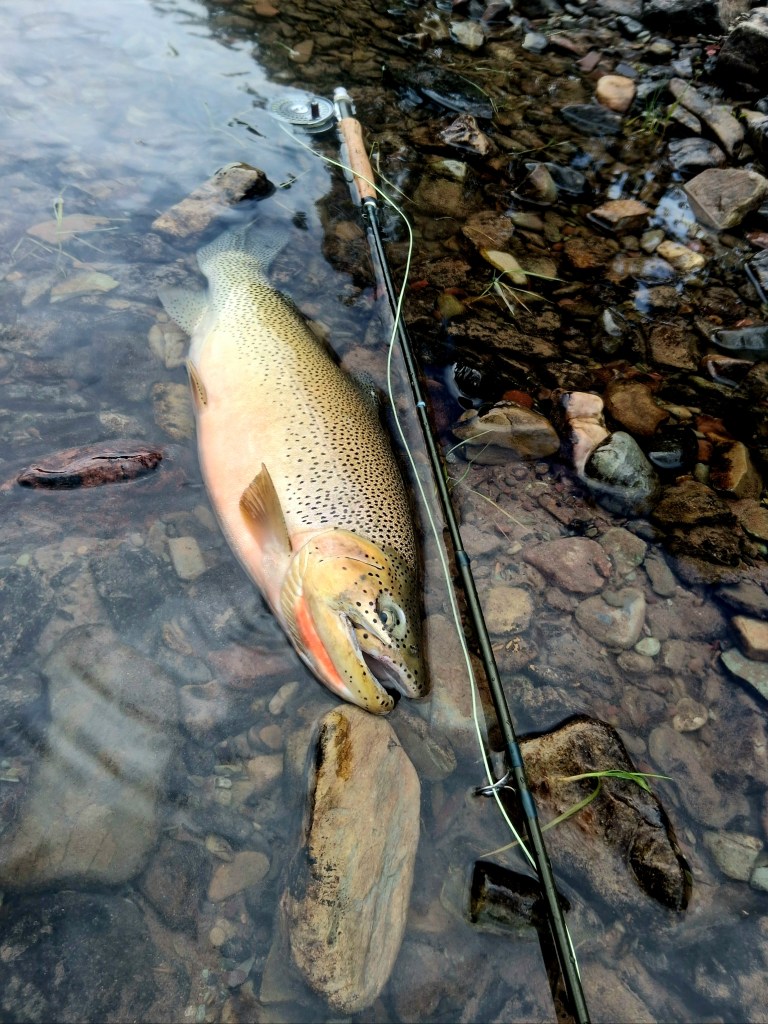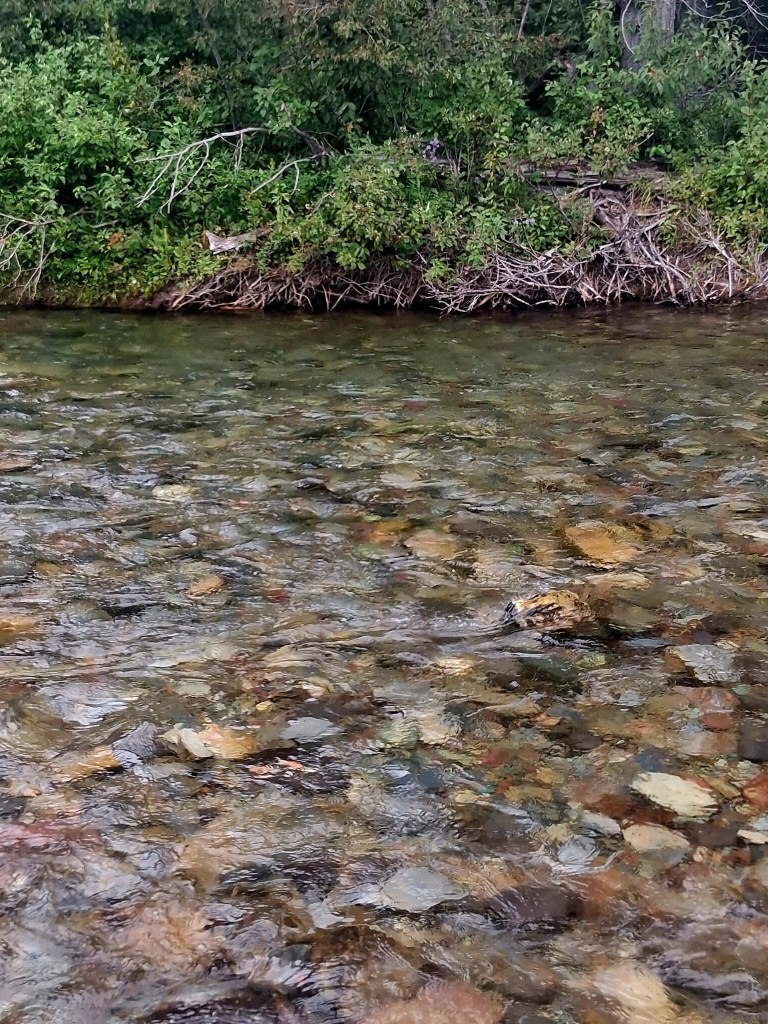Redfish flies. There are hundreds of shrimp, crab, and baitfish patterns out there. Not unlike the immense number and variety of trout flies. They come in all sizes, shapes and colors. There are many regional differences and preferences. There are different patterns for murky water vs clear. Fly design can also vary based on the type of bottom the Redfish are feeding on such as Oyster beds; thick dense grass; sparse shoal grass; mud; pothole areas; sand. And there are different head weights depending on the depth an angler will be fishing. Some patterns have rubber legs to create action, some realistic eyes, and so on…
On past trips to a Redfish destination I copied some of the fly patterns used in the region I was visiting. On my most recent trip, I had patterns that I have had some success with and confidence in.
Redfish generally aren’t know to be picky eaters… that is until they are. I’ve had many follow my moving fly until I had no more fly line to strip and was down to my leader. I’m sure clear water feeding fish are harder to dupe than fish in cloudy, muddy water; same with calm vs choppy water; light conditions can be a factor such as the quality of the light (brightness) or the angle of the Sun’s rays; food presence or lack of can influence their feeding behavior; as does Tide phase and water temperature, which can change quickly in the ultra shallow bay that I fish; competition from other Redfish (those searching and feeding in schools vs solitary fish) influence feeding; as well as innumerable other factors that I’m simply not aware of. It’s all part of Nature’s mystery. And it’s the mystery that keeps you coming back.
On rare calm mornings in the super transparent shallows slow moving Redfish and stationary feeders (head down) often wouldn’t eat my larger flies or bulky ones. Small and sparse flies seemed best along with soft landings and careful wading. Some of those fish seemed focused on small crabs.
When I had to deal with high wind on the flats (most days) I found patterns tied with silly legs often got fouled on the hook. On those days I clipped the legs off. Shrimp eyes that I made with melted monofilament and that protruded slightly from the shrimp body and hook bend, often picked up shoal grass filaments/ blades dislodged from the shallows by fierce wind even though most flies that I tied had preventative weed guards. So I nipped the eyes off too. A fly with a weed strand (s) hitch-hiking on it was always rejected.
So as the trip progressed I kept my tied shrimp patterns simple. Most of the fish I caught were on two similar flies (see photo): Both had a body of EP fibers, color tan, which in the water look translucent as advertised by the product maker ( EP: Enrico Puglisi Flies); a few strands of crystal flash were added; some Sharpie drawn bars on the side of the EP body; at the head of the fly behind the hook eye I dubbed in some golden retriever hair (endless supply from Harper) to match the EP body; then some light weight as I was fishing knee to thigh deep water such as small or medium bead chain, sometimes a large size in wind ruffled water. On a couple of flies I wrapped some hackle at the head (Seaducer style) of the fly to try and soften the landing in the shallows. I don’t know if it really made a difference but I caught some of my best Reds on it. Both are very easy, quick ties. Just what you want when you are on the road/ travelling.
